
×
×
The Director, |
||||||||||||||||||||||||||||
|
||||||||||||||||||||||||||||
 | ||||||||||||||||||||||||||||
|
||||||||||||||||||||||||||||
|
||||||||||||||||||||||||||||
 |
||||||||||||||||||||||||||||
|
||||||||||||||||||||||||||||

 |
|
 |
||||||||||||||||||||||||||||||||||||||||||||||||||||||||||||||||||||||

Still Life (1) Amrita Sher-Gil (1913 - 1941) | Acc. No. 11

Study of Model (2) Amrita Sher-Gil (1913 - 1941) | Acc. No. 18

Self Portrait (7) Amrita Sher-Gil (1913 - 1941) | Acc. No. 26

Young Man with Apples Amrita Sher-Gil (1913 - 1941) | Acc. No. 28

Young Girls Amrita Sher-Gil (1913 - 1941) | Acc. No. 29

Hungarian Village Market Amrita Sher-Gil (1913 - 1941) | Acc. No. 30

The Merry Cemetery Amrita Sher-Gil (1913 - 1941) | Acc. No. 32

Professional Model Amrita Sher-Gil (1913 - 1941) | Acc. No. 48

Three Pujarins Jamini Roy (1887-1972) | Acc. No. 63

Christ with Cross Jamini Roy (1887-1972) | Acc. No. 65

Krishna and Balarama Jamini Roy (1887-1972) | Acc. No. 66

Bride's Toilet Amrita Sher-Gil (1913 - 1941) | Acc. No. 69

Brahmacharis Amrita Sher-Gil (1913 - 1941) | Acc. No. 70

Mother and Child Jamini Roy (1887-1972) | Acc. No. 71

Bengali Woman Jamini Roy (1887-1972) | Acc. No. 75

Gopini Jamini Roy (1887-1972) | Acc. No. 76

Offering to Krishna Jamini Roy (1887-1972) | Acc. No. 78

Black Horse Jamini Roy (1887-1972) | Acc. No. 79

Santhal Girl Jamini Roy (1887-1972) | Acc. No. 80

Notre Dame Amrita Sher-Gil (1913 - 1941) | Acc. No. 99

Self Portraits (9) Amrita Sher-Gil (1913 - 1941) | Acc. No. 101

Siesta Amrita Sher-Gil (1913 - 1941) | Acc. No. 102

Cat and Lobster Jamini Roy (1887-1972)| Acc. No. 107

Bride Amrita Sher-Gil (1913-1941) | Acc. No. 114

The Last Unfinished Painting Amrita Sher-Gil (1913-1941) | Acc. No. 115

The Swing Amrita Sher-Gil (1913-1941) | Acc. No. 117

Musicians Amrita Sher-Gil (1913 - 1941) | Acc. No. 123

Woman on Charpai Amrita Sher-Gil (1913-1941) | Acc. No. 129

Divine Flame S. L. Haldankar | Acc. No. 137

Dance Sailoz Mookherjee (1907 - 1960) | Acc. No. 143

Crucifixion Jamini Roy (1887-1972)| Acc. No. 157
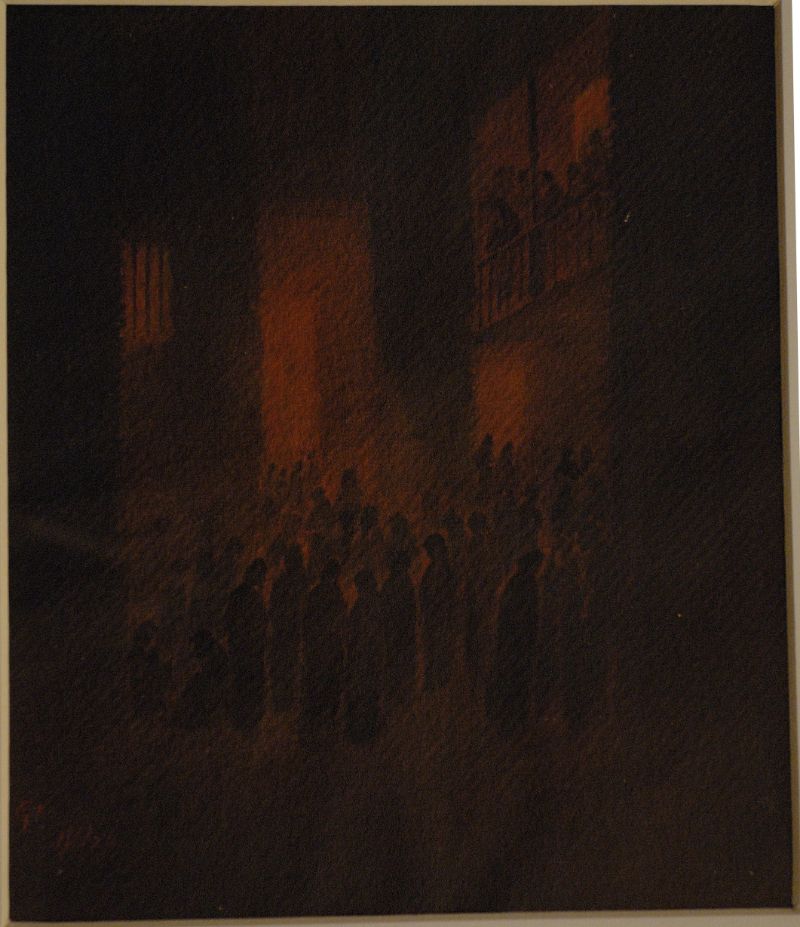
Temple Door Gaganendranath Tagore (1867-1938) | Acc. No. 969
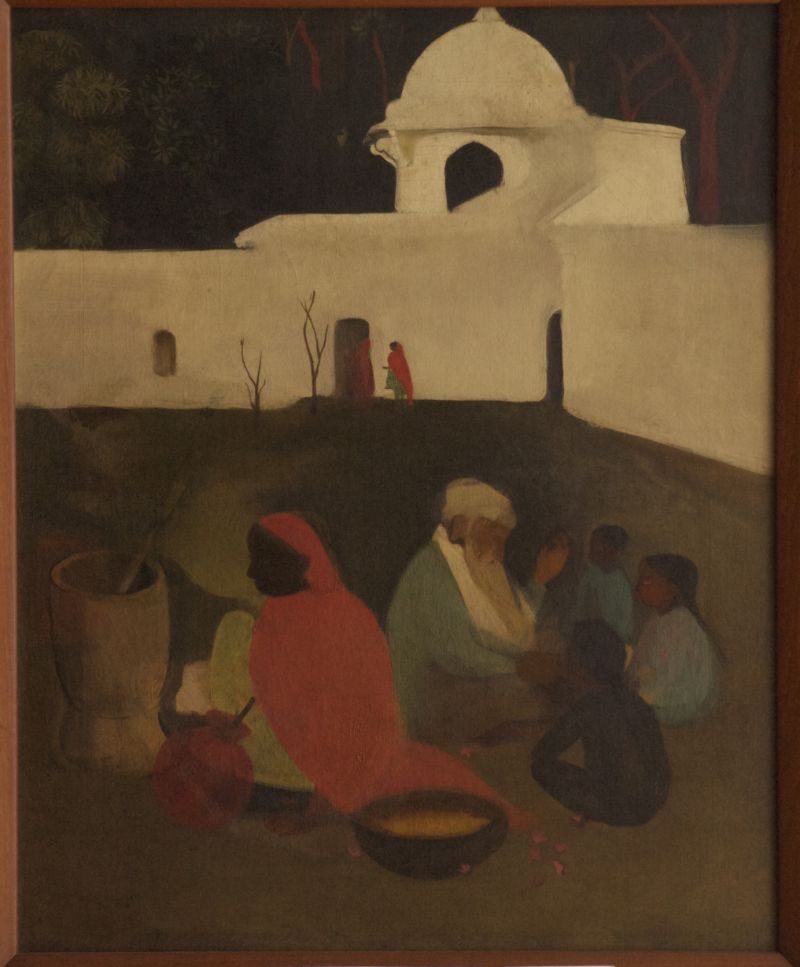
Ancient Story Teller Amrita Sher-Gil (1913-1941) | Acc. No. 977
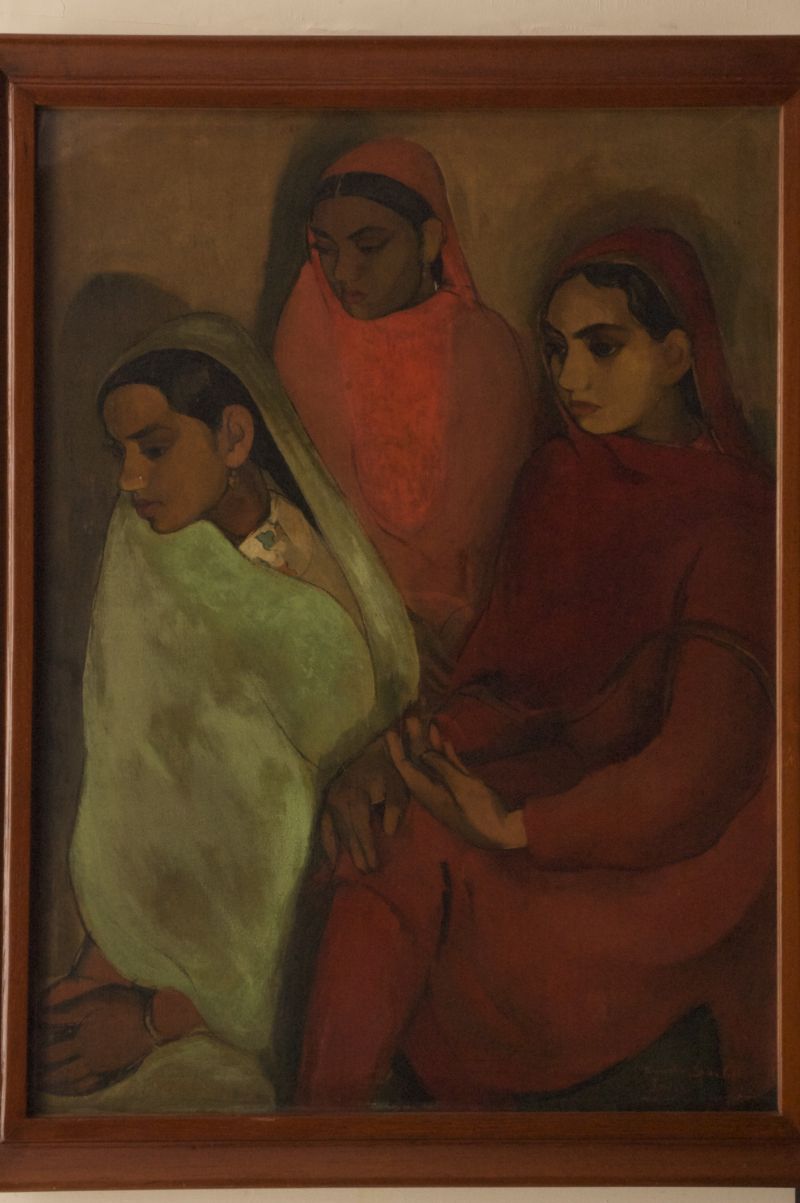
Group of Three Girls Amrita Sher-Gil (1913-1941) | Acc. No. 982
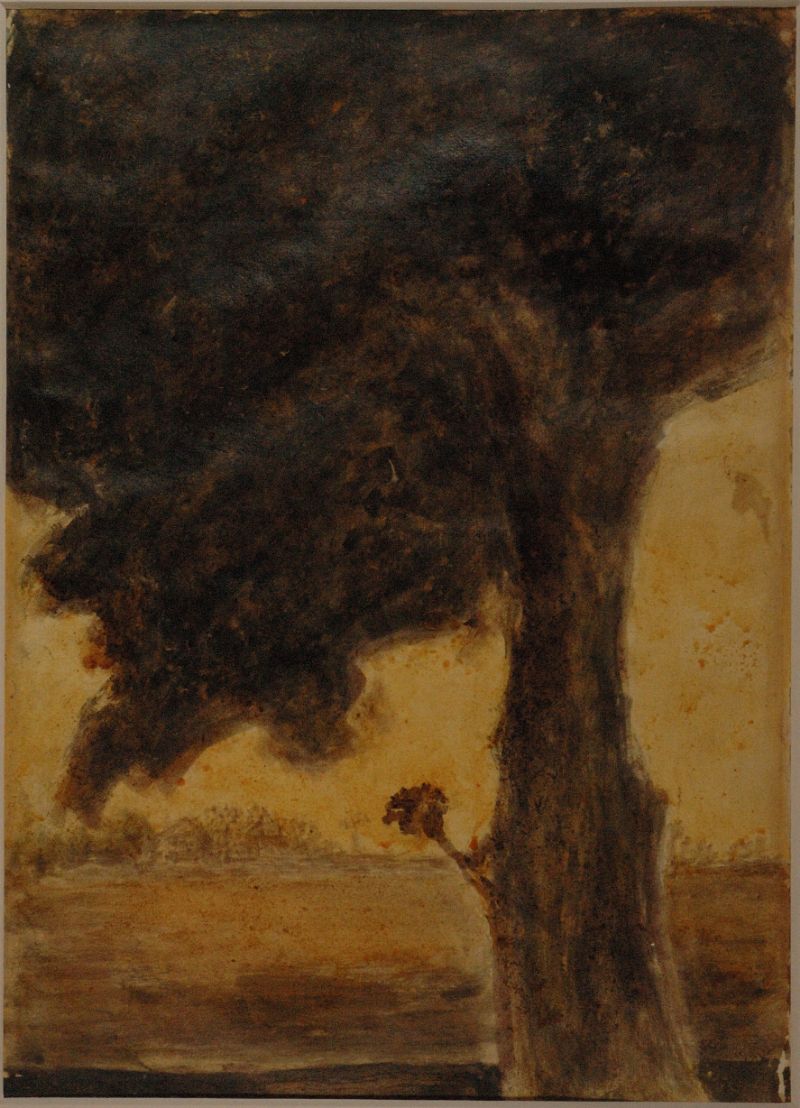
Landscape Rabindranath Tagore (1861-1941) | Acc. No. 985
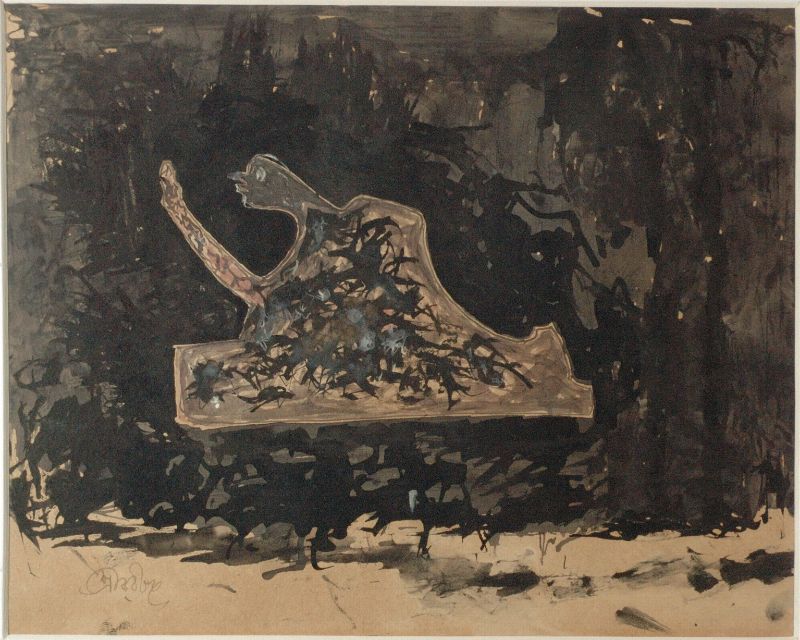
Human Figure Rabindranath Tagore (1861-1941) | Acc. No. 986
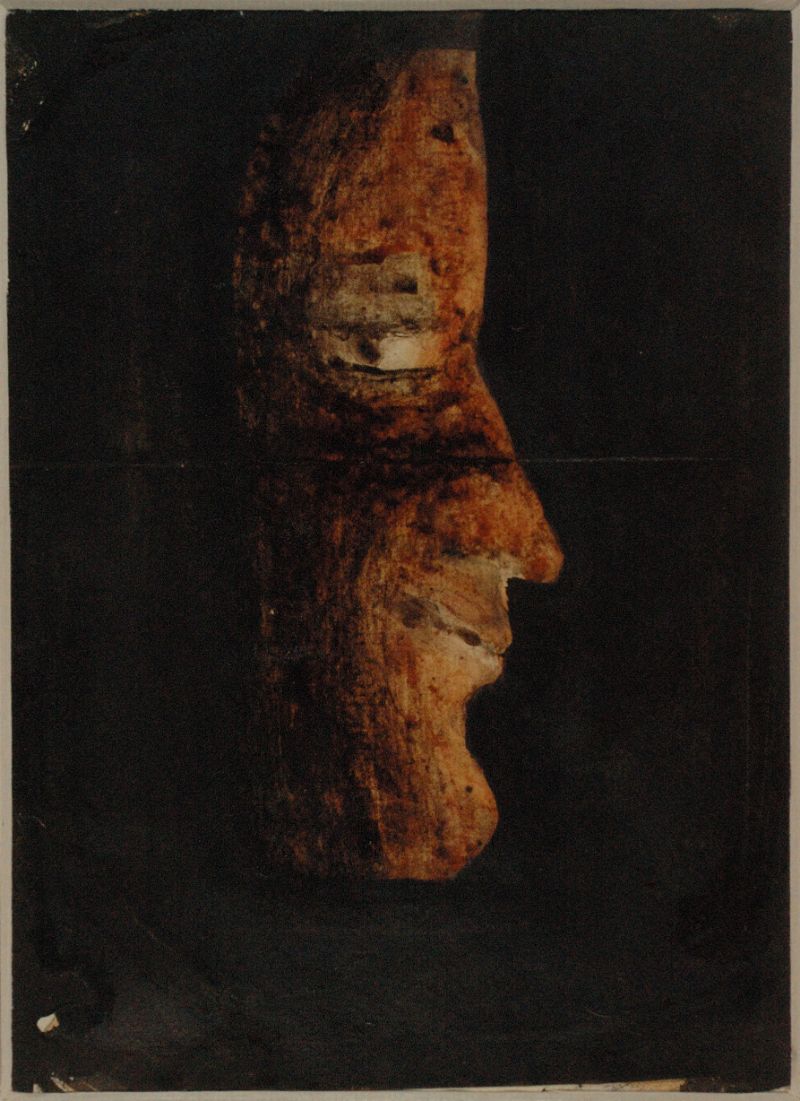
Head Study Rabindranath Tagore (1861-1941) | Acc. No. 989
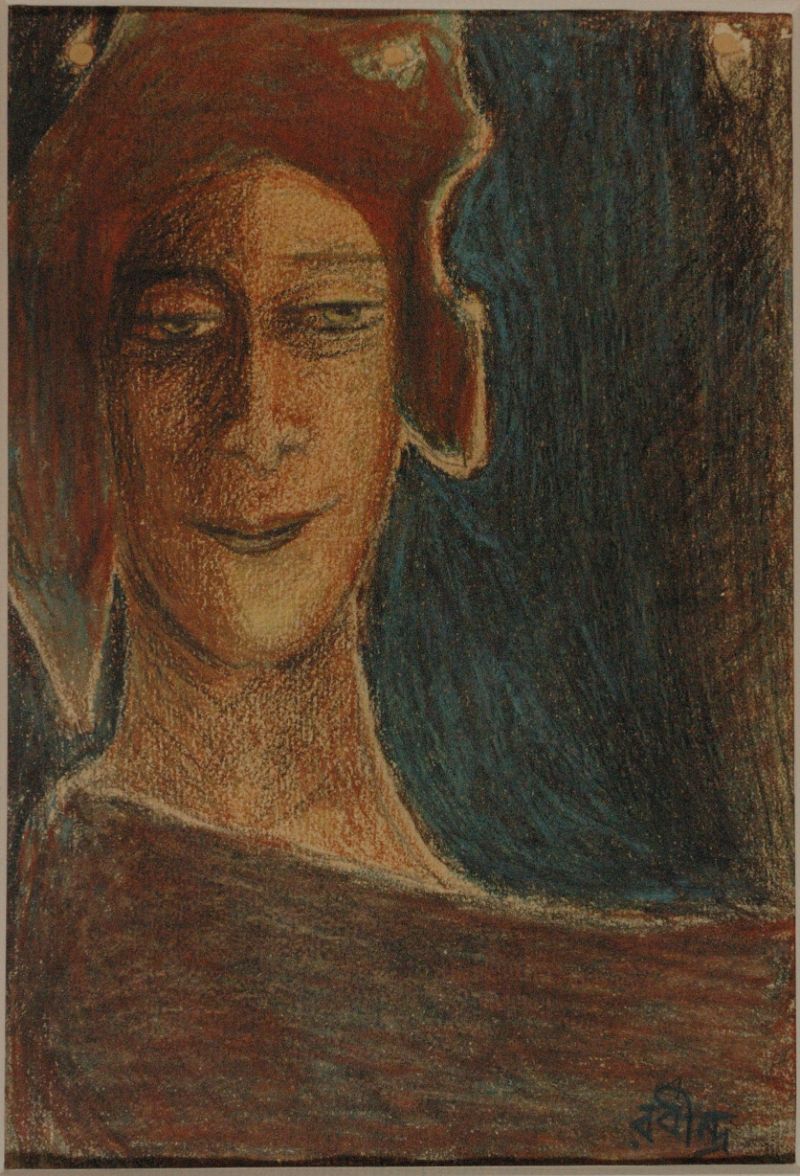
Head Study Rabindranath Tagore (1861-1941) | Acc. No. 992
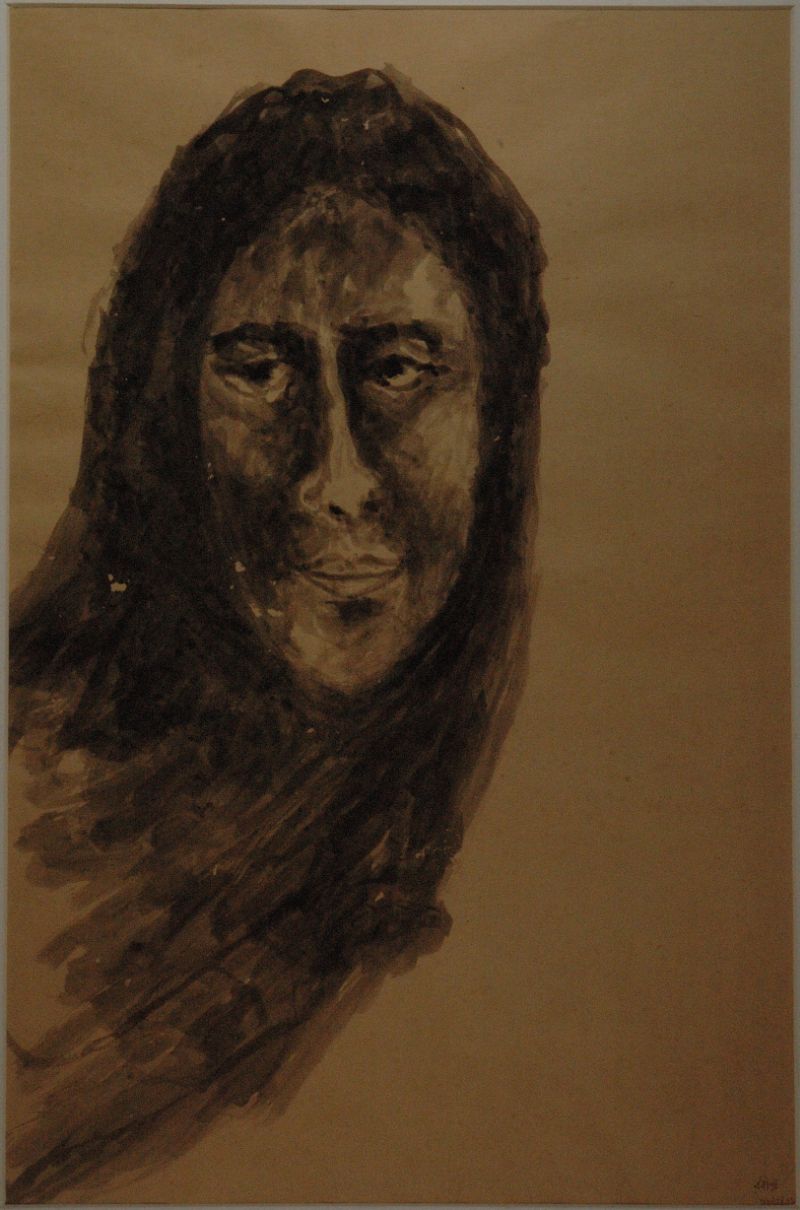
Head Study Rabindranath Tagore (1861-1941) | Acc. No. 995
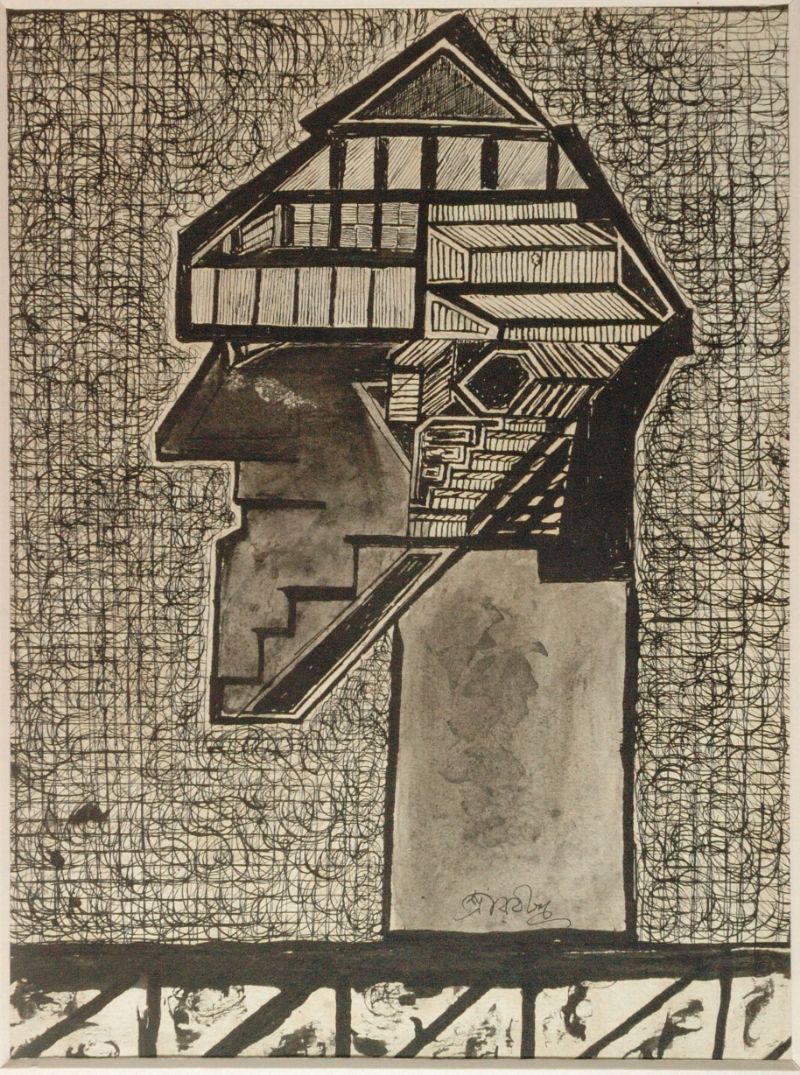
Head Study (Geometric) Rabindranath Tagore (1861-1941) | Acc. No. 1000
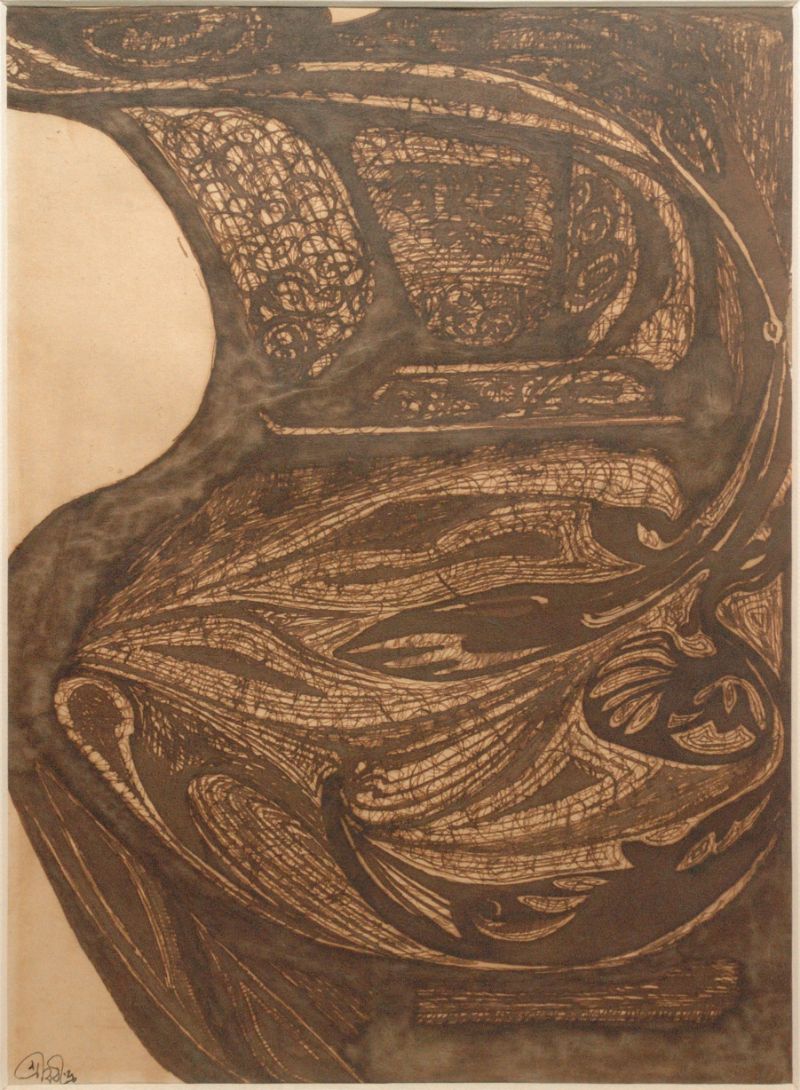
Vase Rabindranath Tagore (1861-1941) | Acc. No. 1001
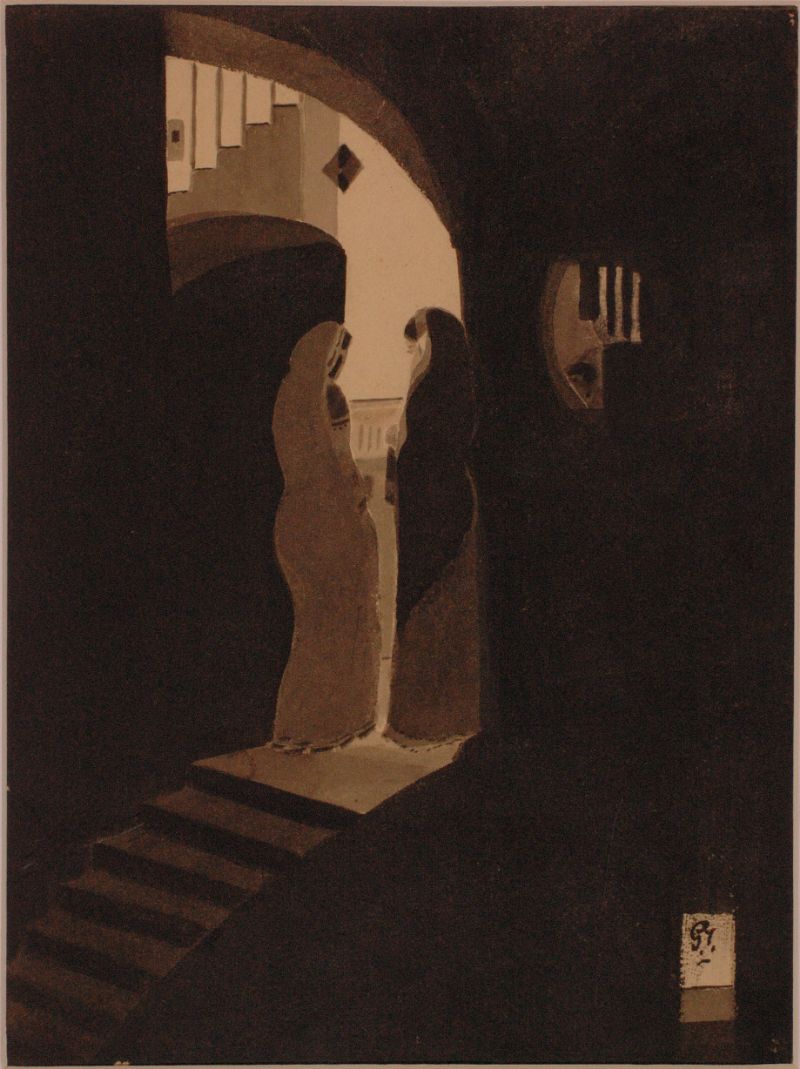
Meeting at the Staircase Gaganendranath Tagore (1867-1938) | Acc. No. 1002

Angling Hours Haren Das (1921-1993) | Acc. No. 1125
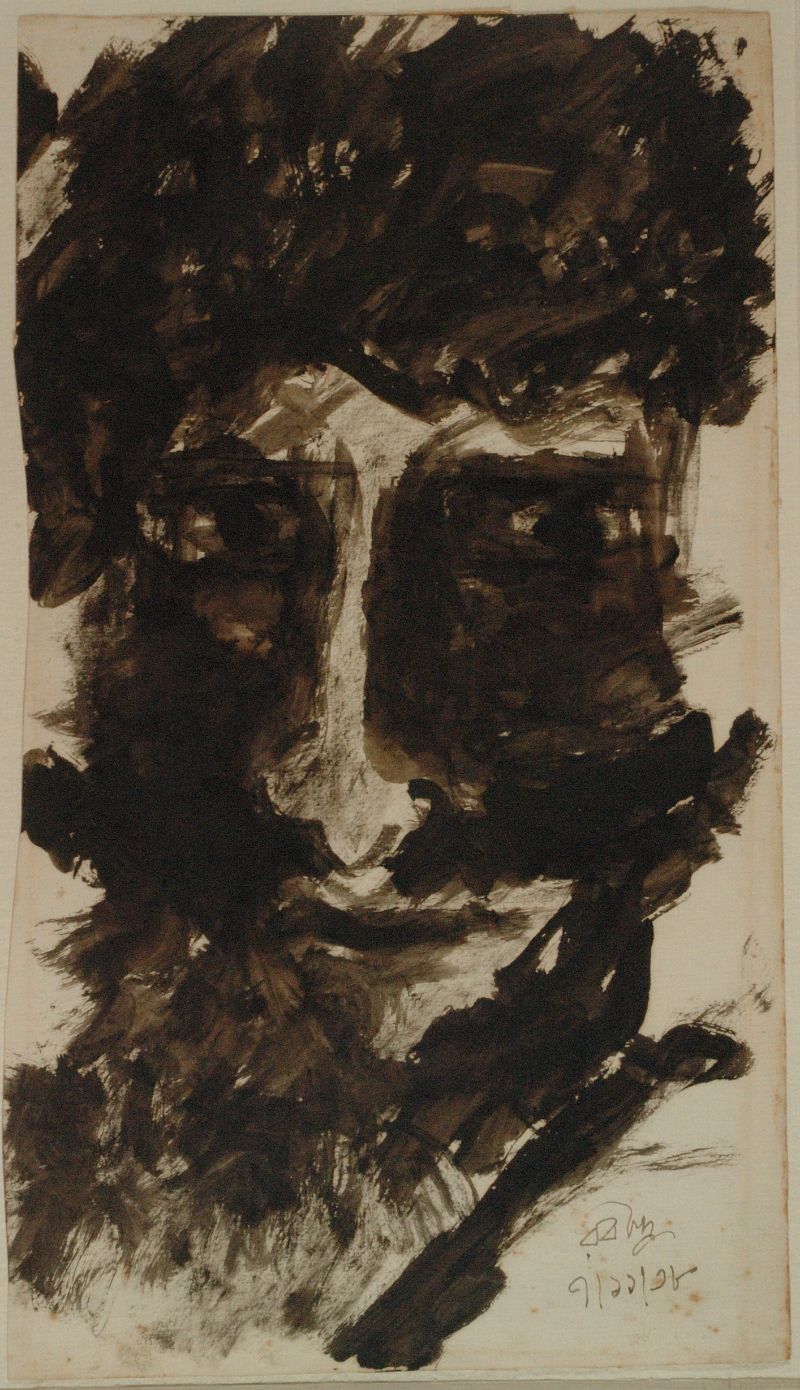
Head study Rabindranath Tagore (1861-1941) | Acc. No. 1220
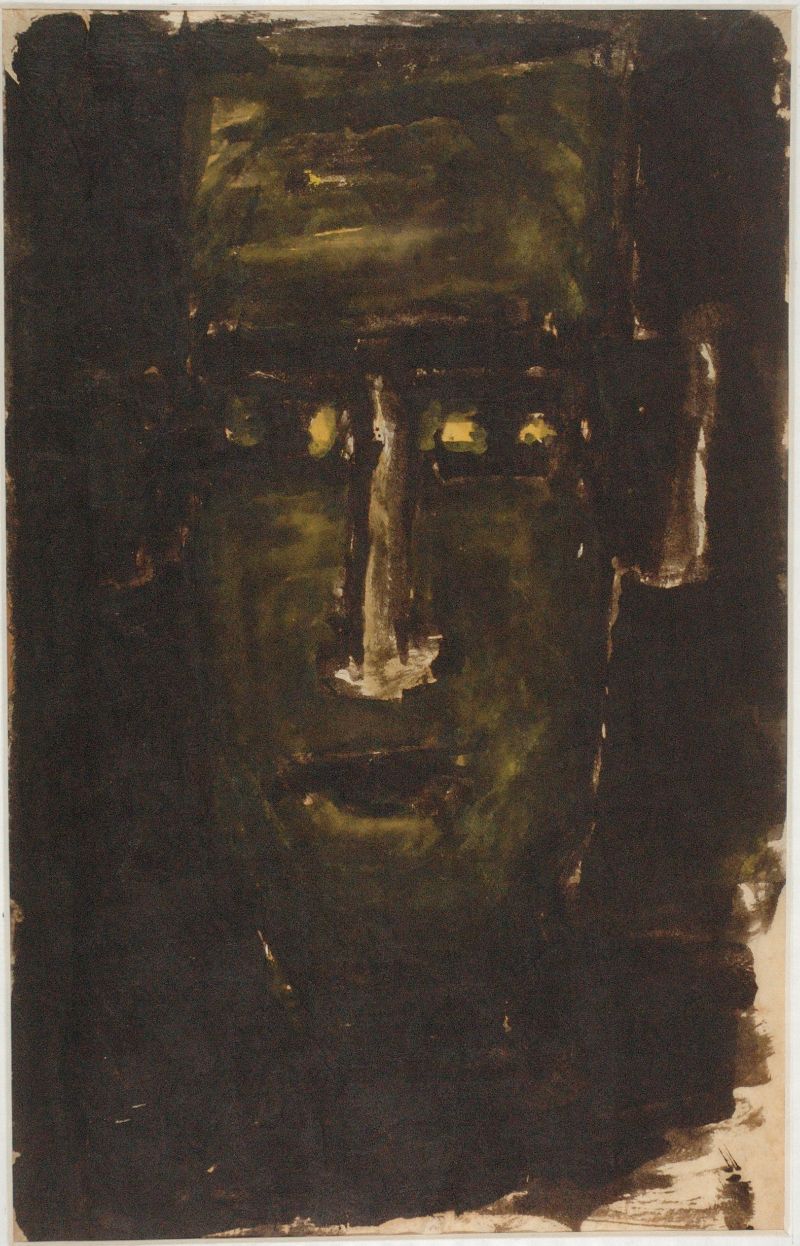
Head study Rabindranath Tagore (1861-1941) | Acc. No. 1222
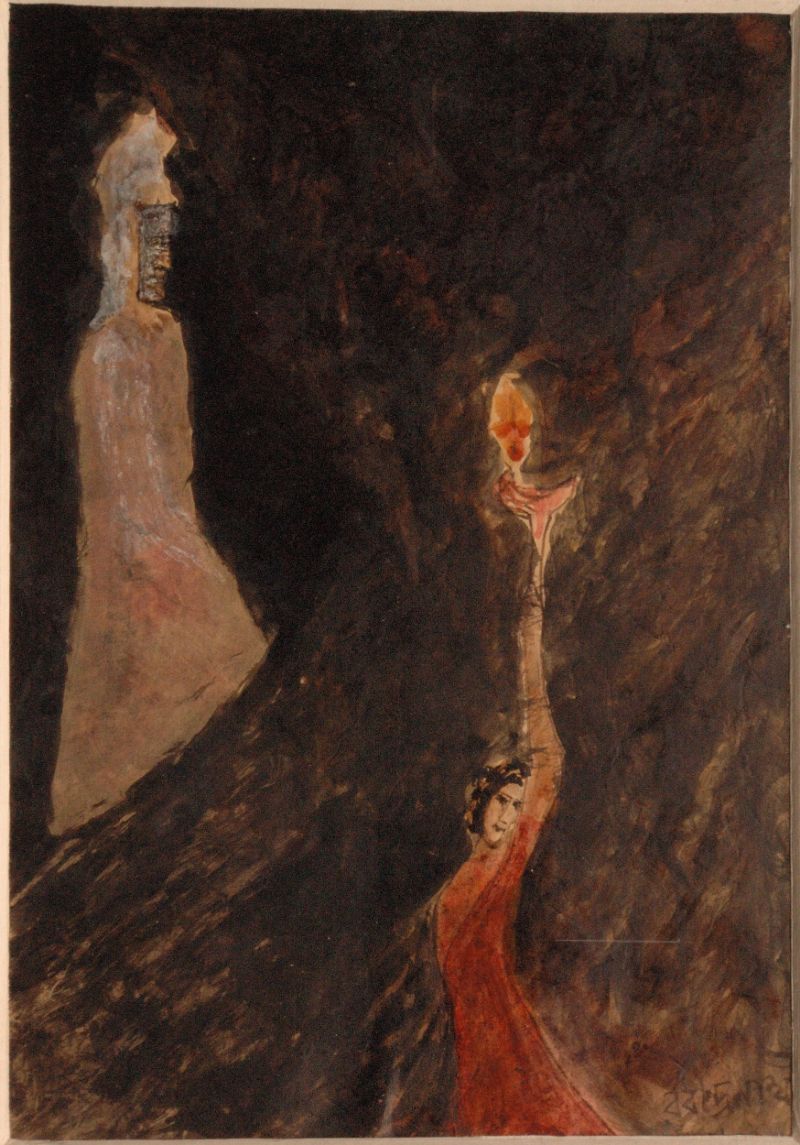
Two Figures Rabindranath Tagore (1861-1941) | Acc. No. 1232
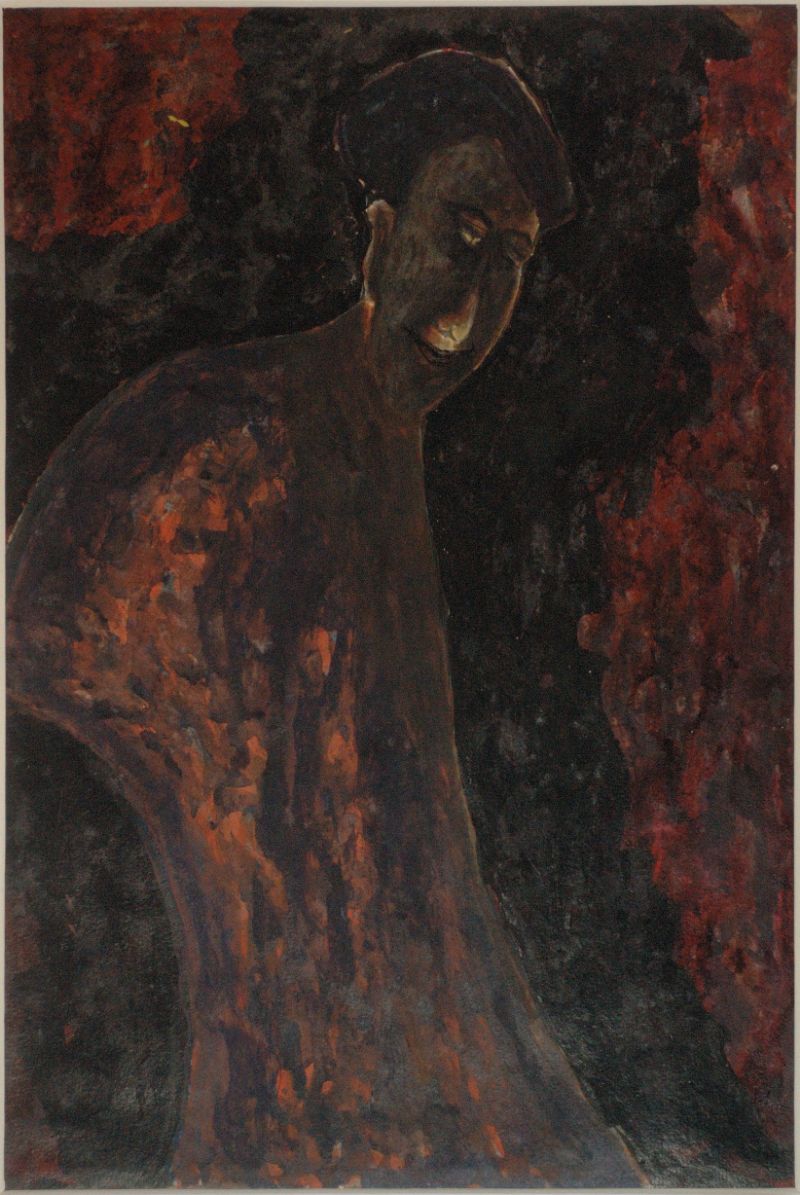
Face Rabindranath Tagore (1861-1941) | Acc. No. 1235
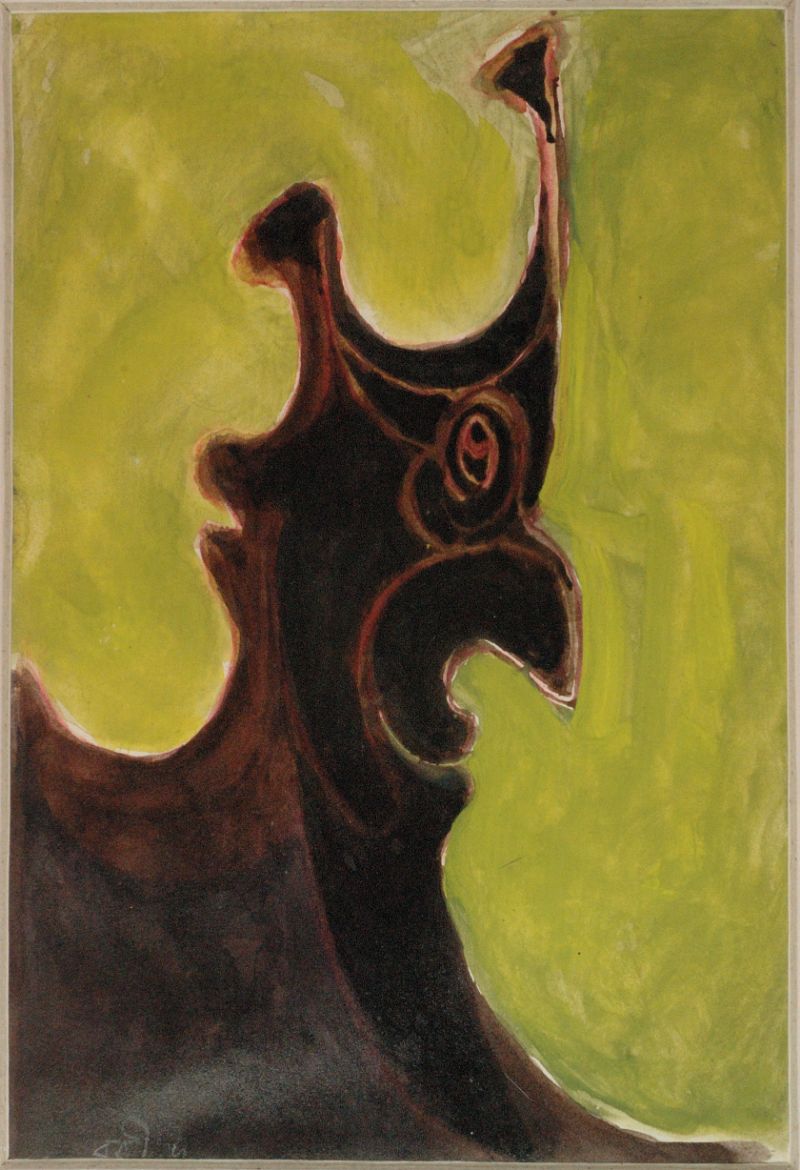
Fantastic Figure Rabindranath Tagore (1861-1941) | Acc. No. 1238
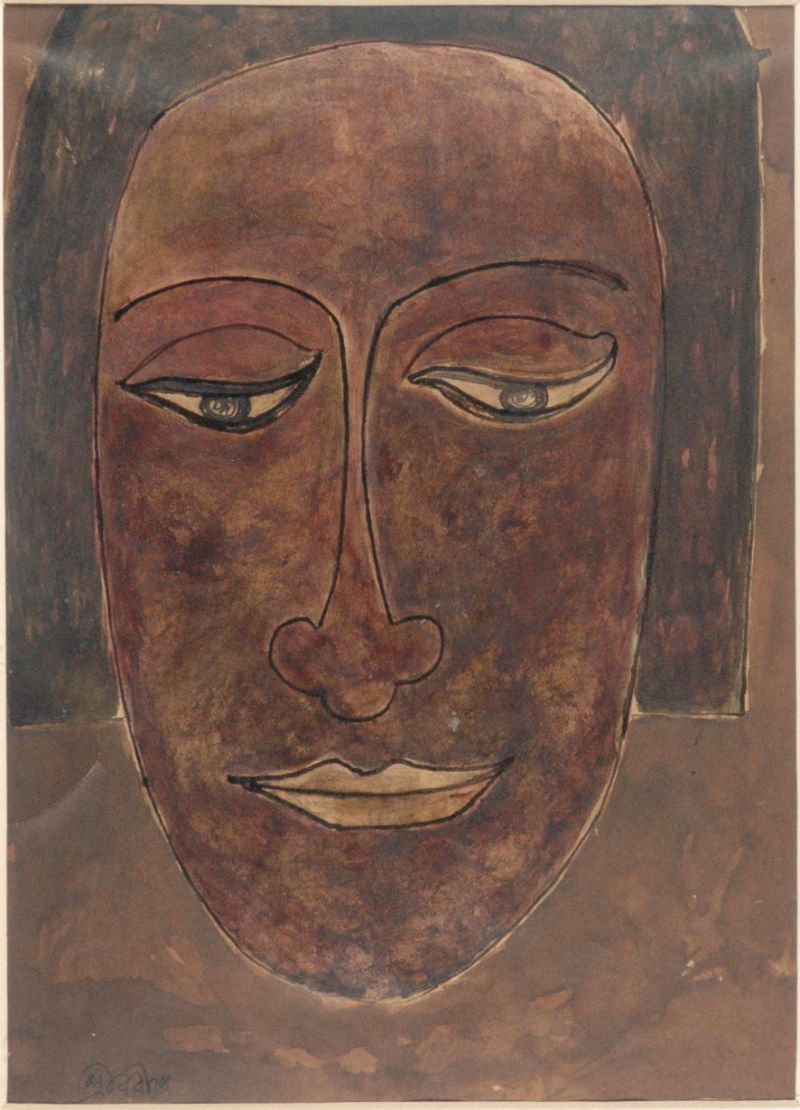
Study in Face Rabindranath Tagore (1861-1941) | Acc. No. 1243

Figure Realistic Rabindranath Tagore (1861-1941) | Acc. No. 1245
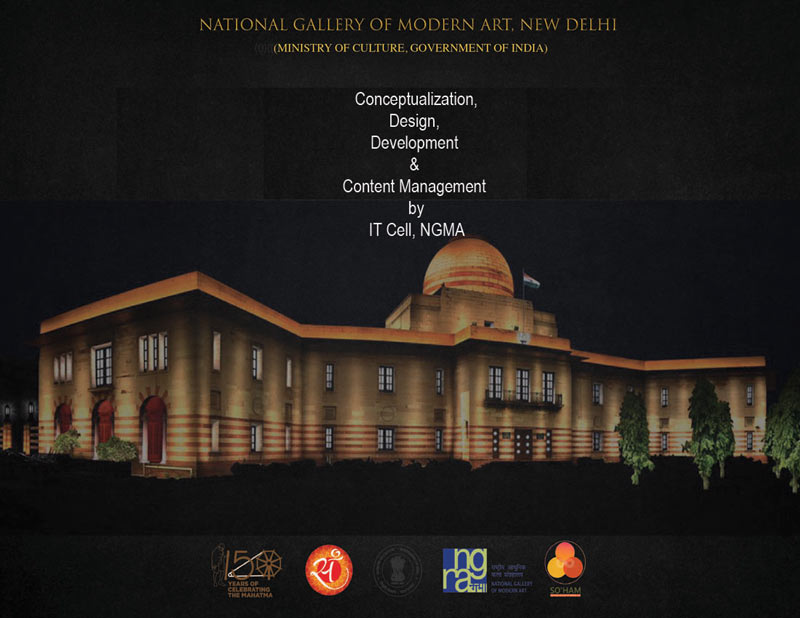

Hiraman Tota Mohammed Abdur Rahman Chughtai (1897-1975) | Acc. No. 55

On the Look OutAsit Kumar Haldar (1890-1964) | Acc. No. 68

Yaksha's WifeKshitindranath Majumdar ( 1891 - 1975) | Acc. No. 324

Emperor's March to KashmirAbanindranath Tagore (1871 - 1951) | Acc. No. 338
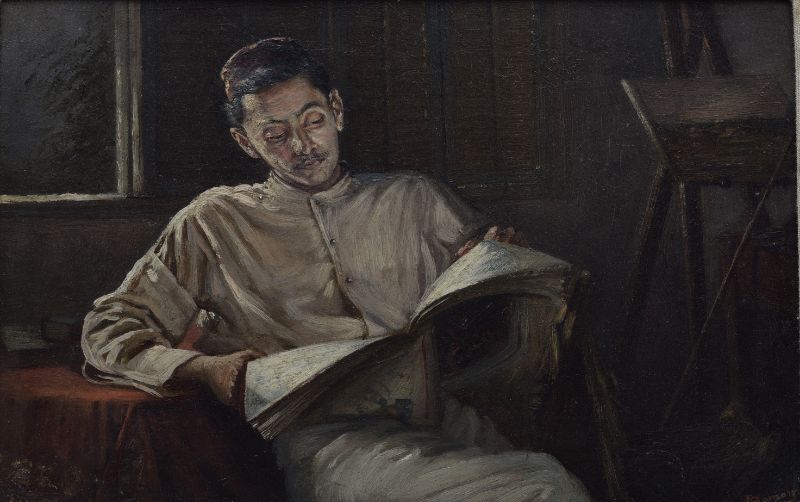
At RestBomonjee Pestonjee Eruchshaw | Acc. No. 804 | Oil on Canvas
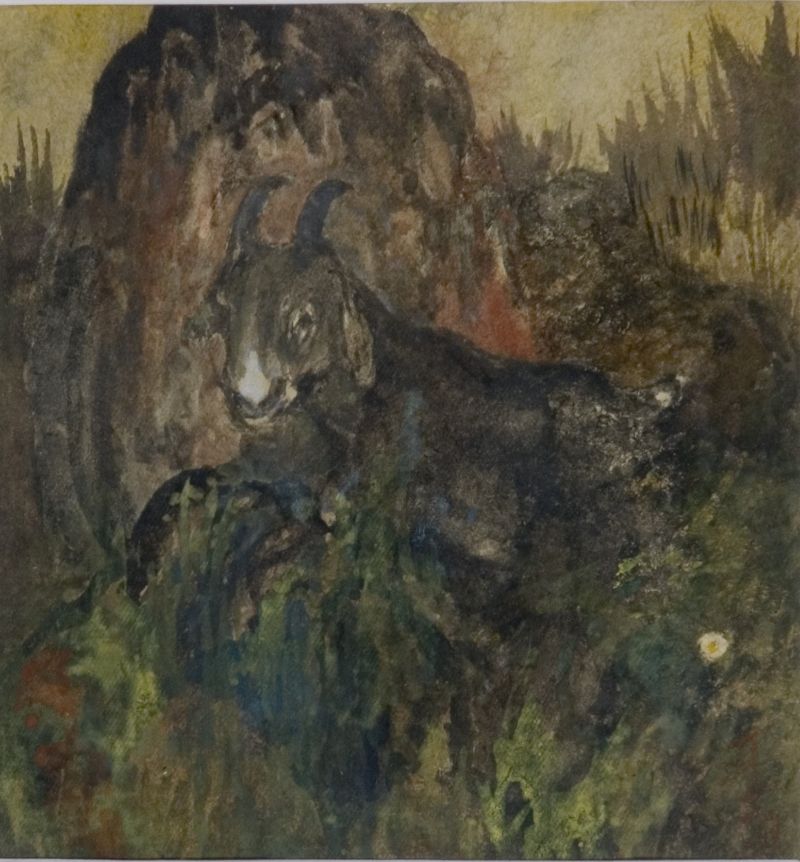
ChagolAbanindranath Tagore (1871 - 1951) | Acc. No. 1164
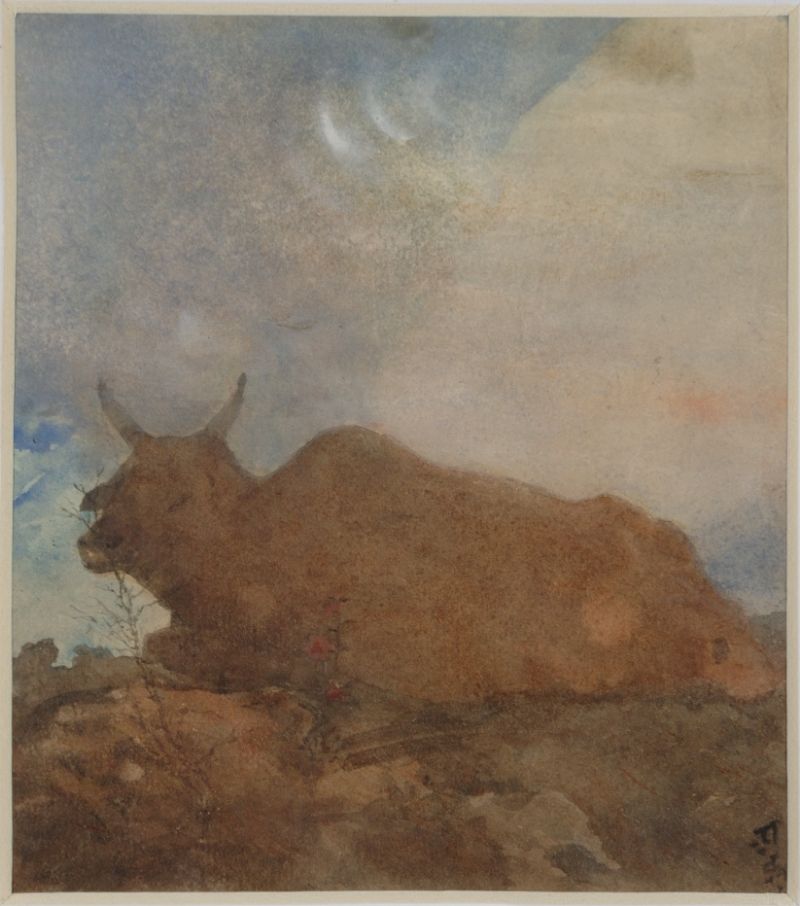
Dreaming of KailashAbanindranath Tagore (1871 - 1951) | Acc. No. 1181
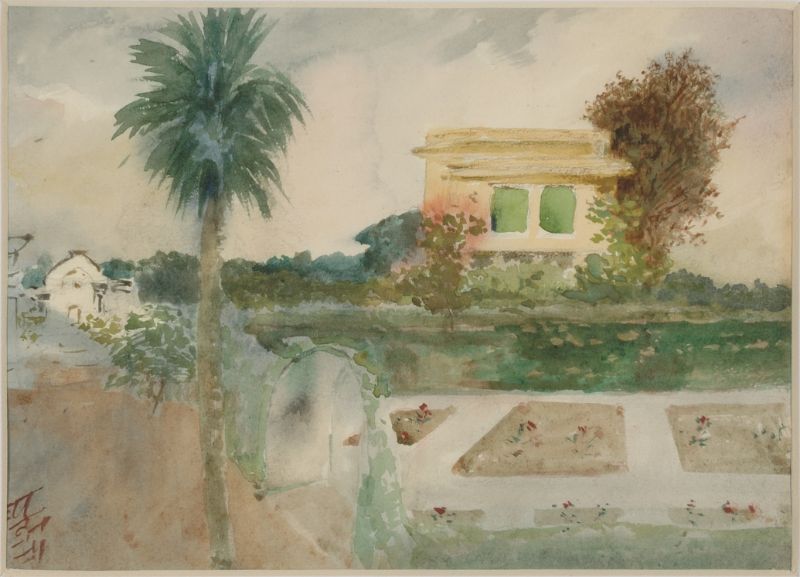
Uttarayan GardenAbanindranath Tagore (1871 - 1951) | Acc. No. 1194
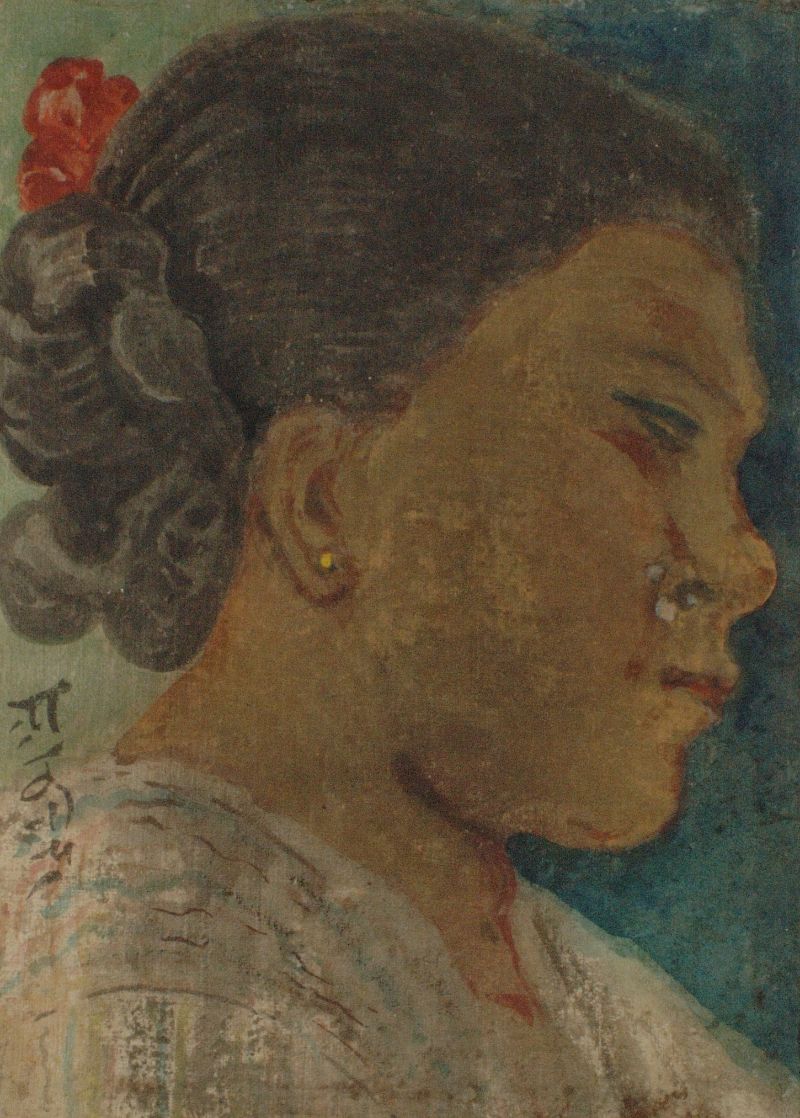
Santal GirlAbanindranath Tagore | Acc. No. 1213 | Tempera Painting
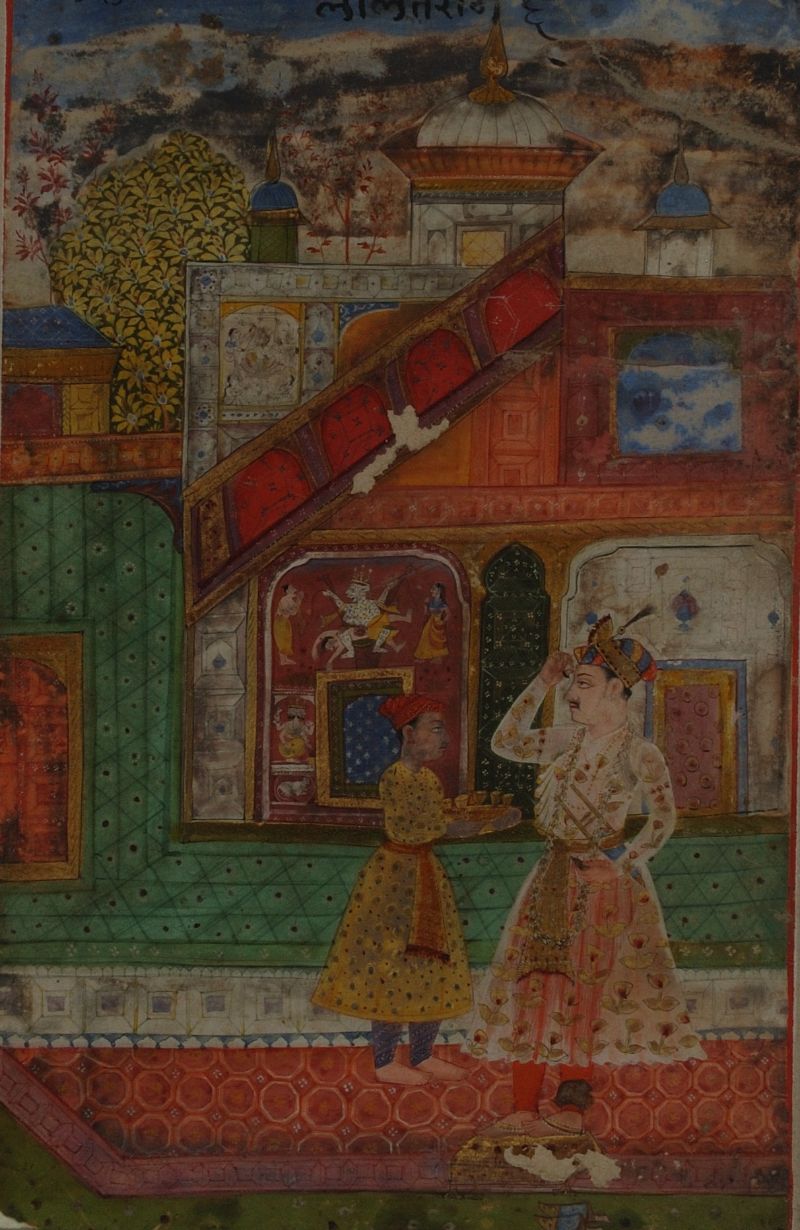
Raga LalitaRajput School | Acc. No. 1326 | Tempera Painting
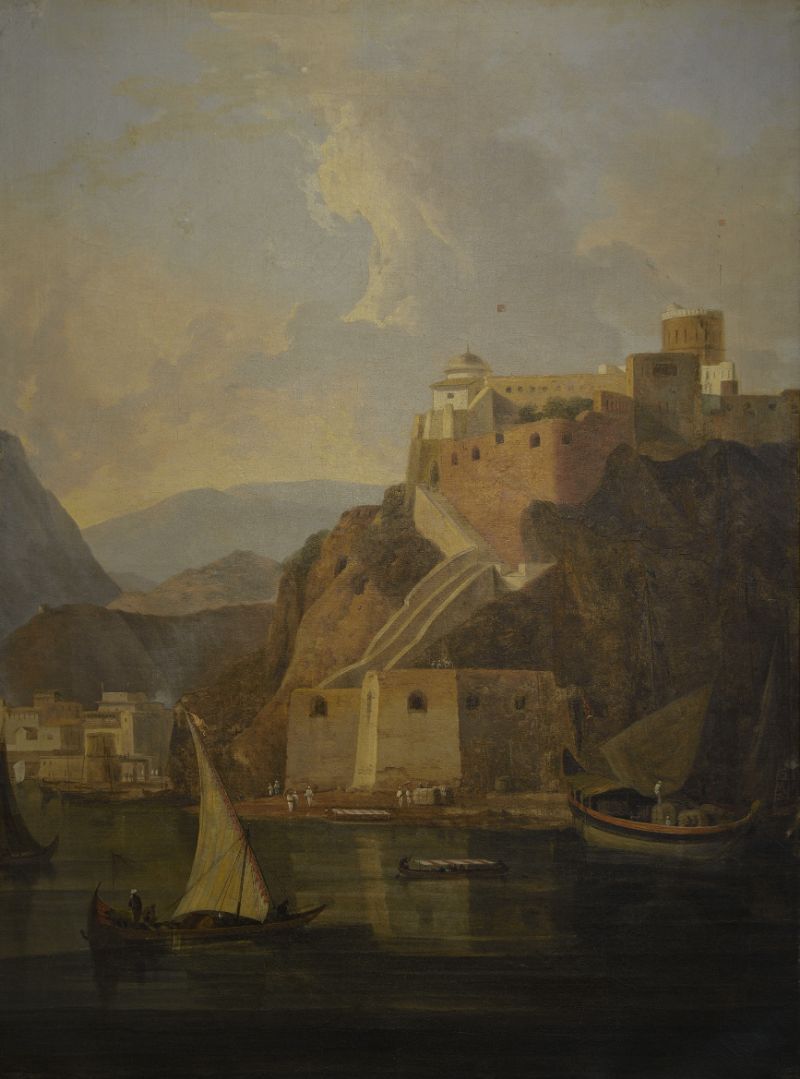
View Of Fort Mirani At Muscat Sultanate Of OmanThomas Daniell | Acc. No. 1385
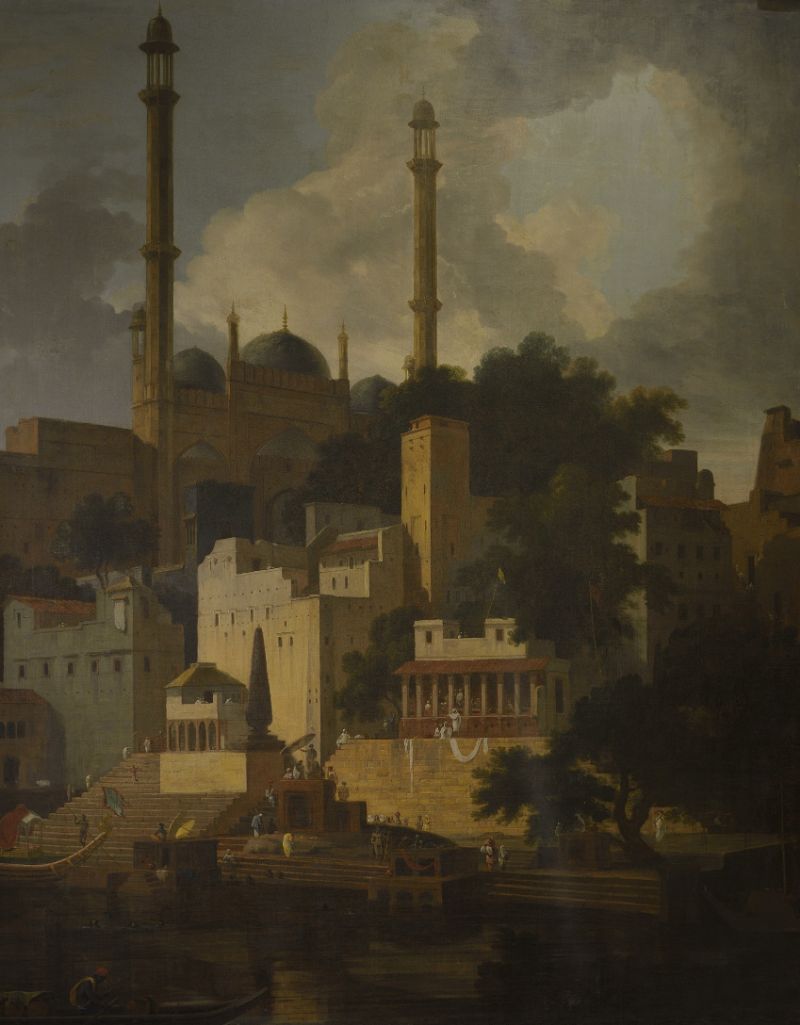
Banaras: Aurangzeb's Mosque and Benimadhava GhatThomas Daniell (1749-1840) | Acc. No. 1387
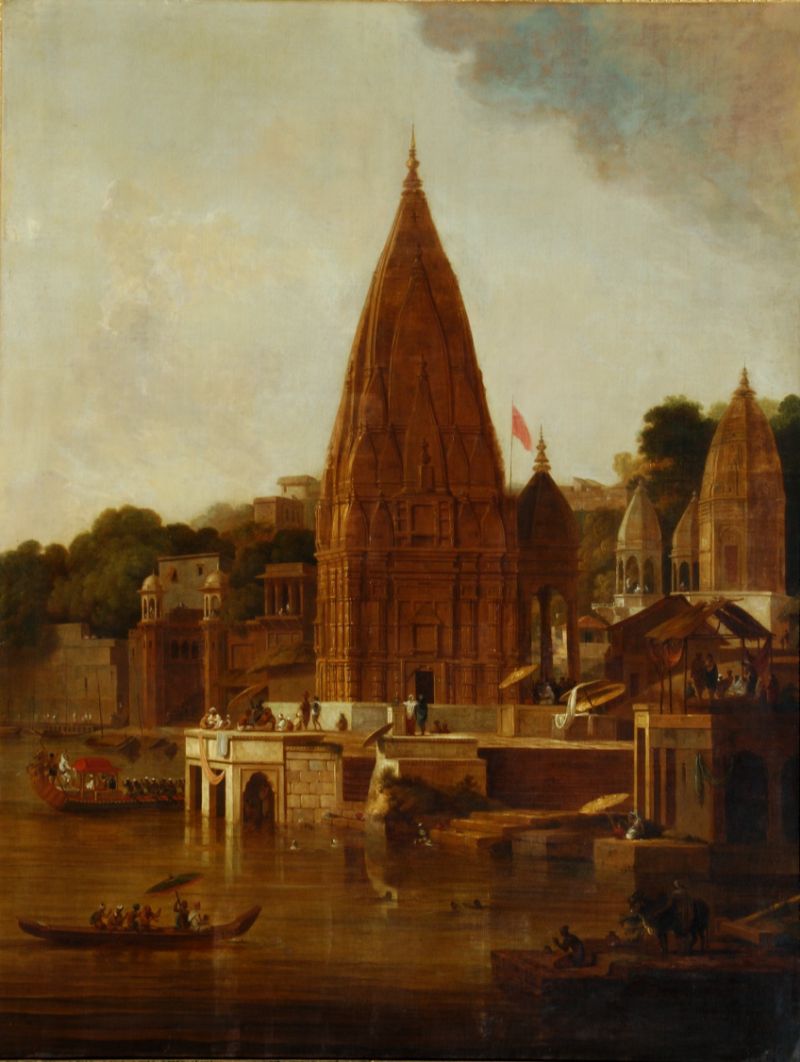
Banaras: The Manikarnika GhatThomas Daniell | Acc. No. 1403
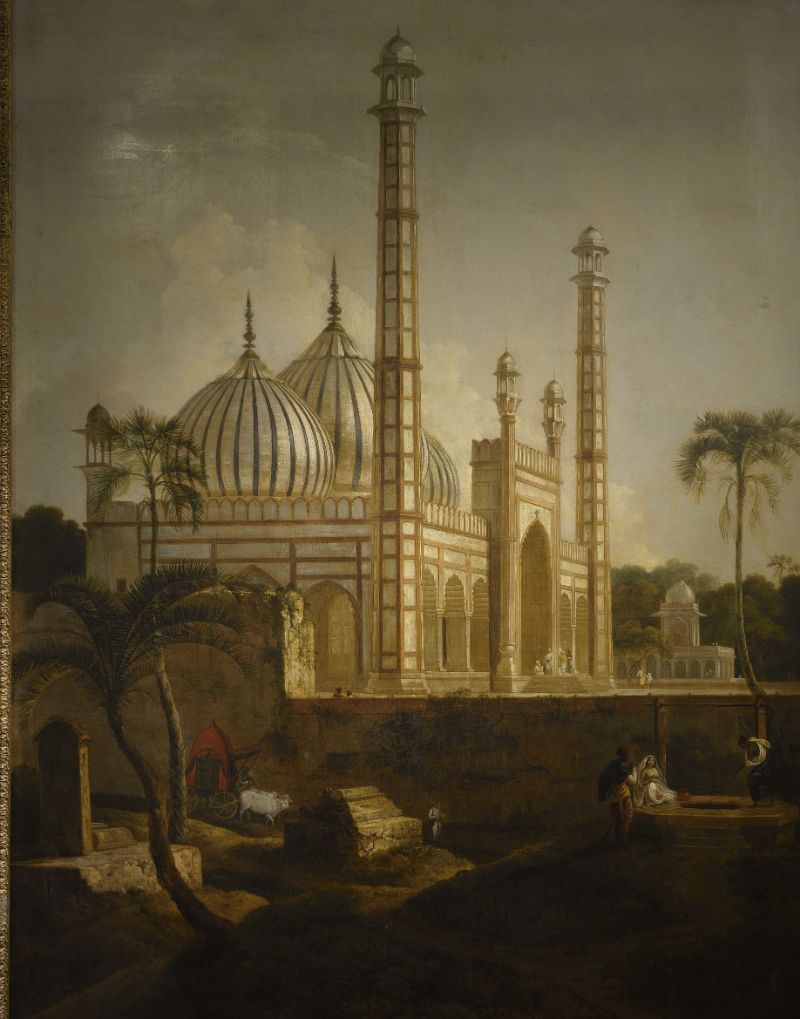
MosqueThomas Daniell | Acc. No. 1404
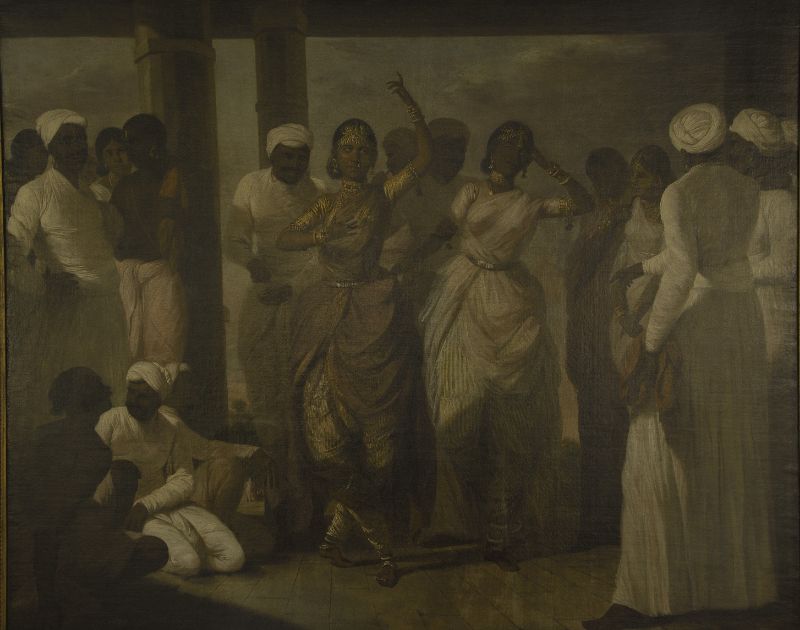
DancersTilly Kettle | Acc. No. 1405
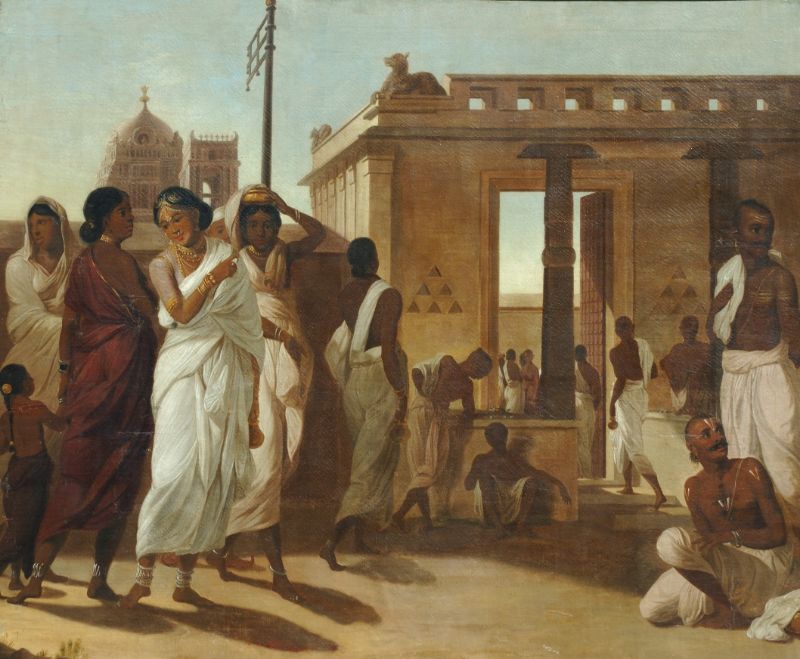
FiguresTilly Kettle (1735 - 1786) | Acc. No. 1406
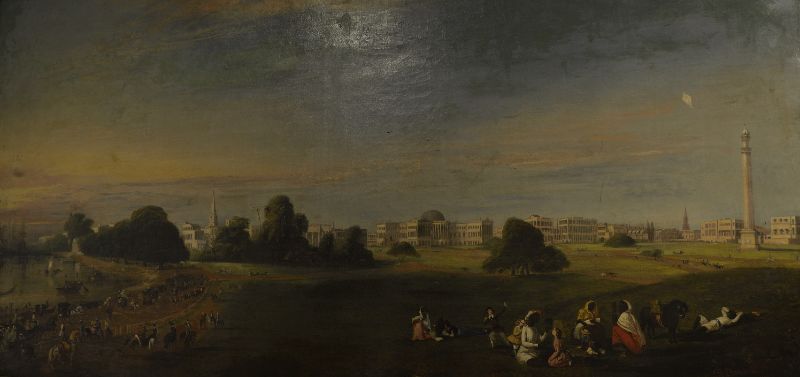
CalcuttaMarshall Claxtion | Acc. No. 1407
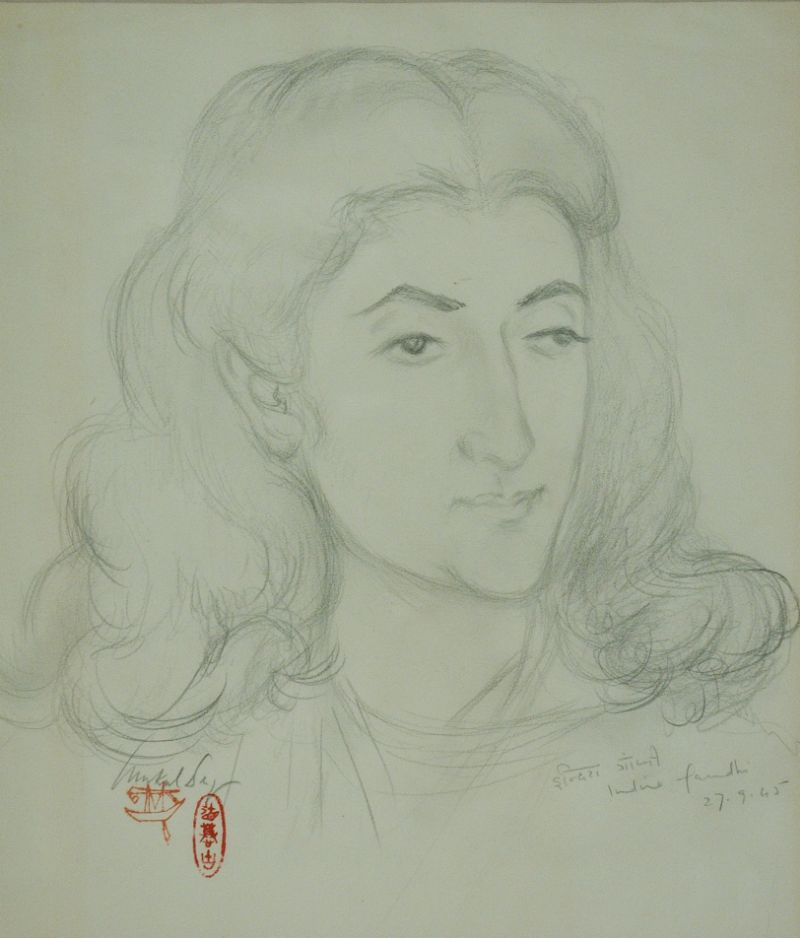
Indira GandhiMukul Dey | Acc. No. 1607
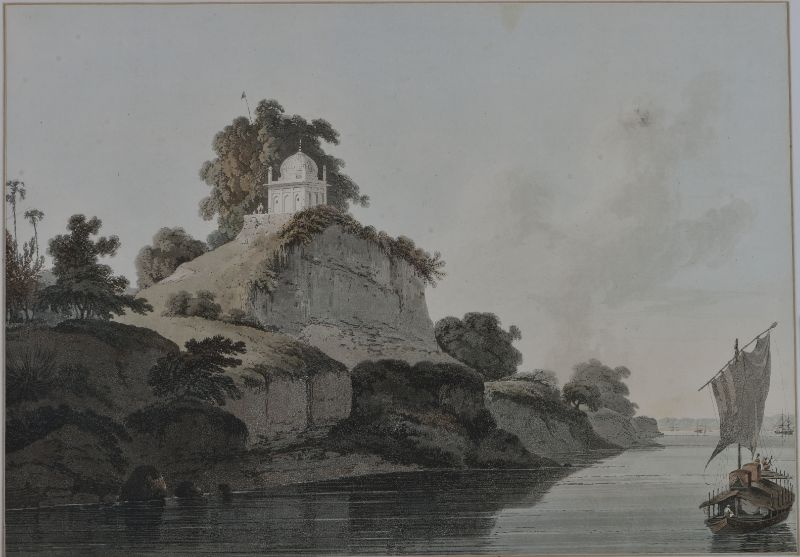
UntitledVerma, Ravi | Acc. No. 1669 | Oil on Canvas
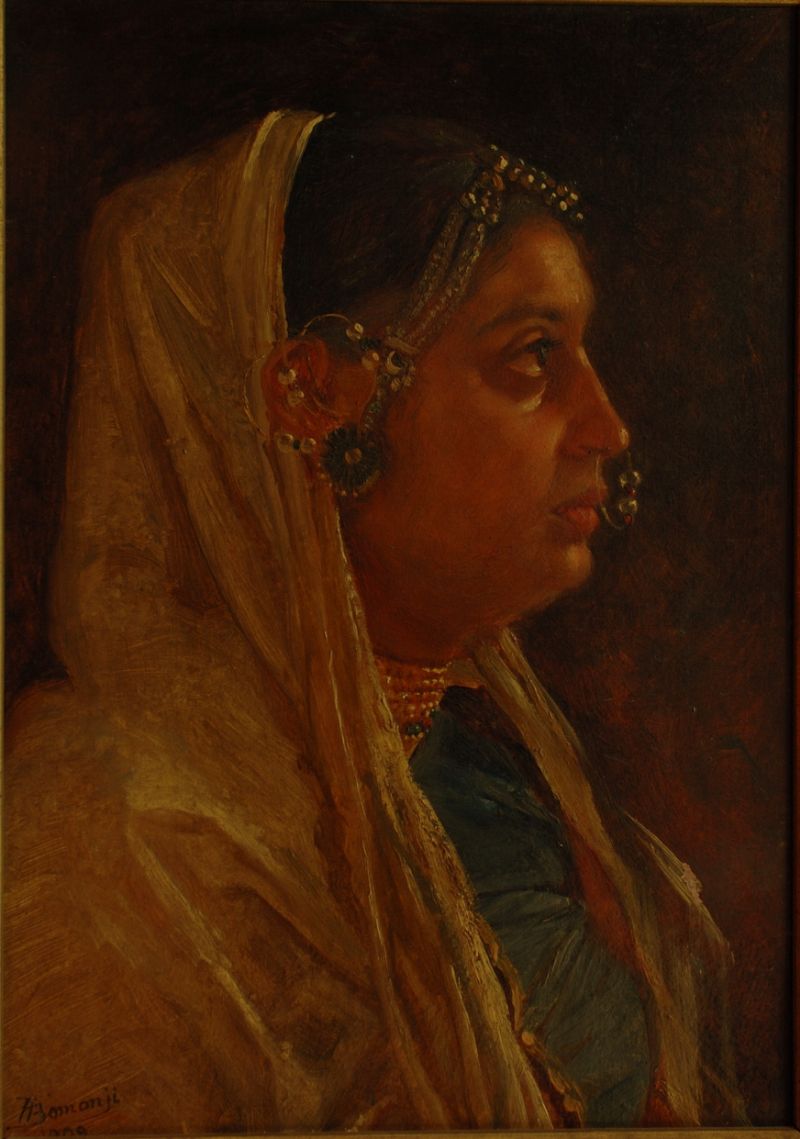
Head of a Punjabi WomanPestonjee E. Bomanjee (1851-1938) | Acc. No. 1812
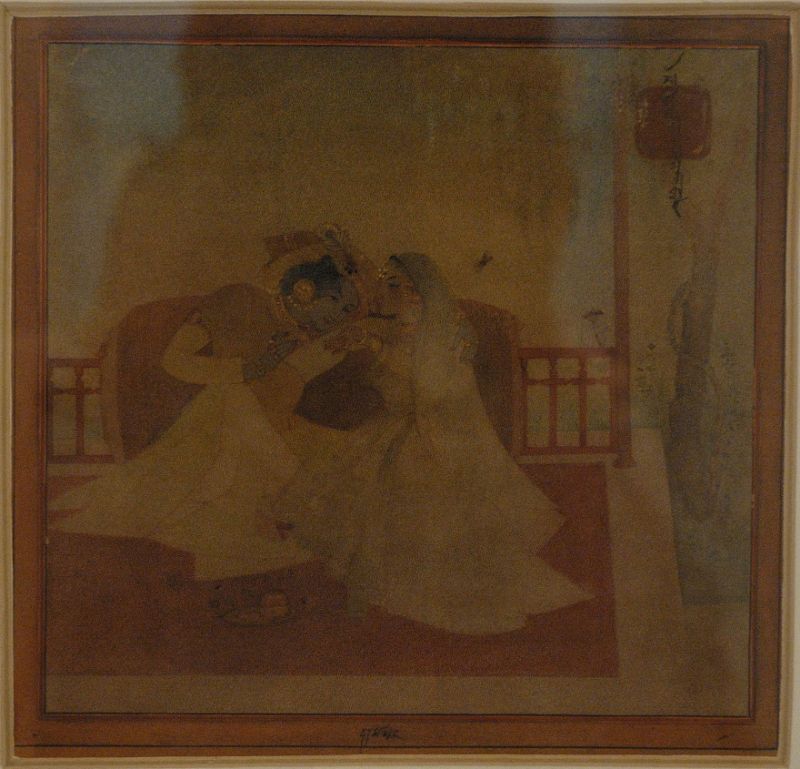
DastkhatAbanindranath Tagore (1871 - 1951) | Acc. No. 1833
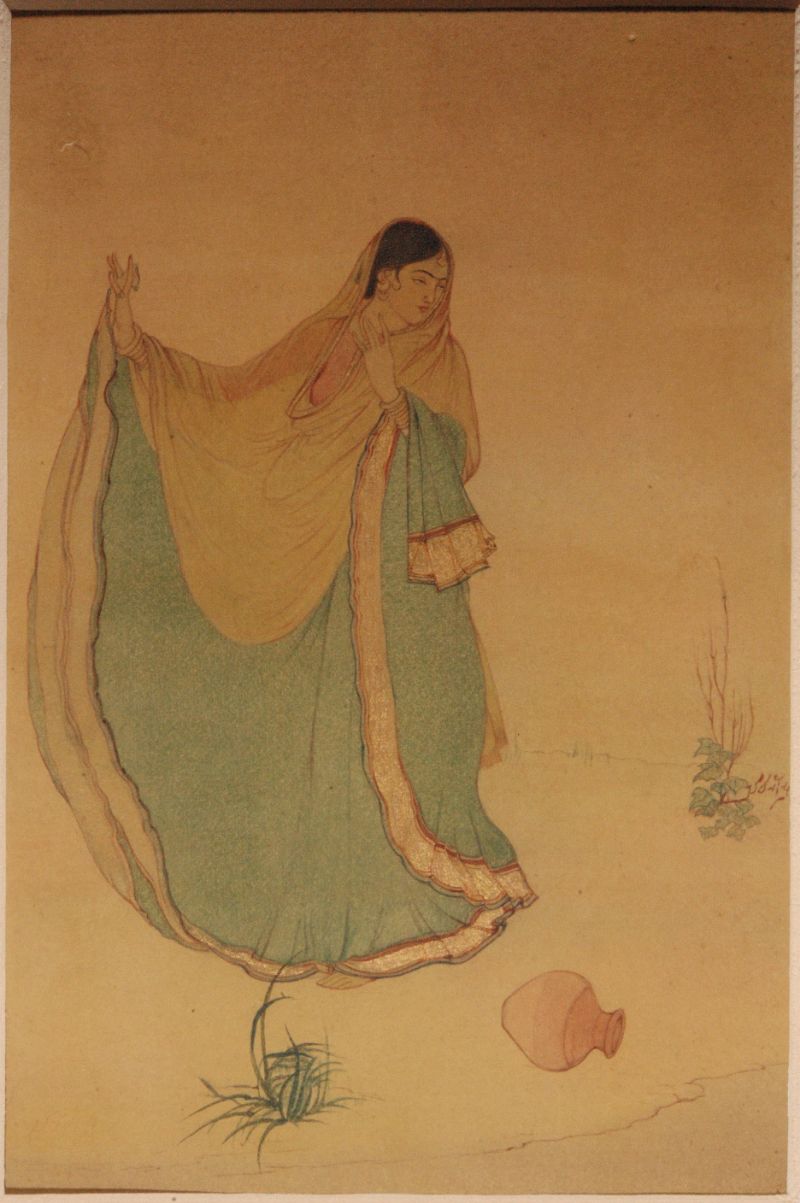
RadhikaAbanindranath Tagore (1871 - 1951) | Acc. No. 1861
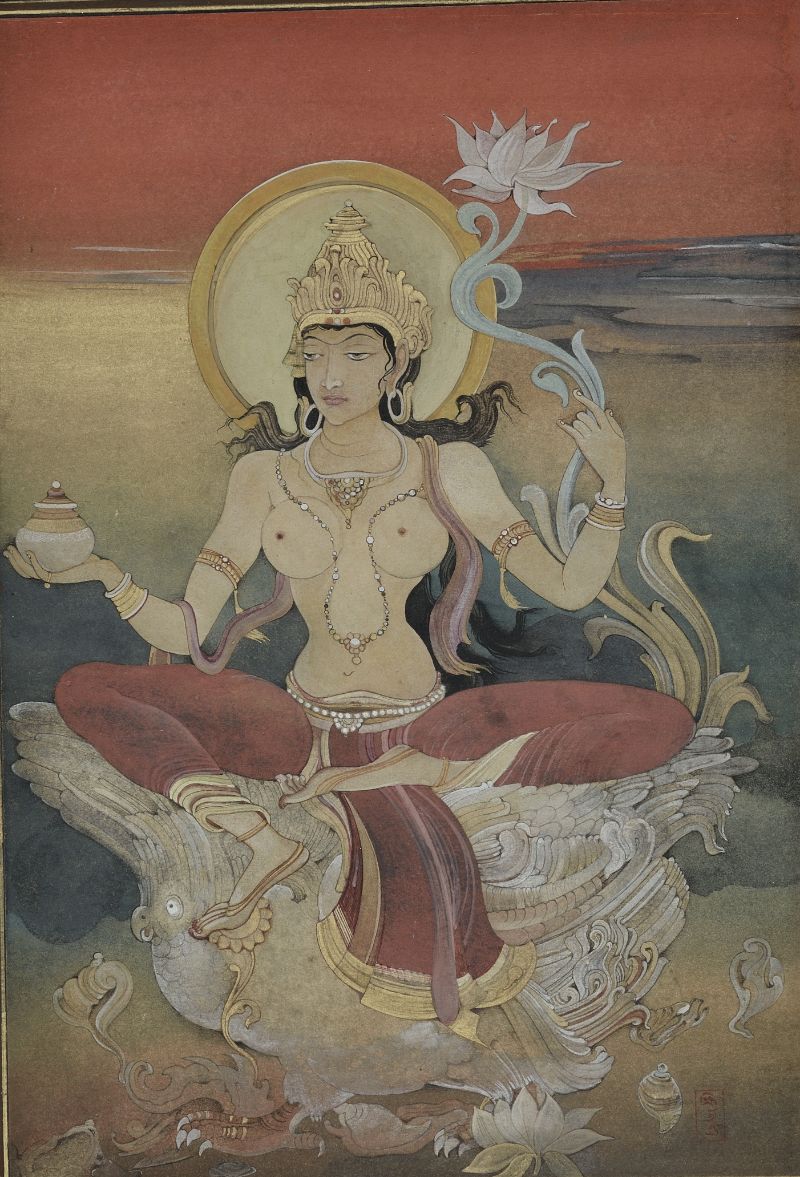
LakshmiK N Majumdar | Acc. No. 1891 | Tempera on paper
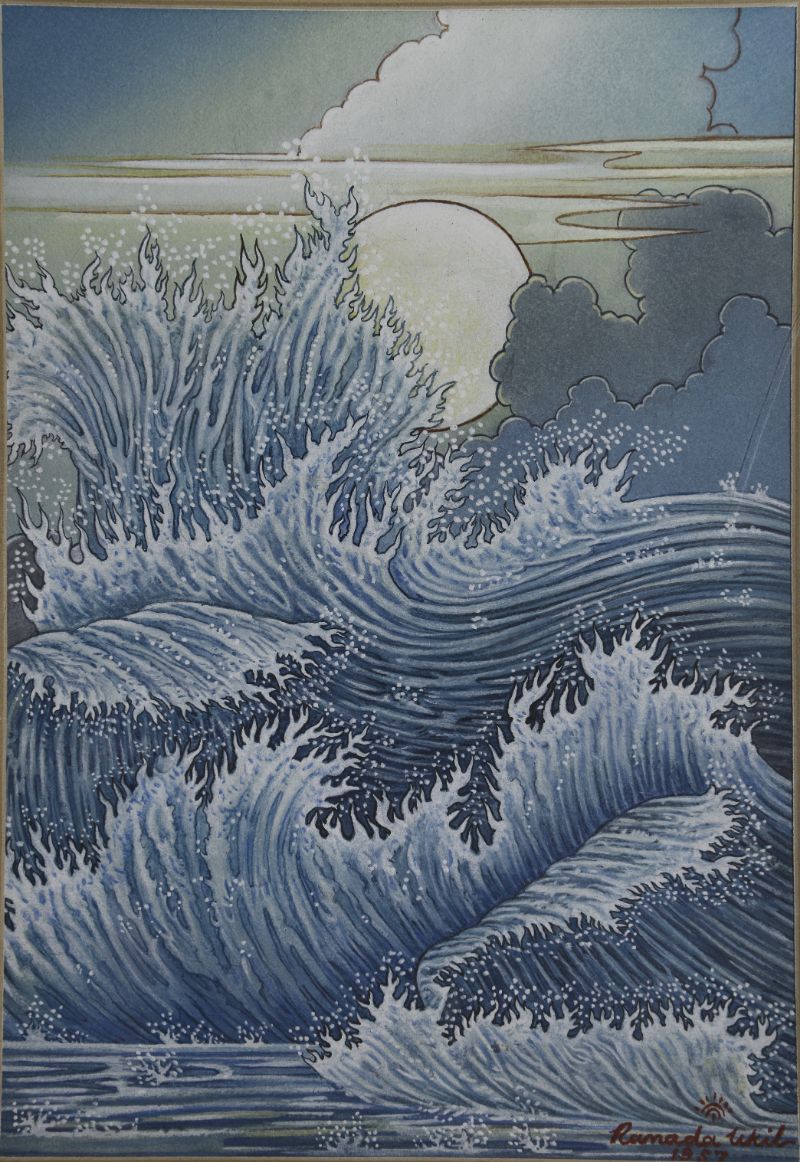
Ranada UkilHide and Seek | Acc. No. 2062 | Watercolour on paper
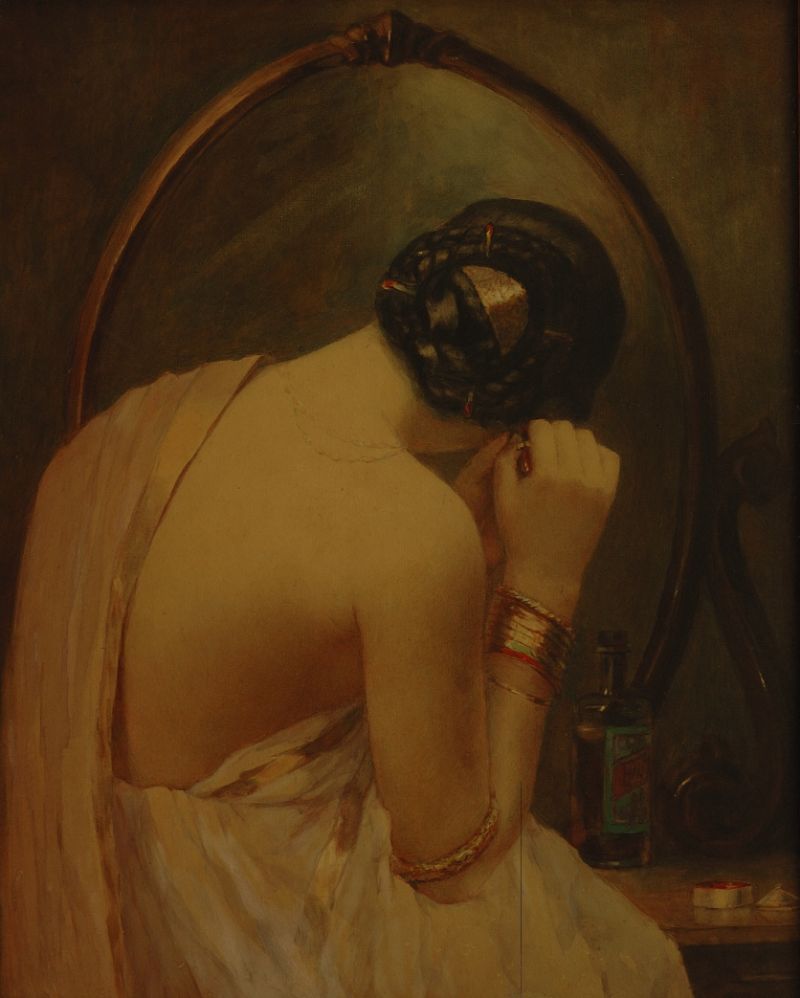
ToiletHemen Majumdar (1894-1943) | Acc. No. 2166
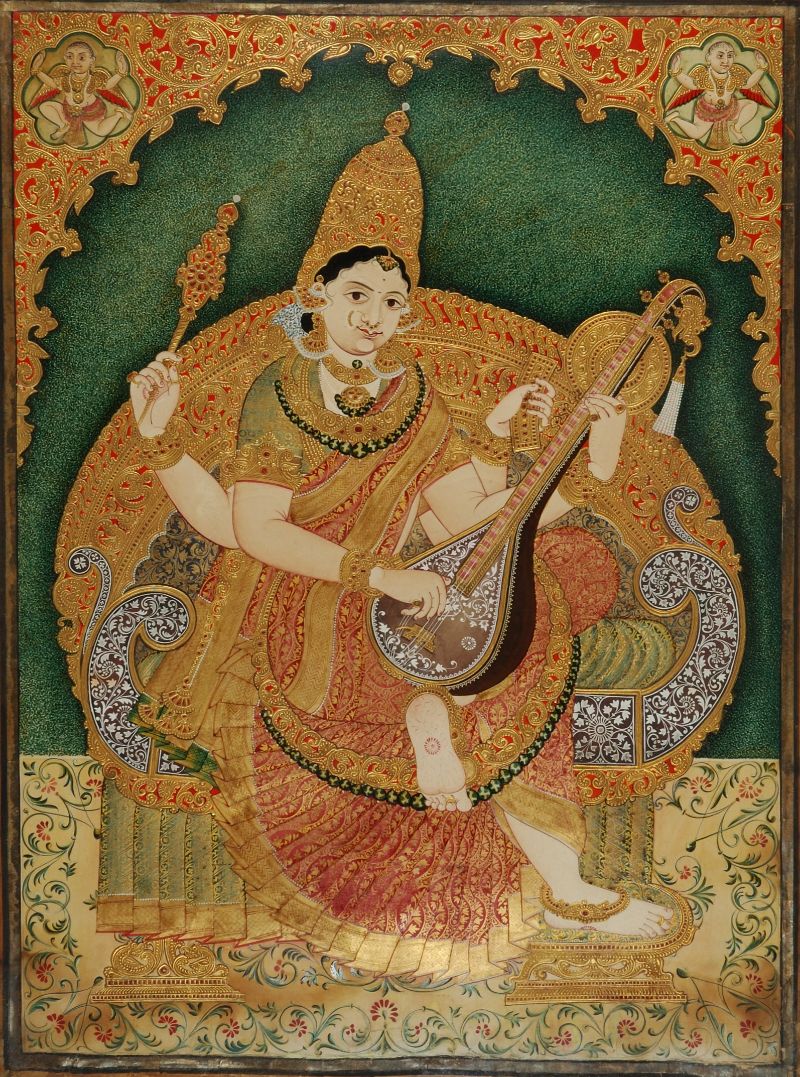
Saraswati (Mysore style)Chitragara Krishnappa | Acc. No. 2265 | Mixed Media
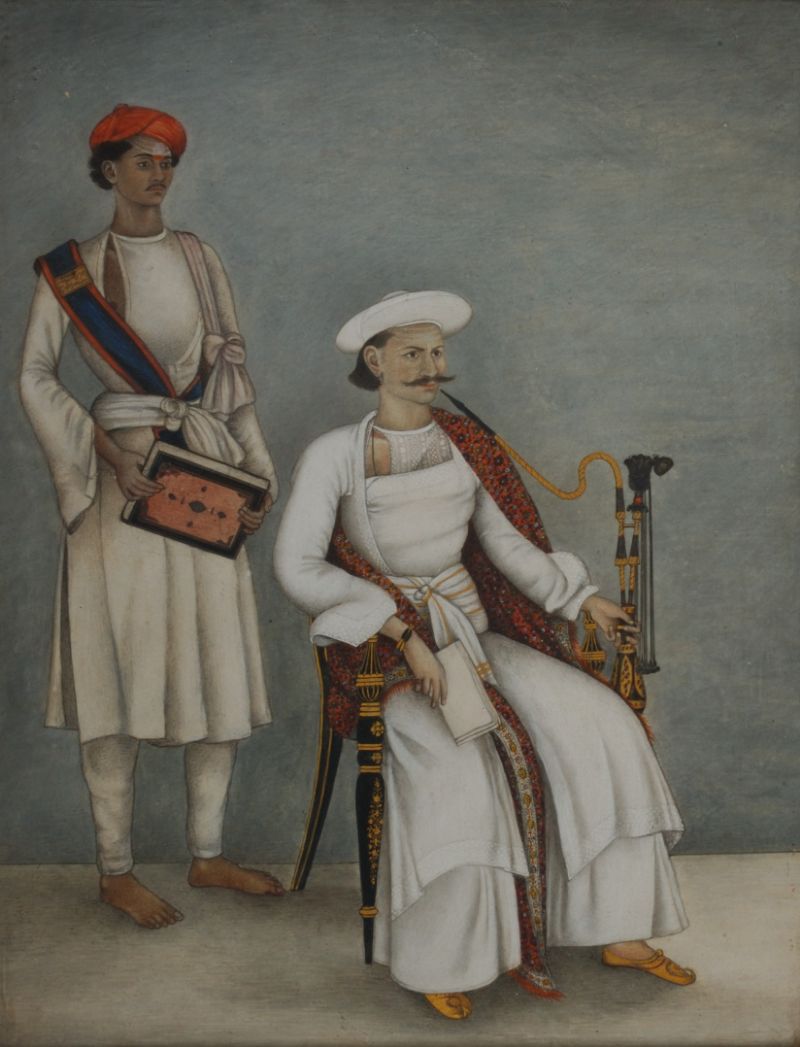
PaintingGhulam Ali Khan | Acc. No. 2286
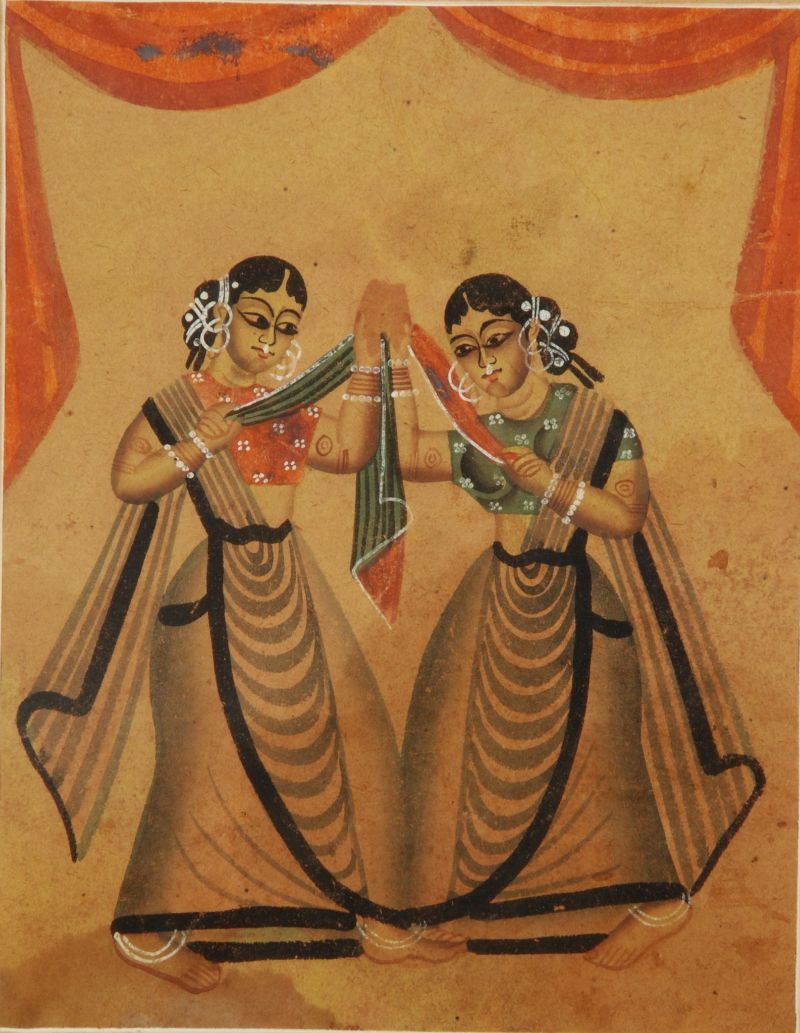
Ballet GirlCalcutta Bazar Painting | Acc. No. 2303 | Watercolor on Paper
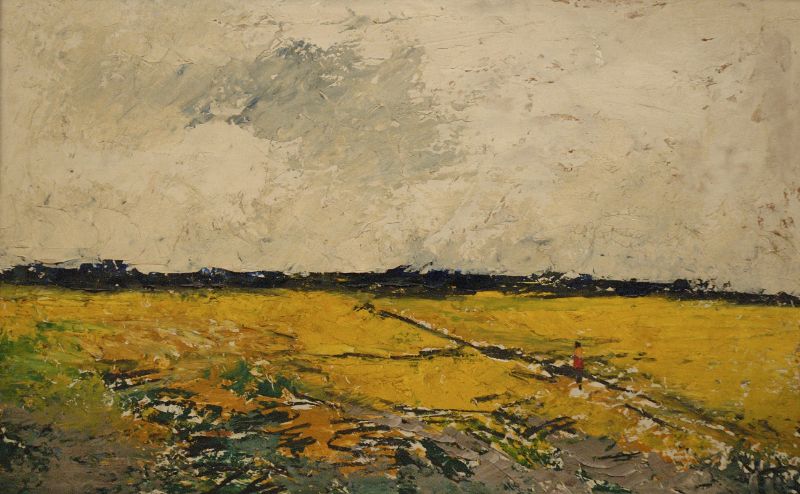
Landscape, 1960Gopal Ghose (b. 1913) | Acc. No. 2902
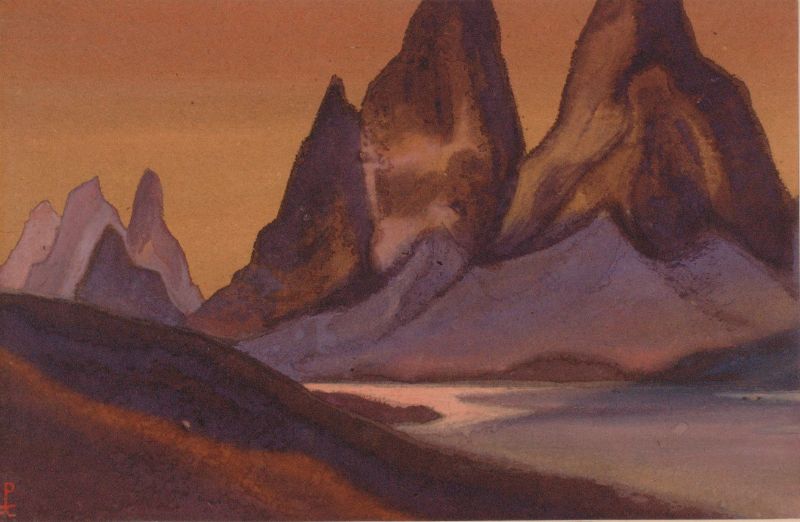
PaintingNicholas Roerich | Acc. No. 3280 | Tempera on Board
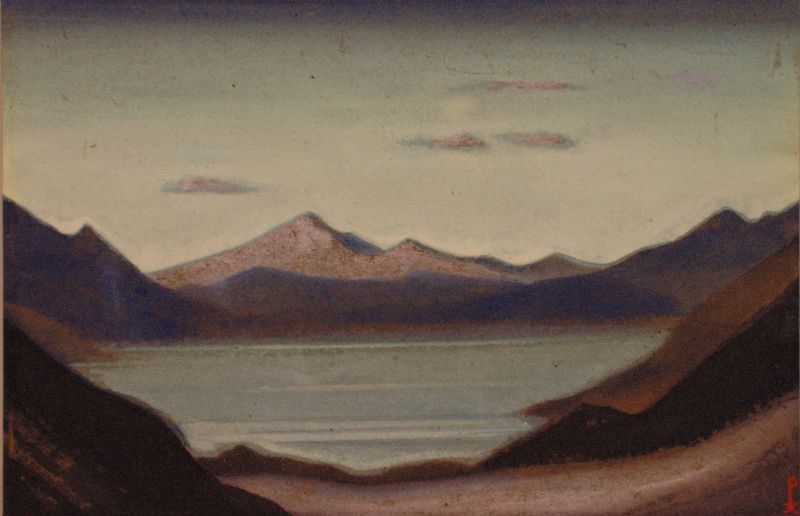
PaintingNicholas Roerich | Acc. No. 3281 | Tempera on Board
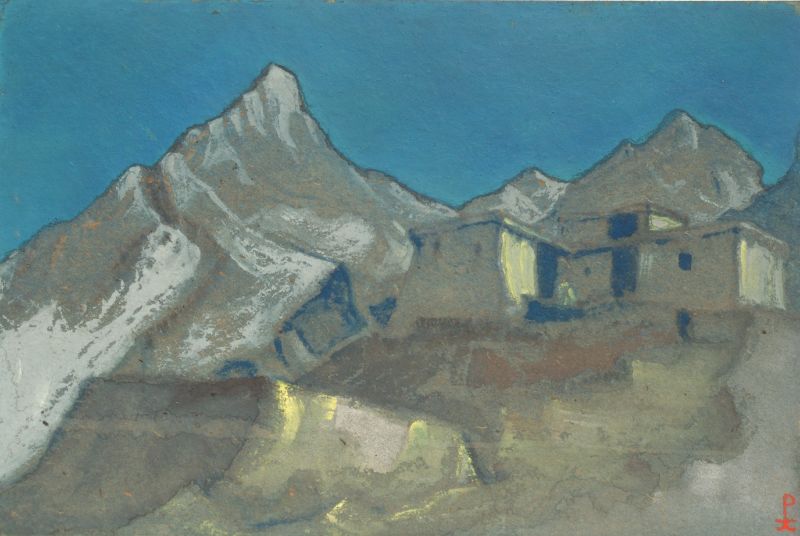
PaintingNicholas Roerich | Acc. No. 3282 | Tempera on Board
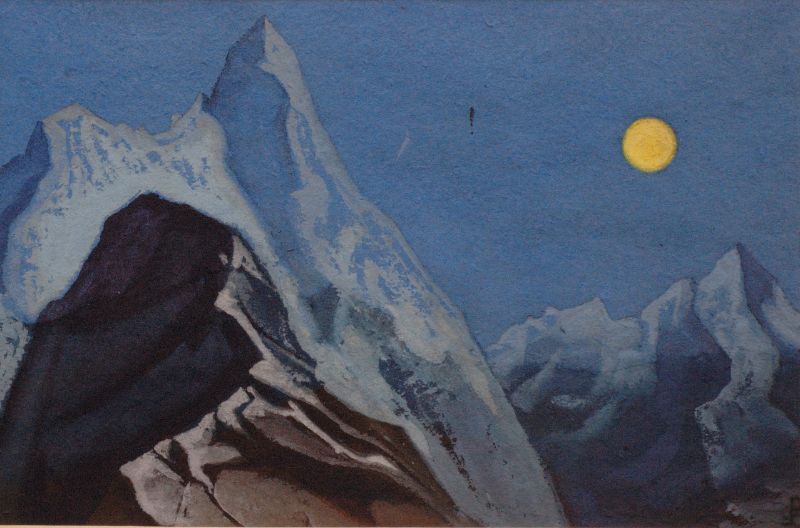
PaintingNicholas Roerich | Acc. No. 3283 | Tempera on Board
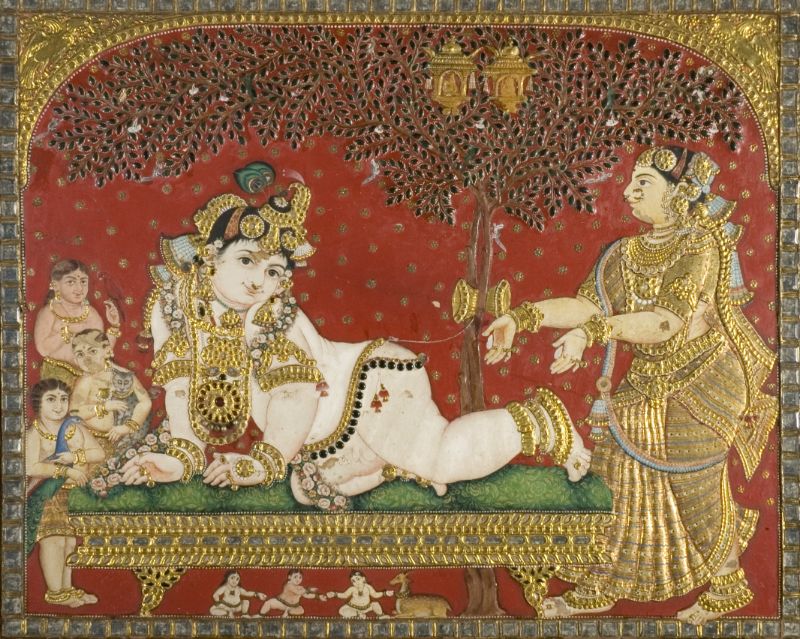
Bal KrishnaUnknown (Tanjore School) | Acc. No. 3263
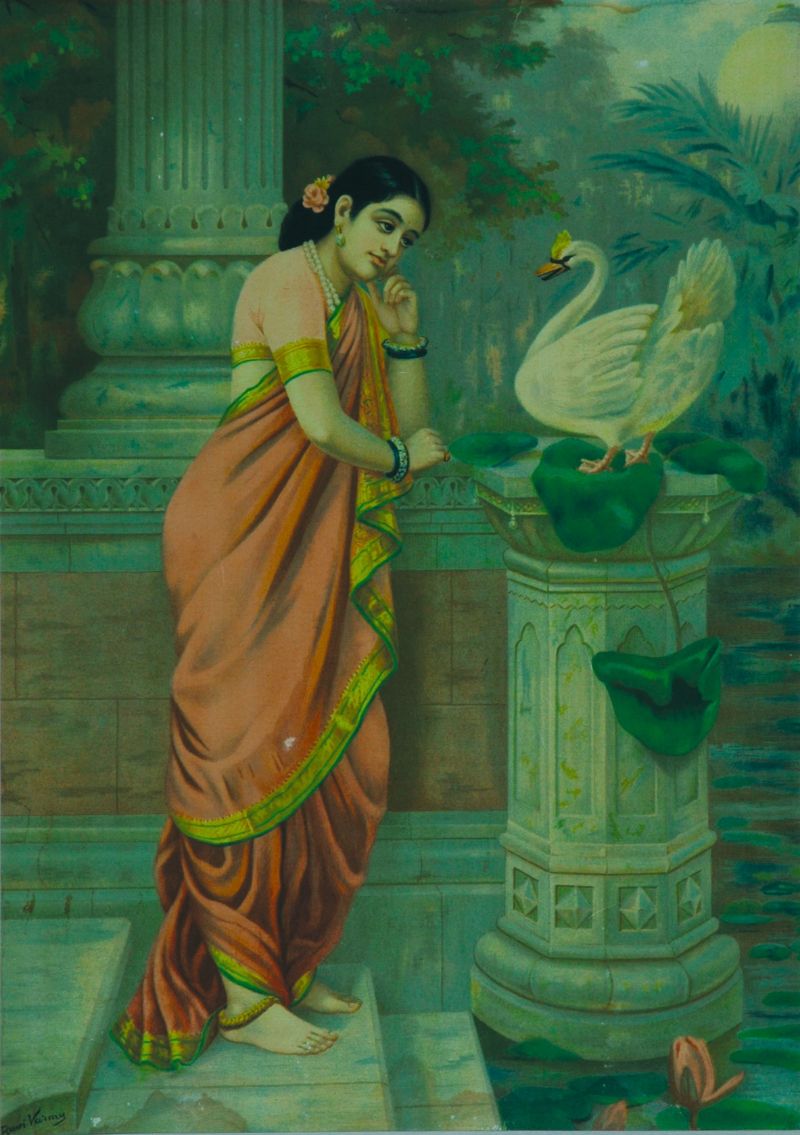
Not KnownVerma Ravi | Acc. No. 11646 | Oleograph on paper
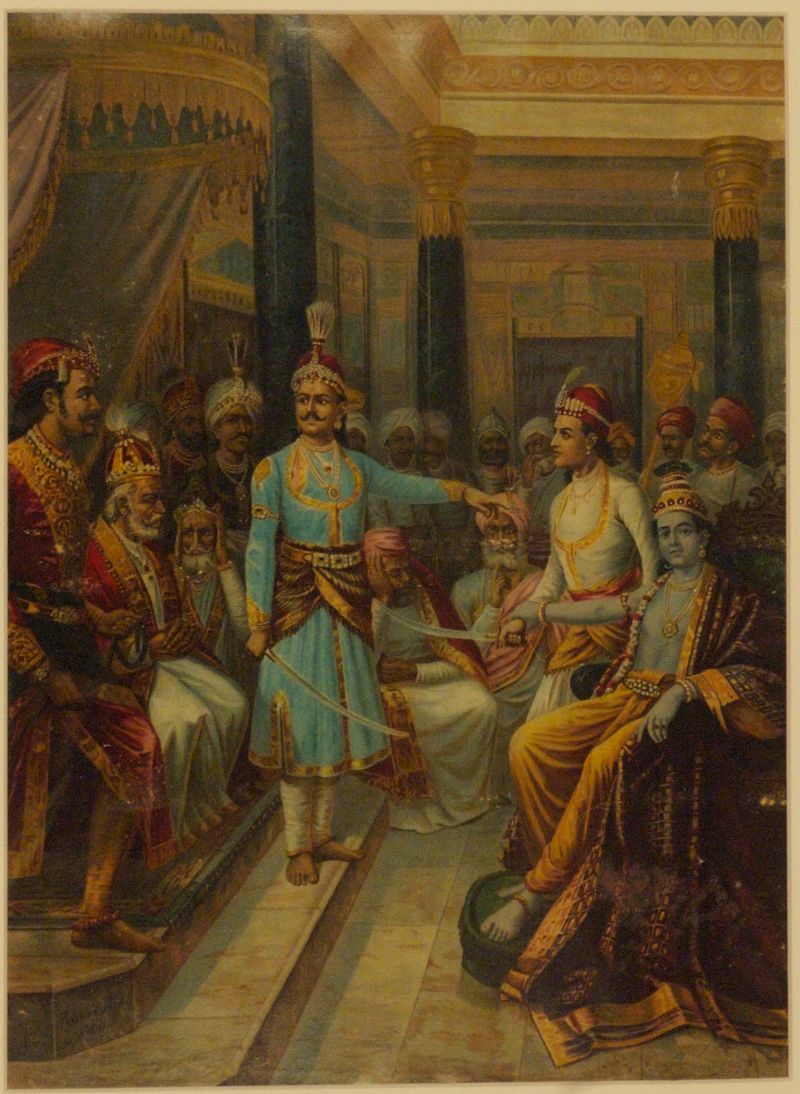
Not KnownVerma Ravi | Acc. No. 11647 | Oleograph on paper

A girl holding hooka in one hand and brook in anotherVerma Ravi | Acc. No. 11722 | Oil on canvas
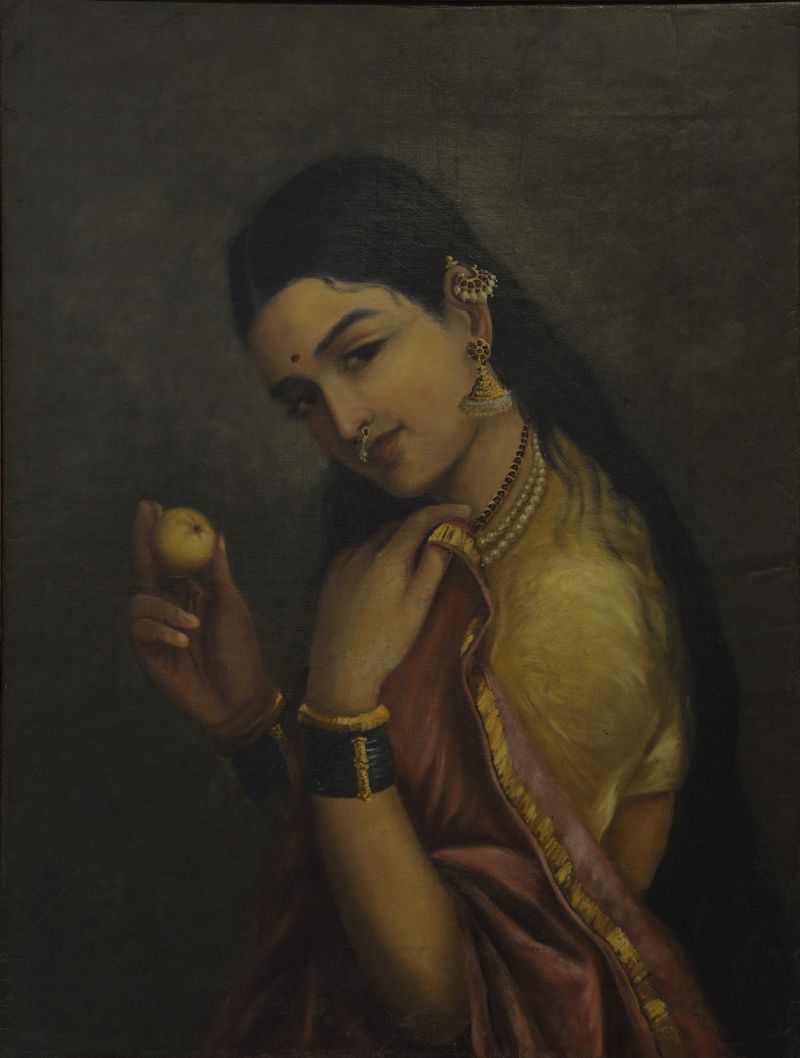
A woman holding a fruitVerma Ravi | Acc. No. 11723 | Oil on canvas
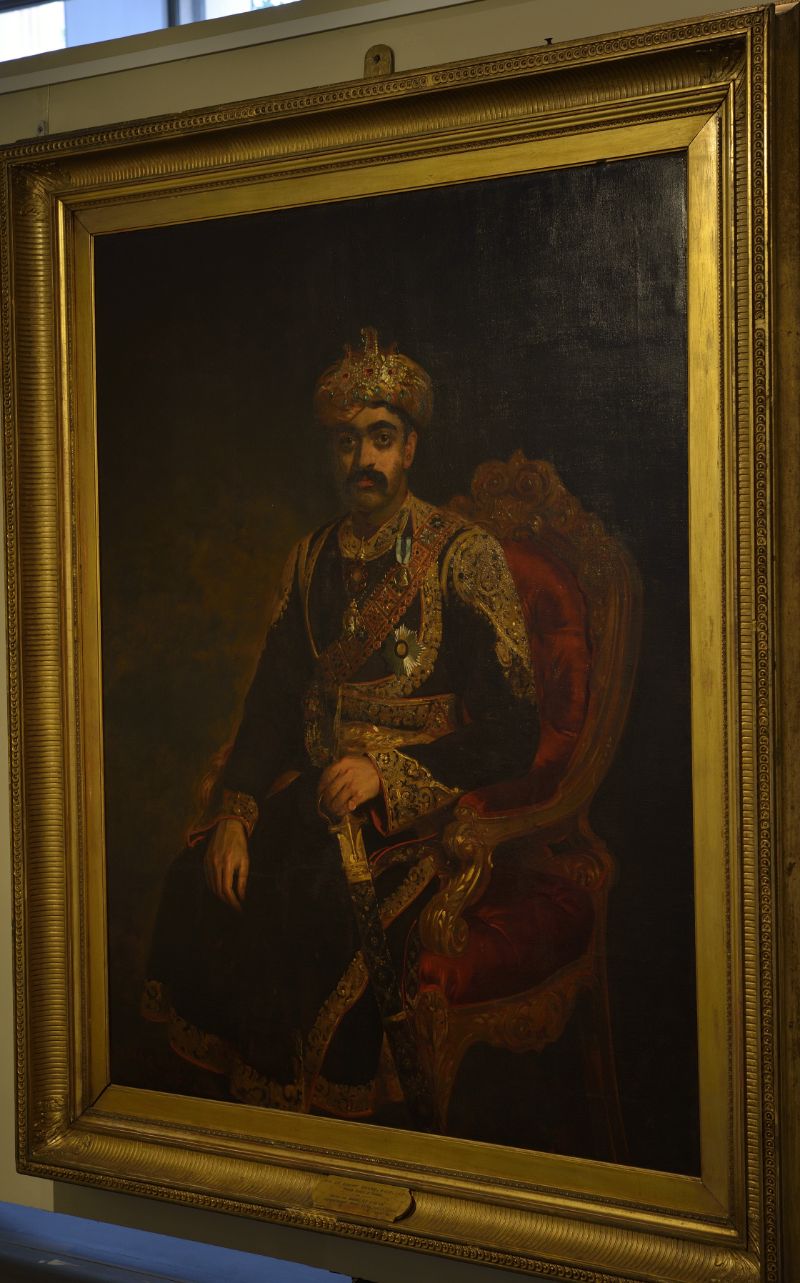
Portrail of H.H. Bhagvat Singhjee of Condal (Gujrat), 1988Brooks Frank | Acc. No. 11753 | Oil on canvas
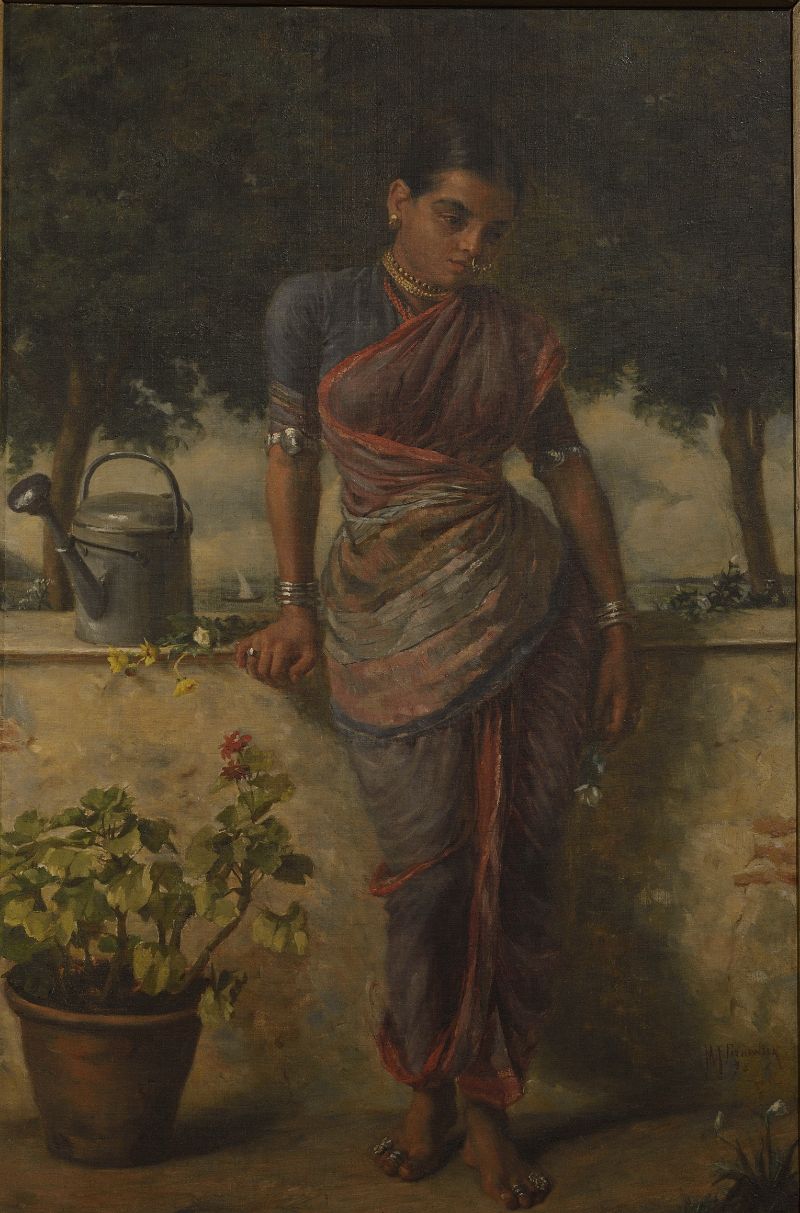
MalanPithawala M.F. | Acc. No. 13027
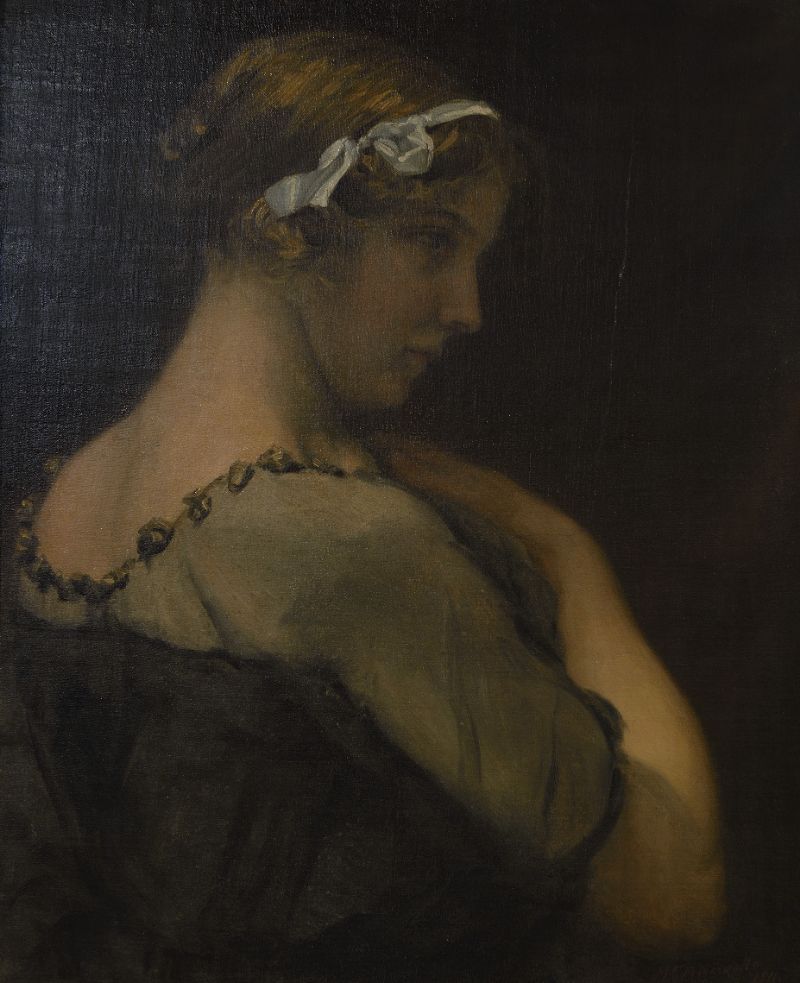
Miss ClerkPithawala M.F. | Acc. No. 13031
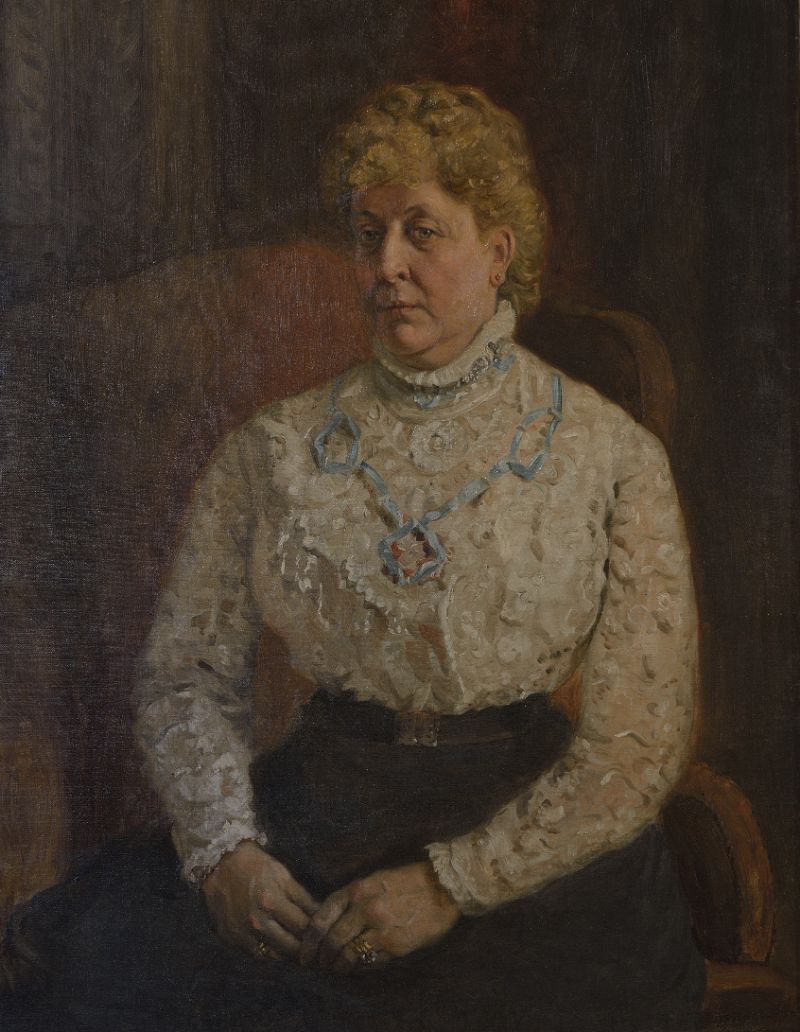
Miss WilliamPithawala M.F. | Acc. No. 13032
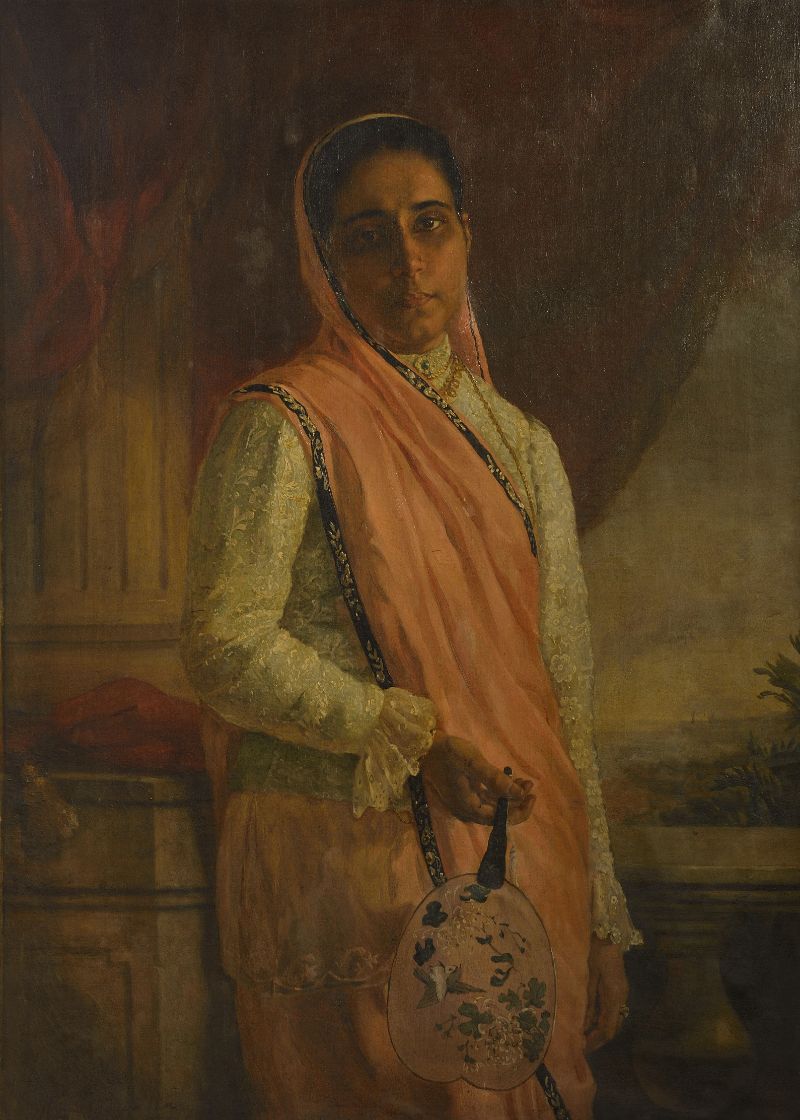
Study of Parsi GirlPithawala M.F. | Acc. No. 13035
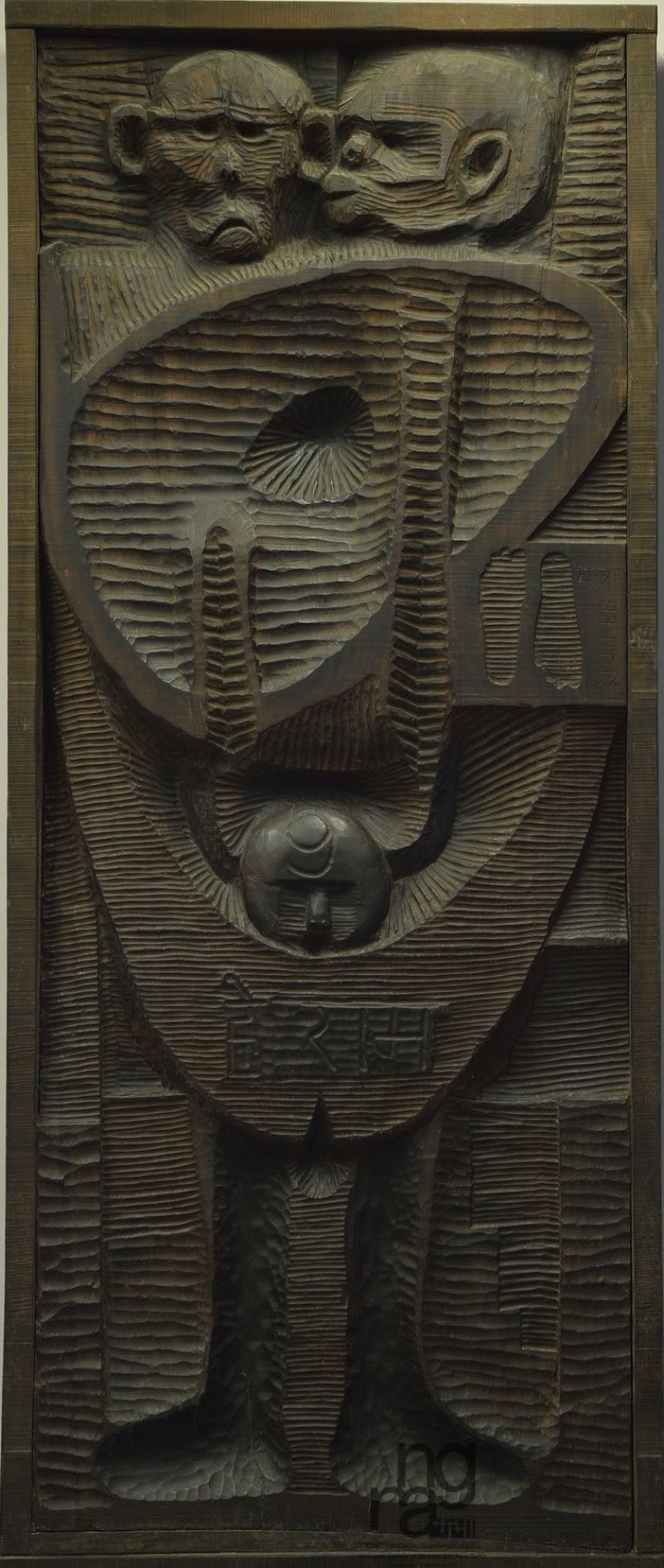
YatraRawat M.S. | Acc. No. 13134 | Wood
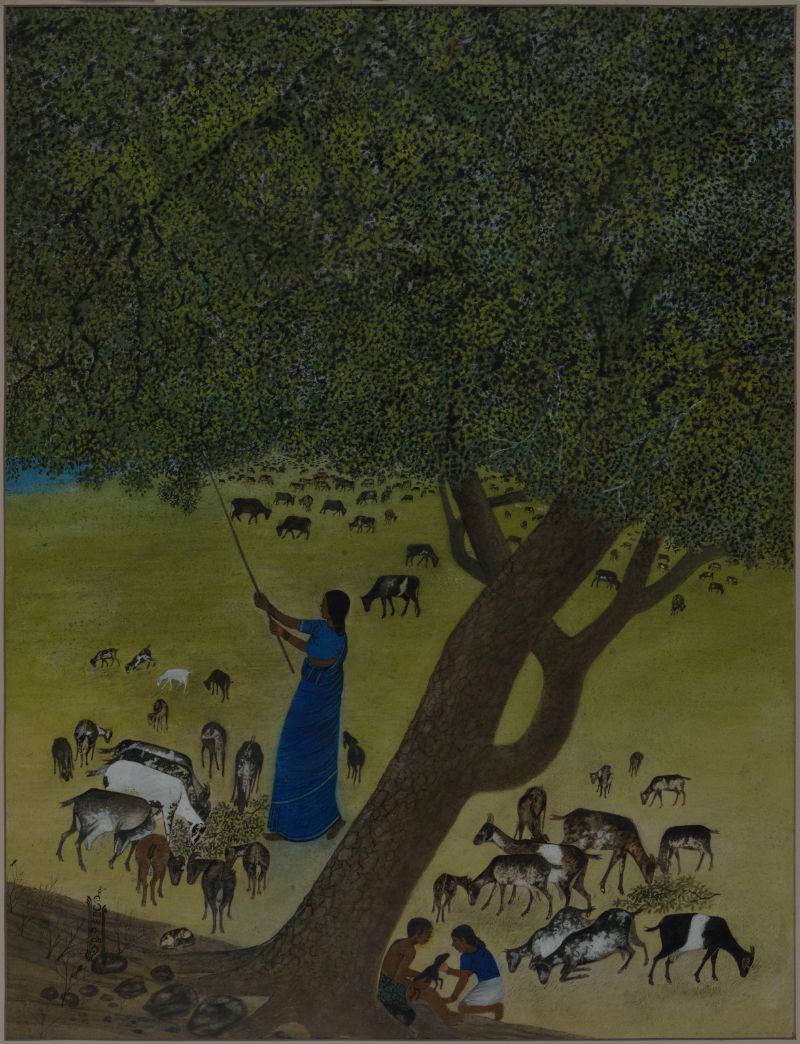
Goat GrazingMenon K Madhav | Acc. No. 13171 | Water colour on paper
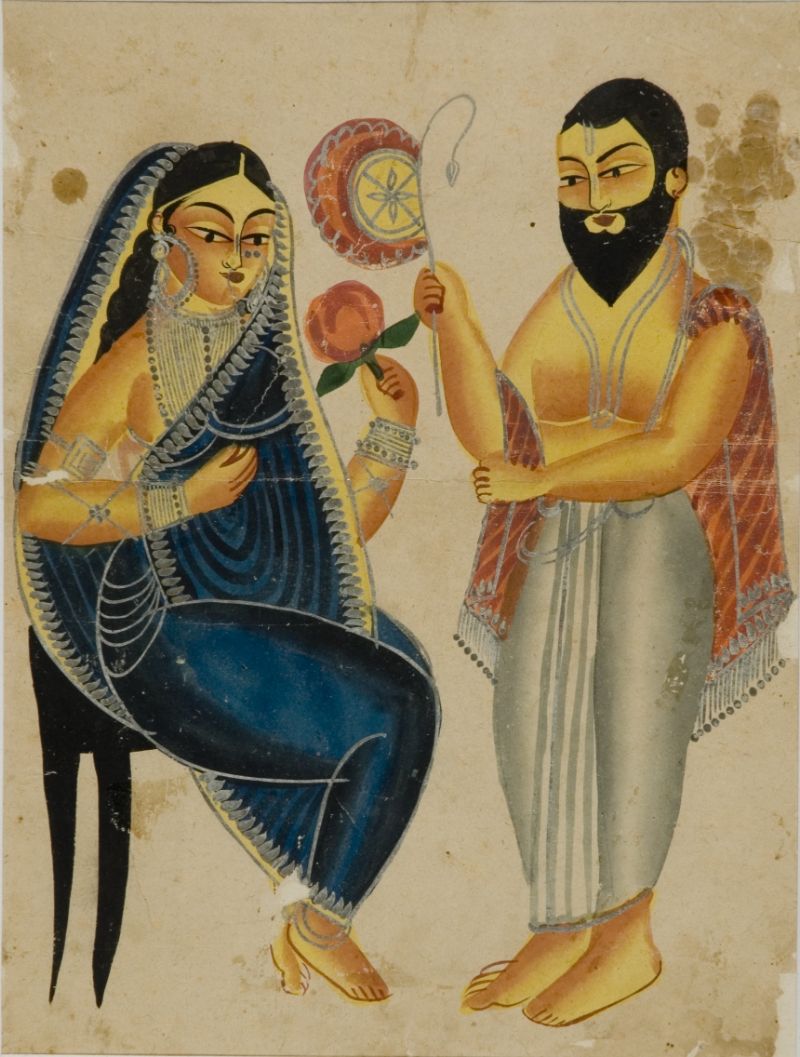
Priest with Elokeshi Kalighat 19th CenturyUnknown | Acc. No. 14734 | Water colour on paper
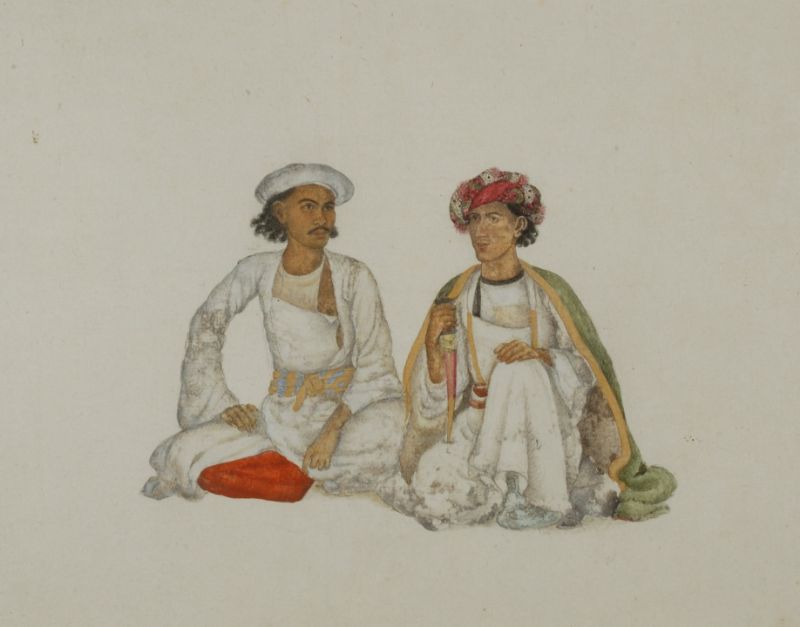
Two Young Men Gulam Ali khan Comp StyleUnknown | Acc. No. 14737 | Water colour on paper
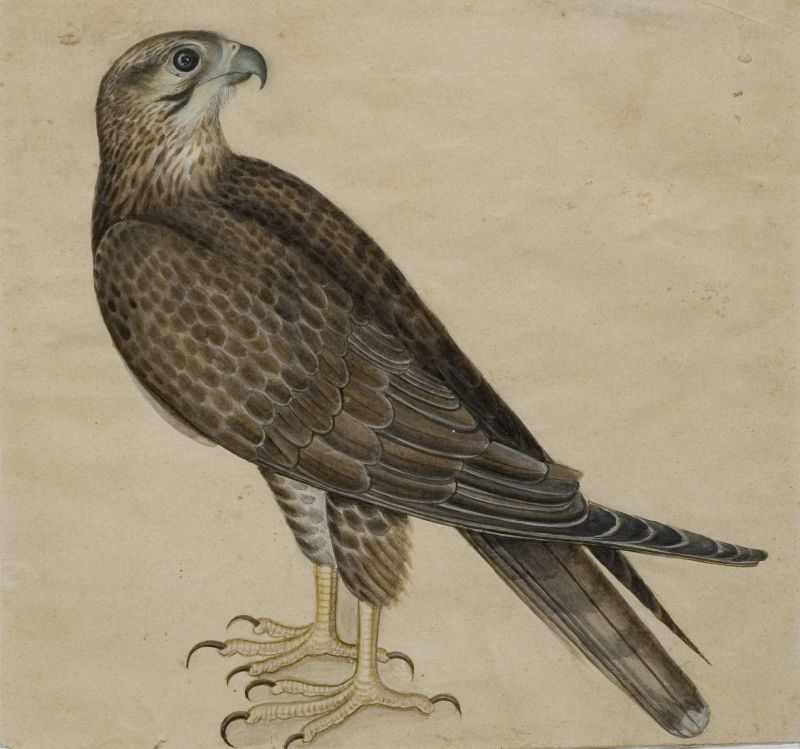
Study of A FalconUnknown | Acc. No. 14743 | Water colour on paper
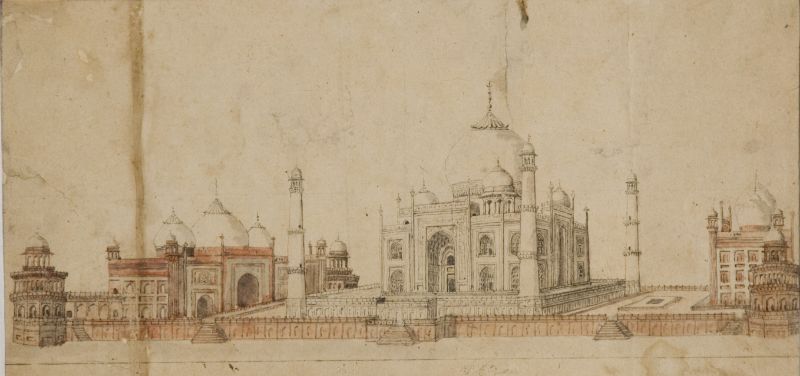
Taj Mahal with Slight Celesius Agra, Late - 19th CenturyUnknown | Acc. No. 14753 | Water colour on paper
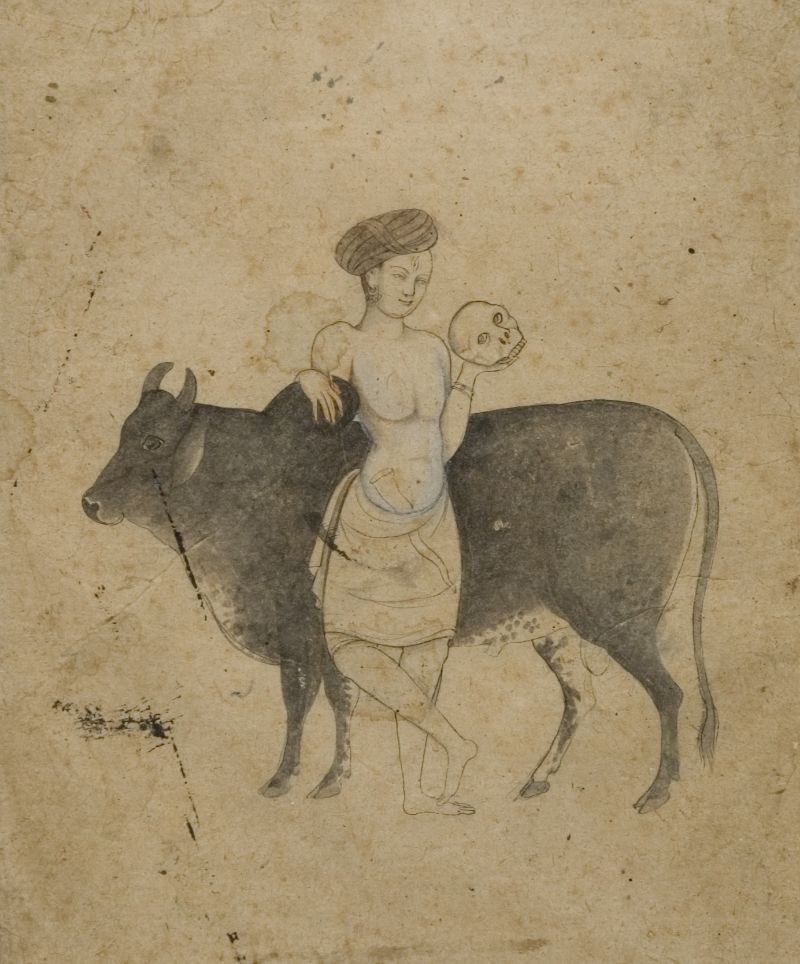
God, Siva Holding A Skull with Nandi Pahari Guler, Cent. - 1800Unknown | Acc. No. 14766 | Drawing on paper
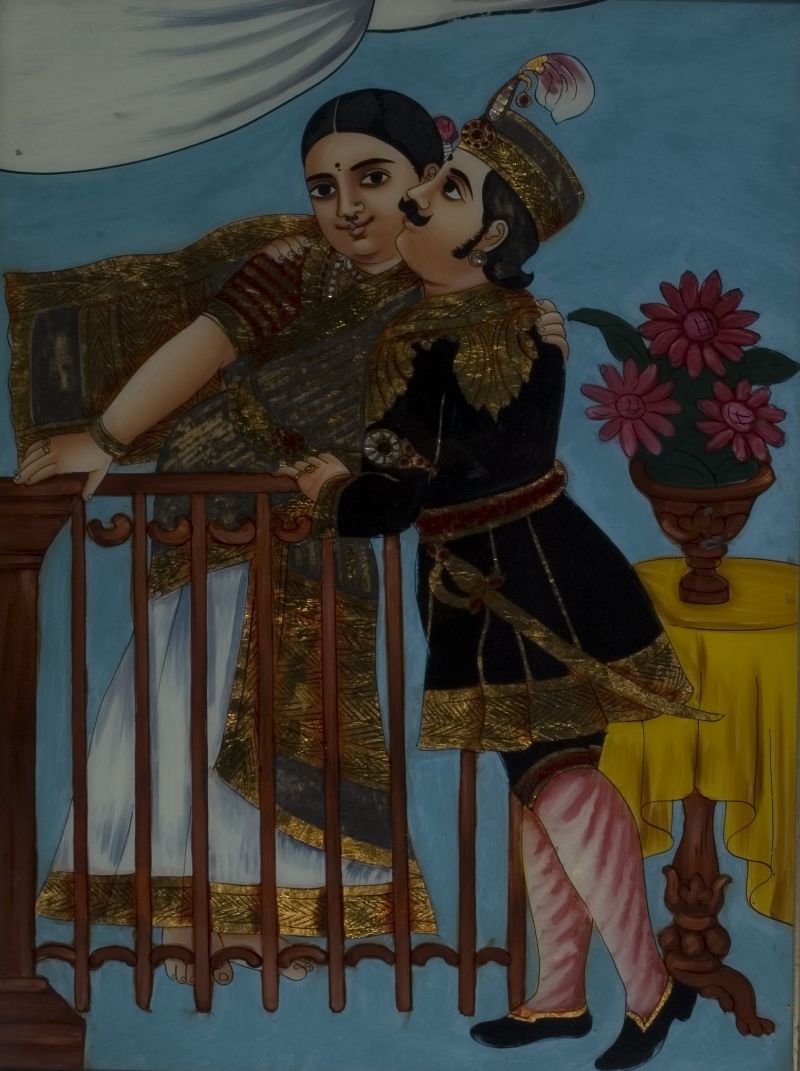
Amorous CoupleUnknown | Acc. No. 14806 | Drawings / Graphic Print

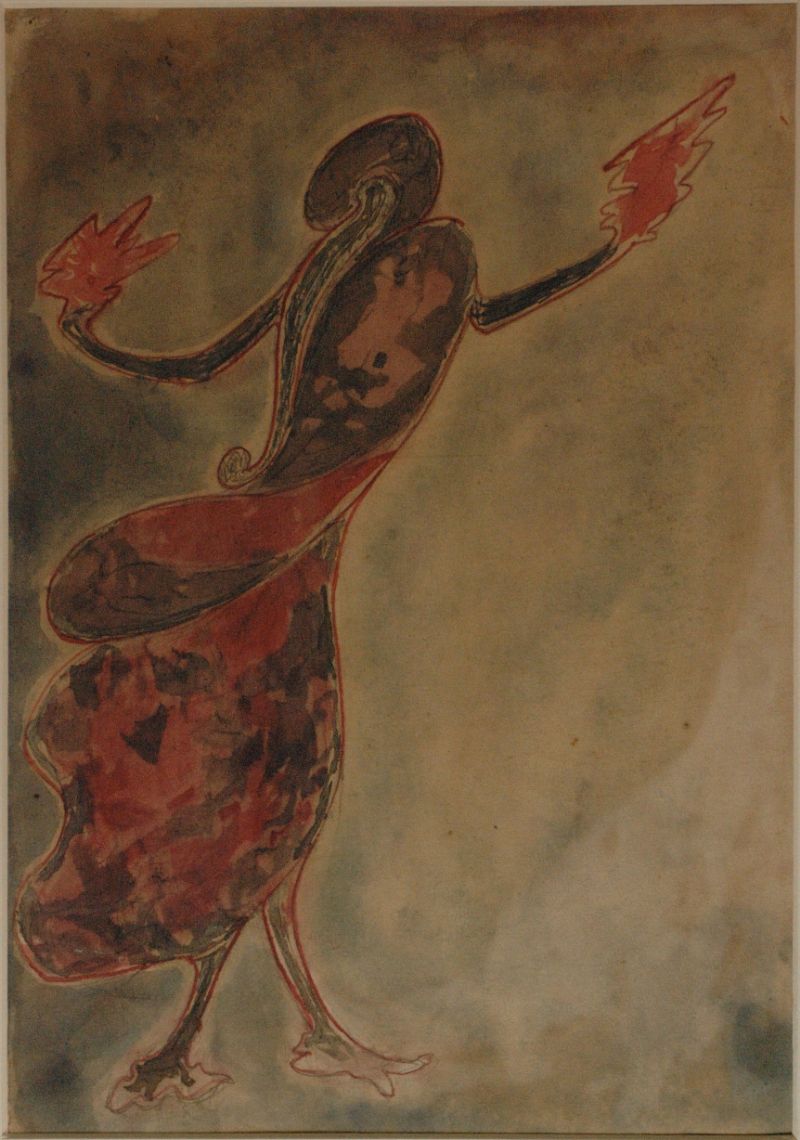
Dancing Woman Rabindranath Tagore (1861-1941) | Acc. No. 1246
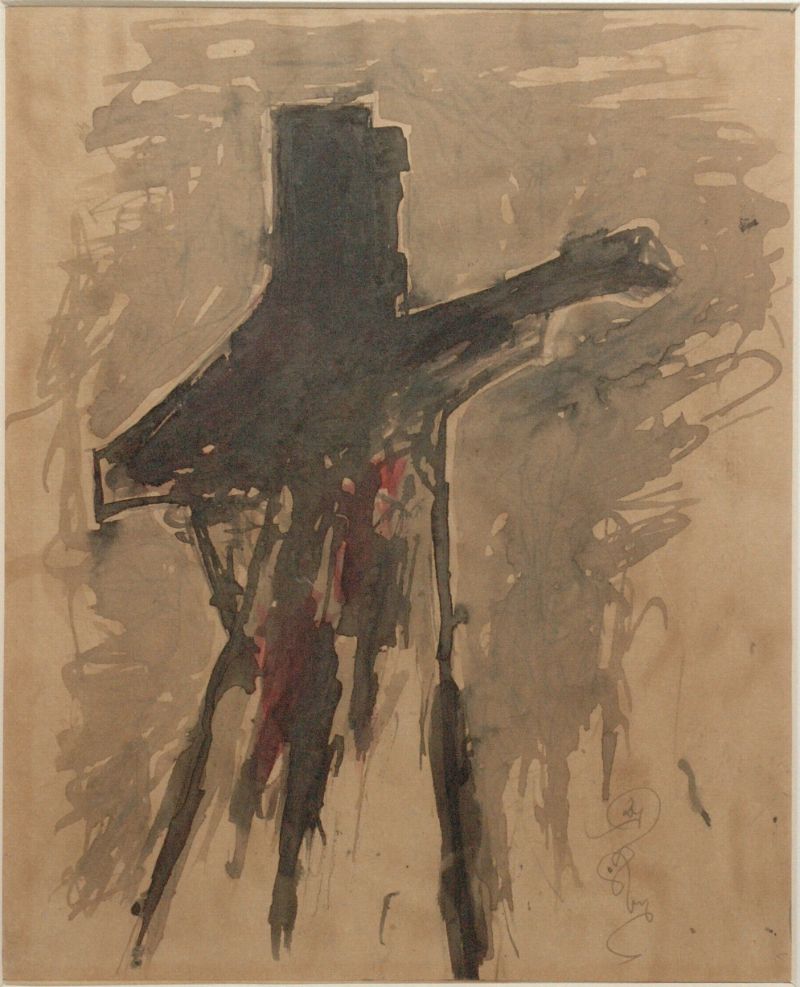
Sentry Rabindranath Tagore (1861-1941) | Acc. No. 1247
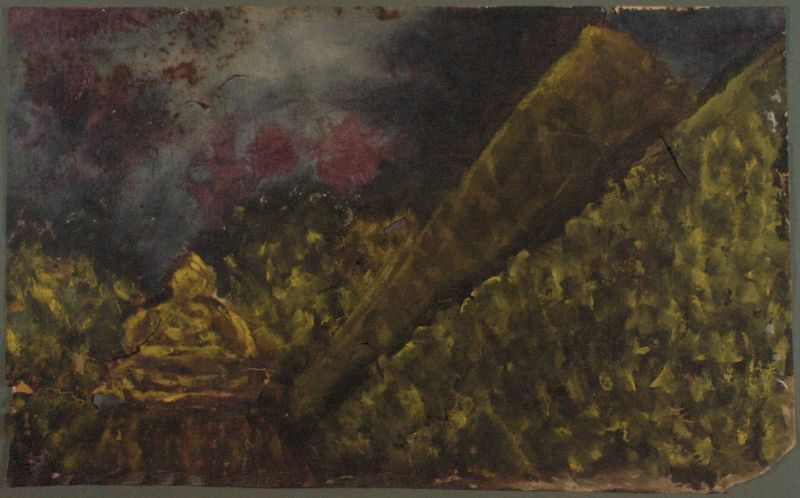
Stupa Rabindranath Tagore (1861-1941) | Acc. No. 1252
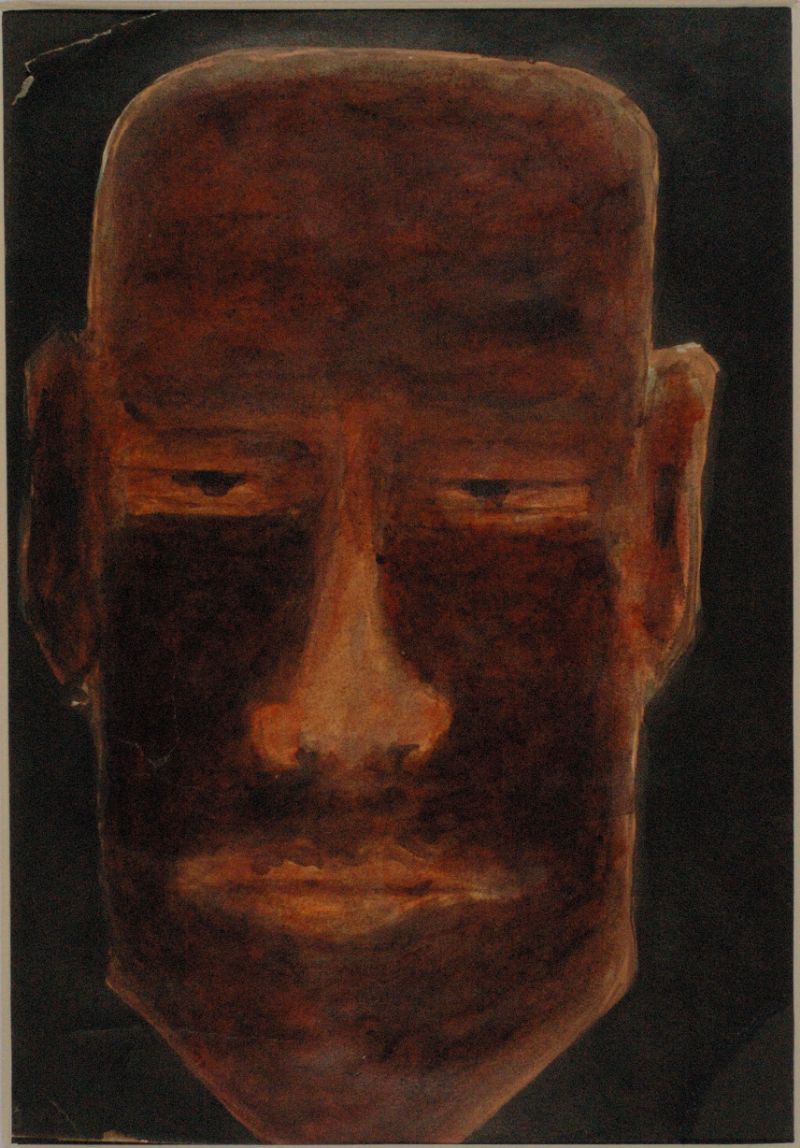
Face Rabindranath Tagore (1861-1941) | Acc. No. 1260
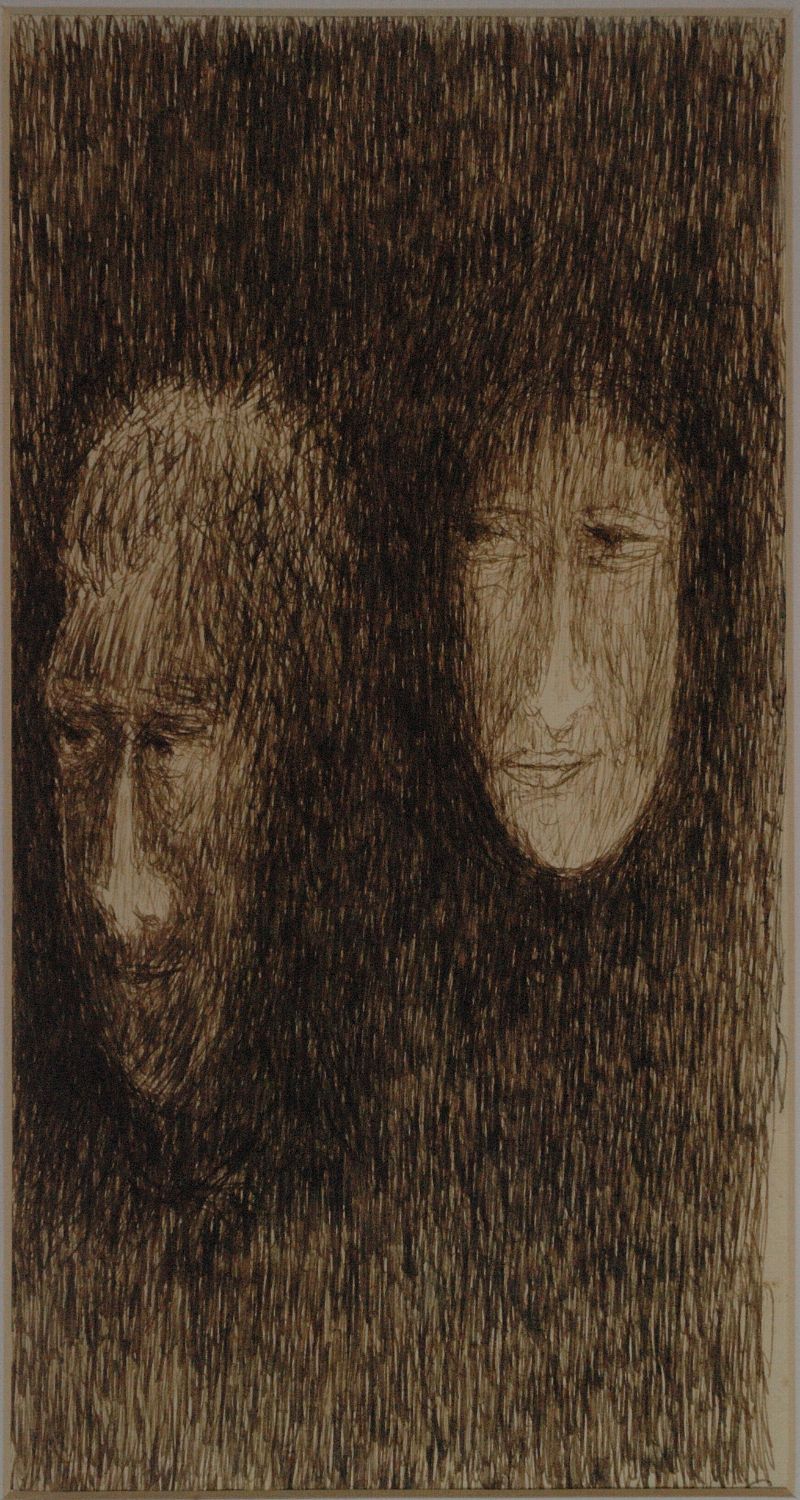
Two Faces Rabindranath Tagore (1861-1941) | Acc. No. 1266
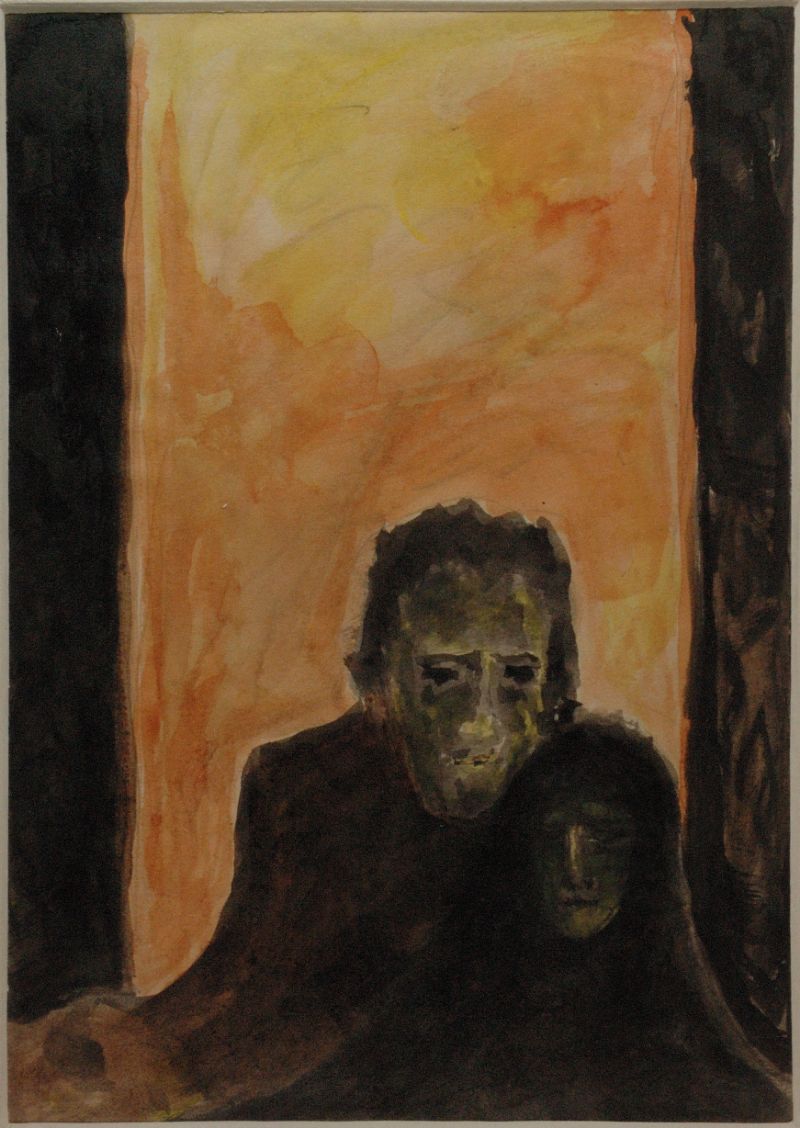
Figures at the Window Rabindranath Tagore (1861-1941) | Acc. No. 1271
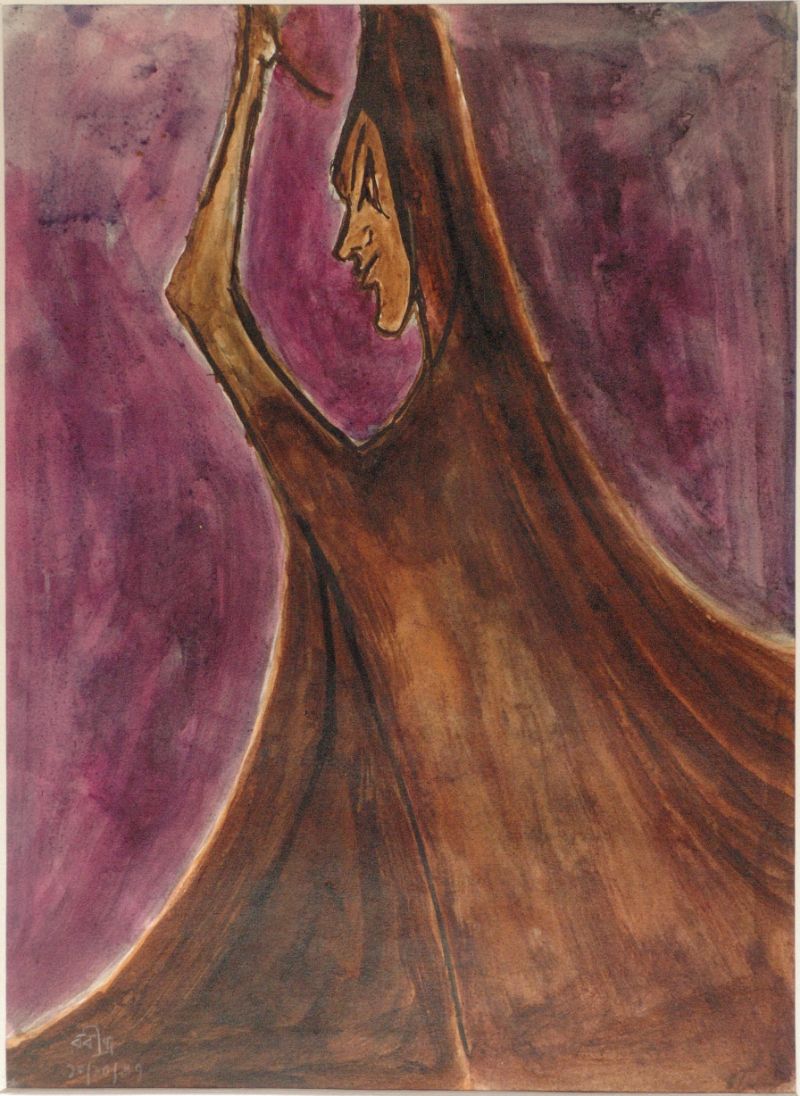
Female Figure Rabindranath Tagore (1861-1941) | Acc. No. 1275
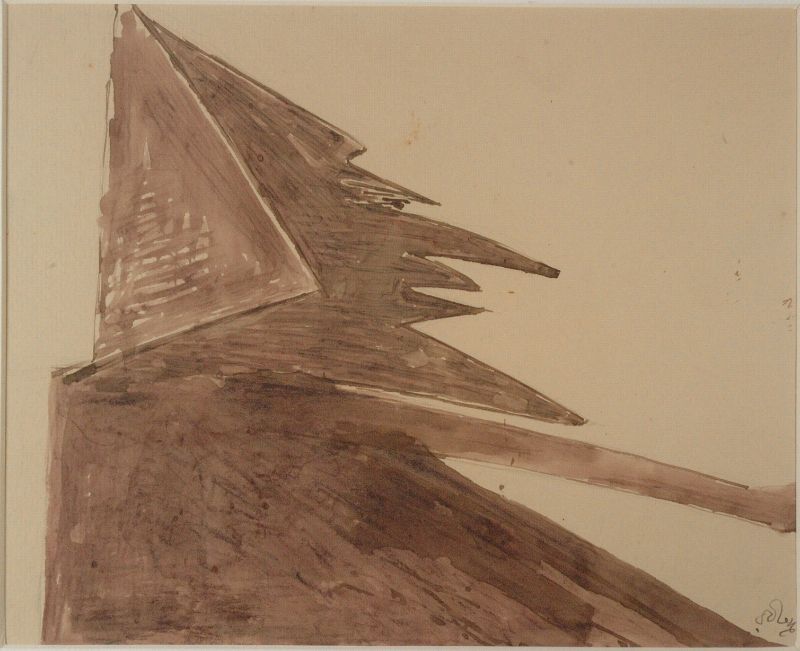
Face Rabindranath Tagore (1861-1941) | Acc. No. 1277
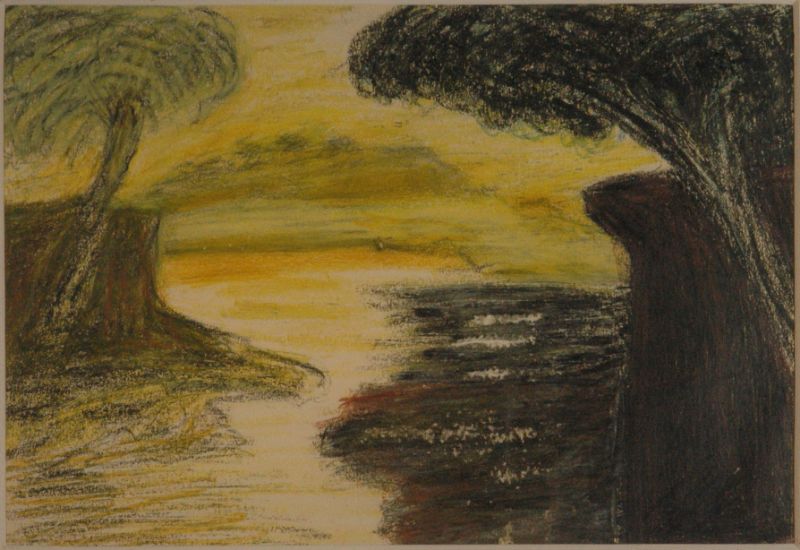
Landscape Rabindranath Tagore (1861-1941) | Acc. No. 1285
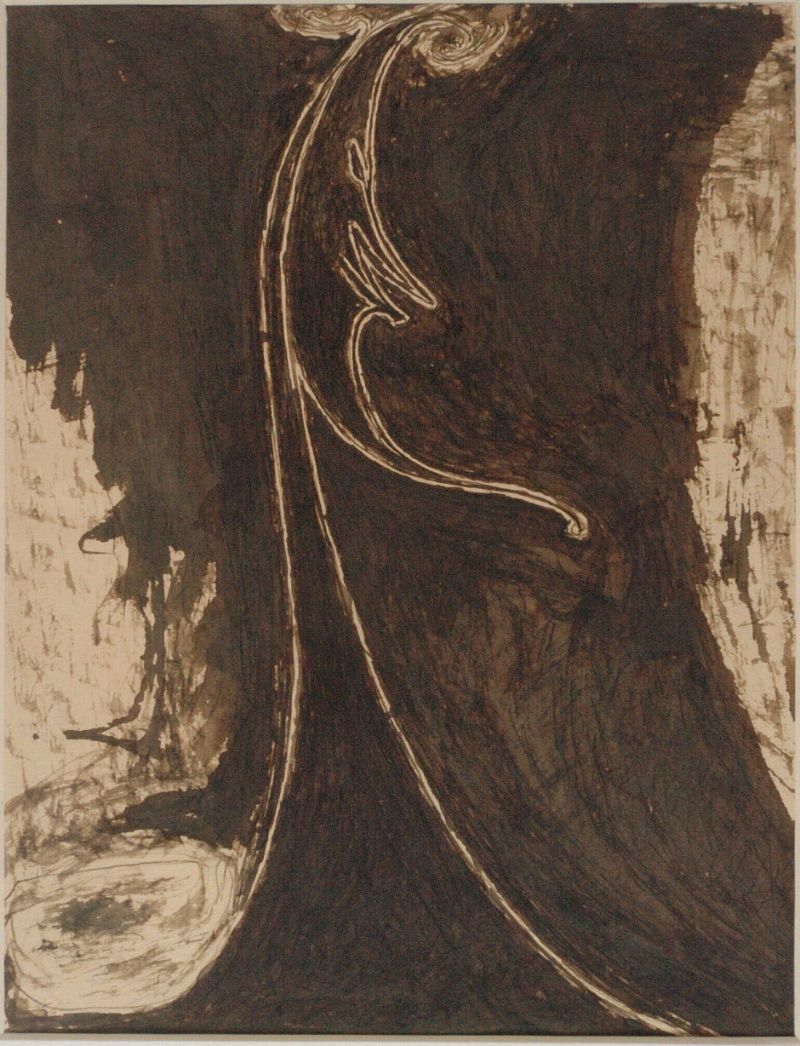
Fantastic Figure Rabindranath Tagore (1861-1941) | Acc. No. 1292
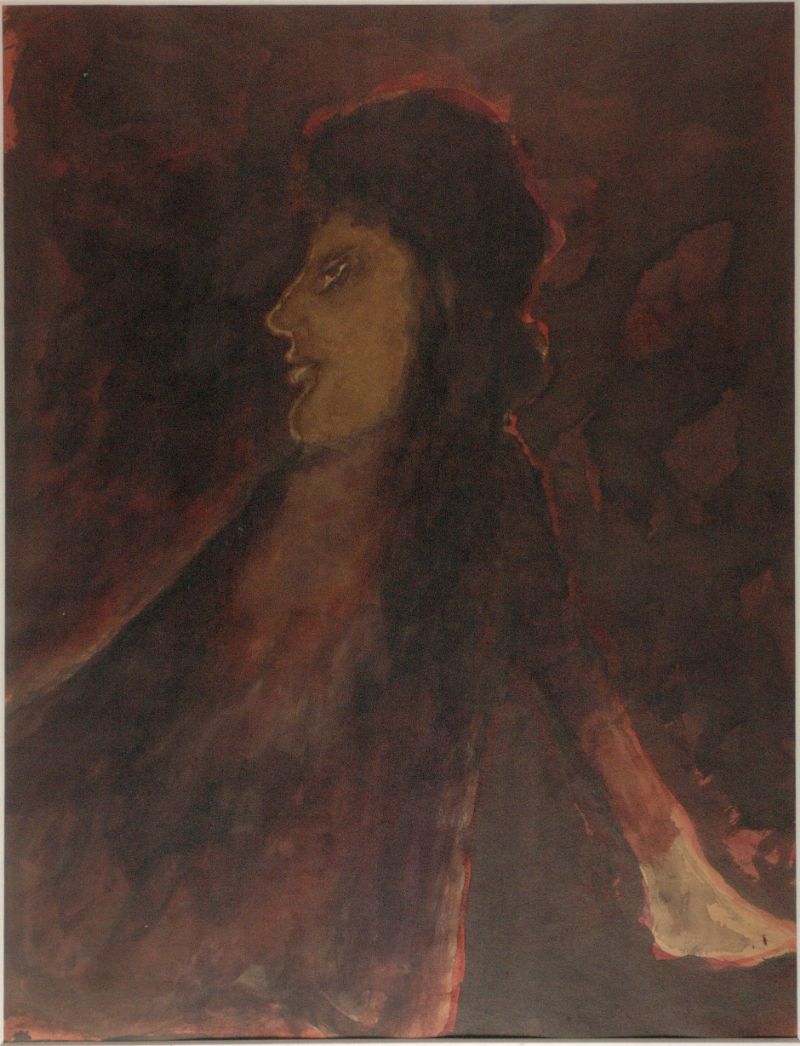
Face Rabindranath Tagore (1861-1941) | Acc. No. 1293
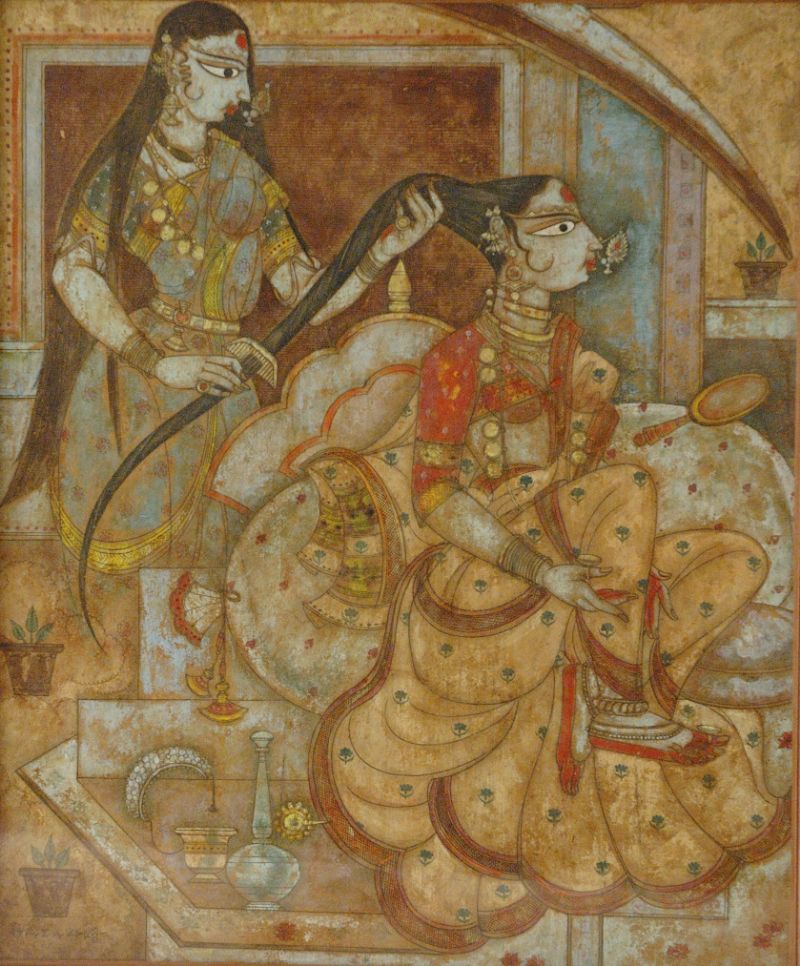
Toilet A. A. Almelkar (1920-1982) | Acc. No. 1390
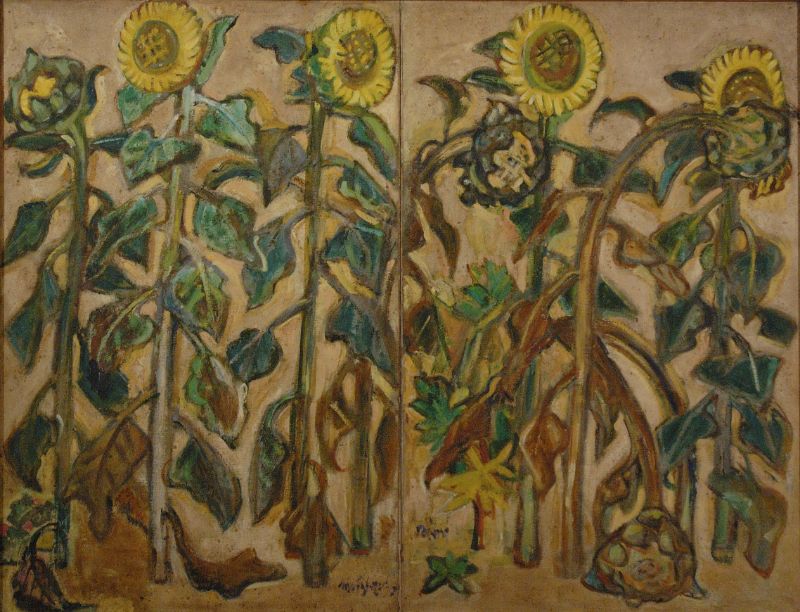
Sun Flowers (Screen) Benodebehari Mukherjee (1904-1980) | Acc. No. 1729

The Christ in the Church Gaganendranath Tagore (1867-1938) | Acc. No. 1750
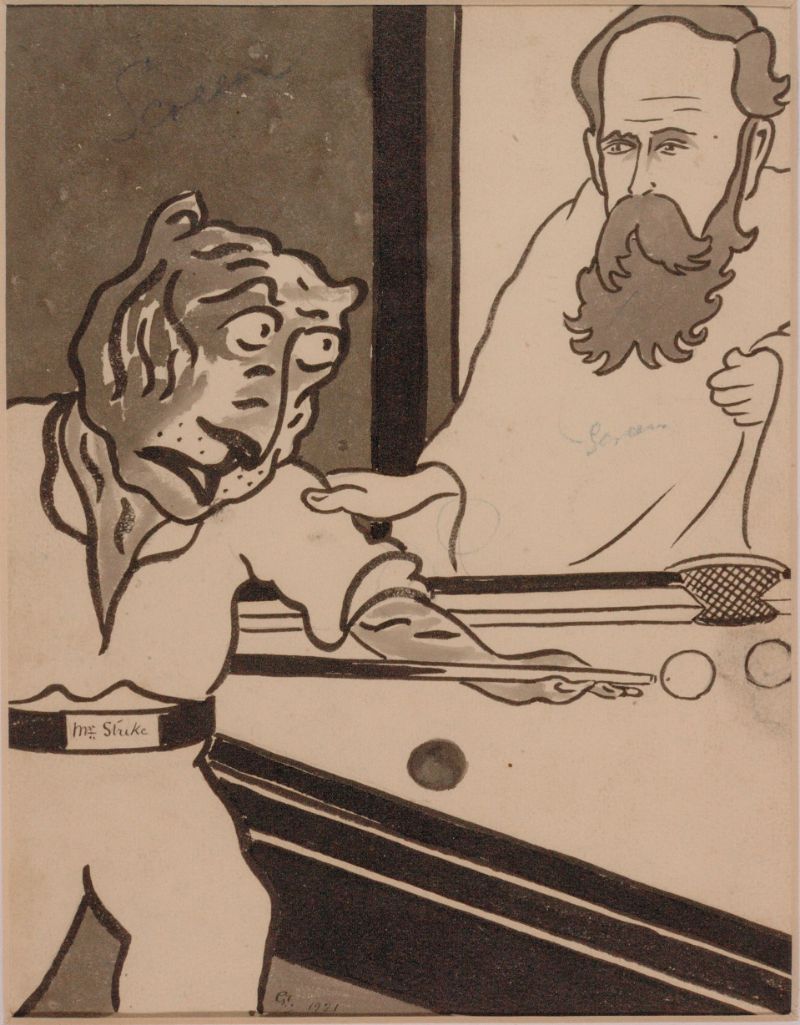
Human Scream Gaganendranath Tagore (1867-1938) | Acc. No. 1751
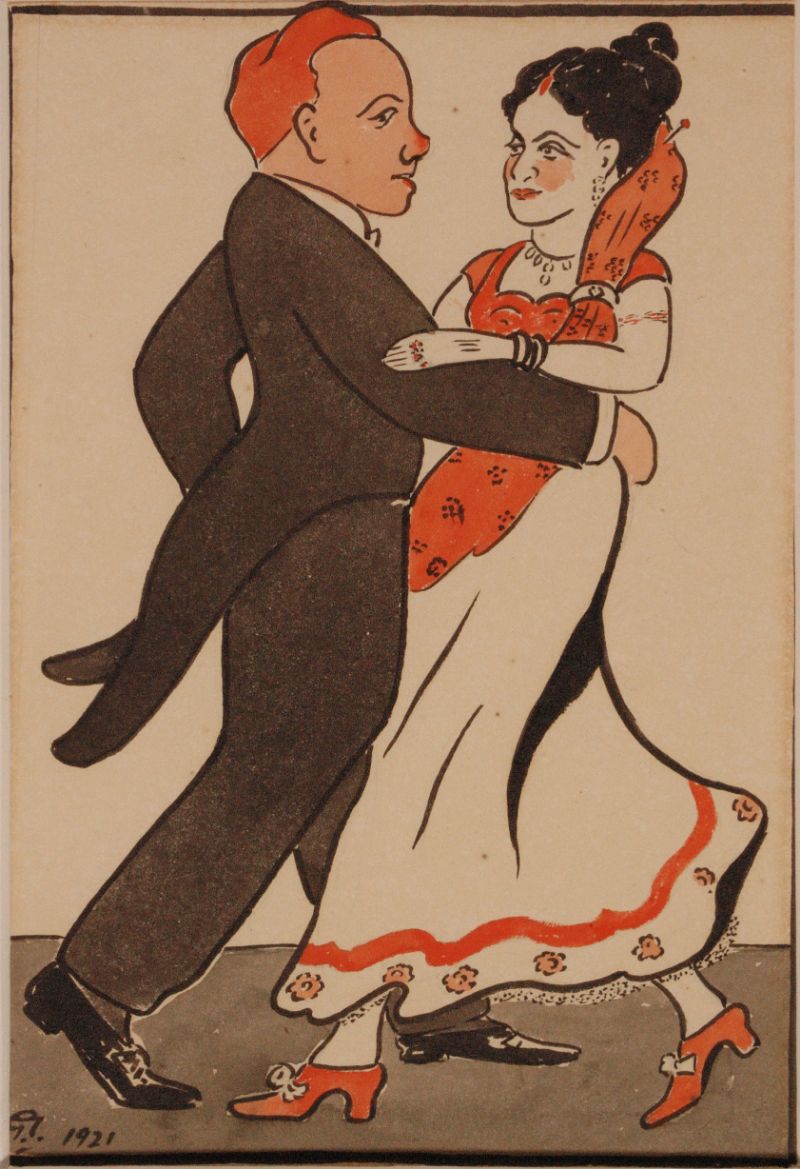
The Dance Gaganendranath Tagore (1867-1938) | Acc. No. 1754

One Without a Second, 1957 S. B. Palsikar (1917 - 1984) | Acc. No. 1864
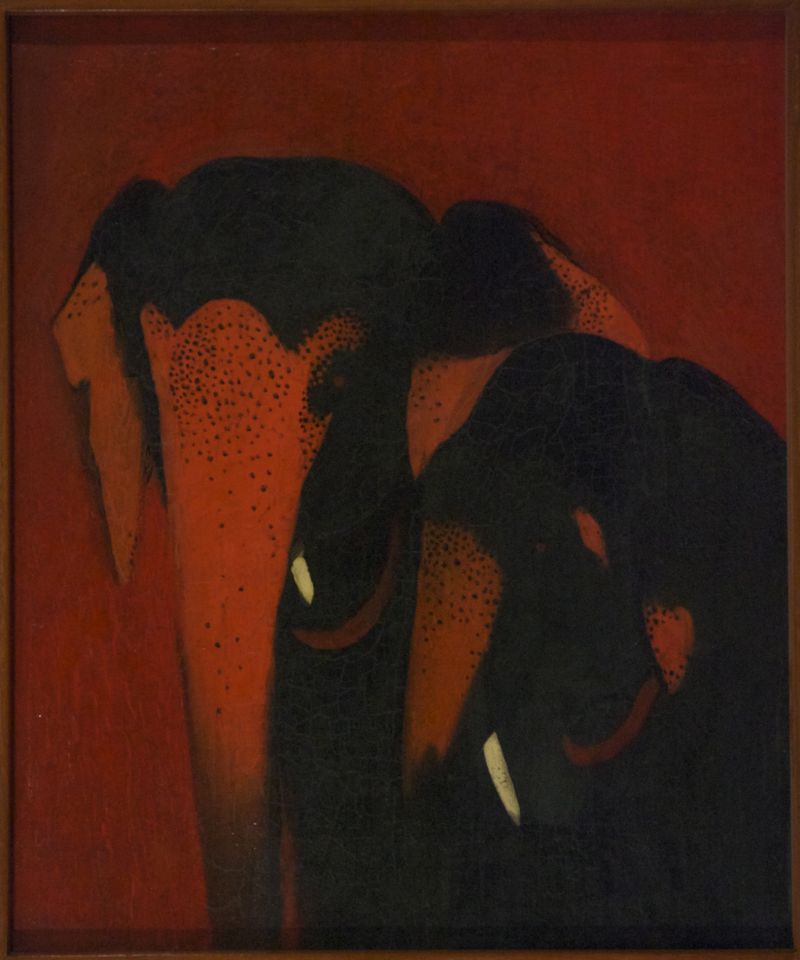
Two Elephants Amrita Sher-Gil (1913-1941) | Acc. No. 1964
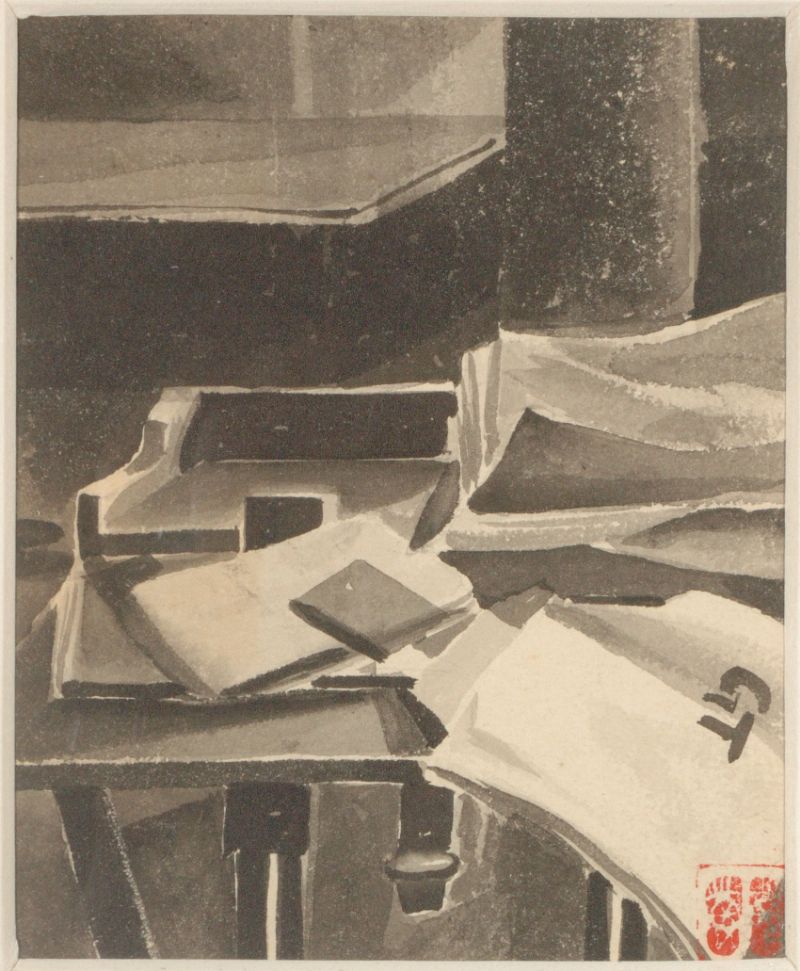
Artist's Studio at Jorasanko House Gaganendranath Tagore (1867-1938) | Acc. No. 2115
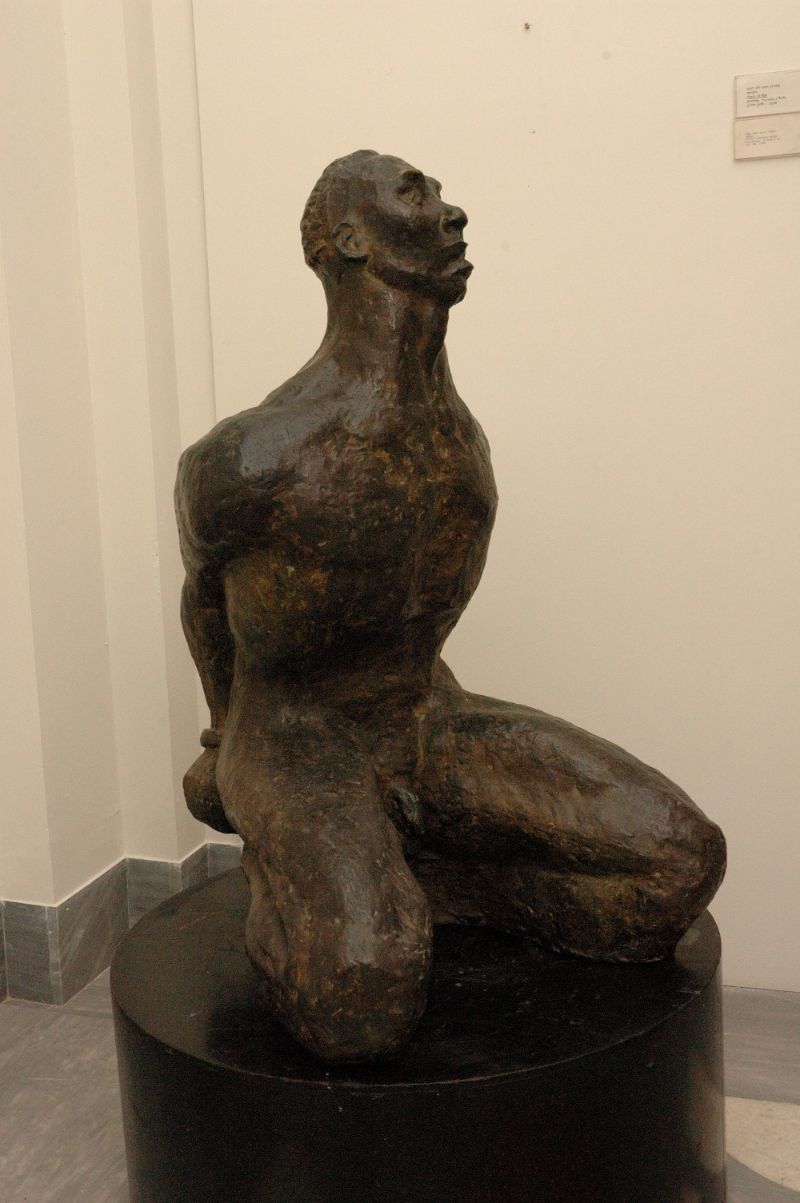
In Bondage Pradosh Das Gupta (1912 - 1991) | Acc. No. 2184
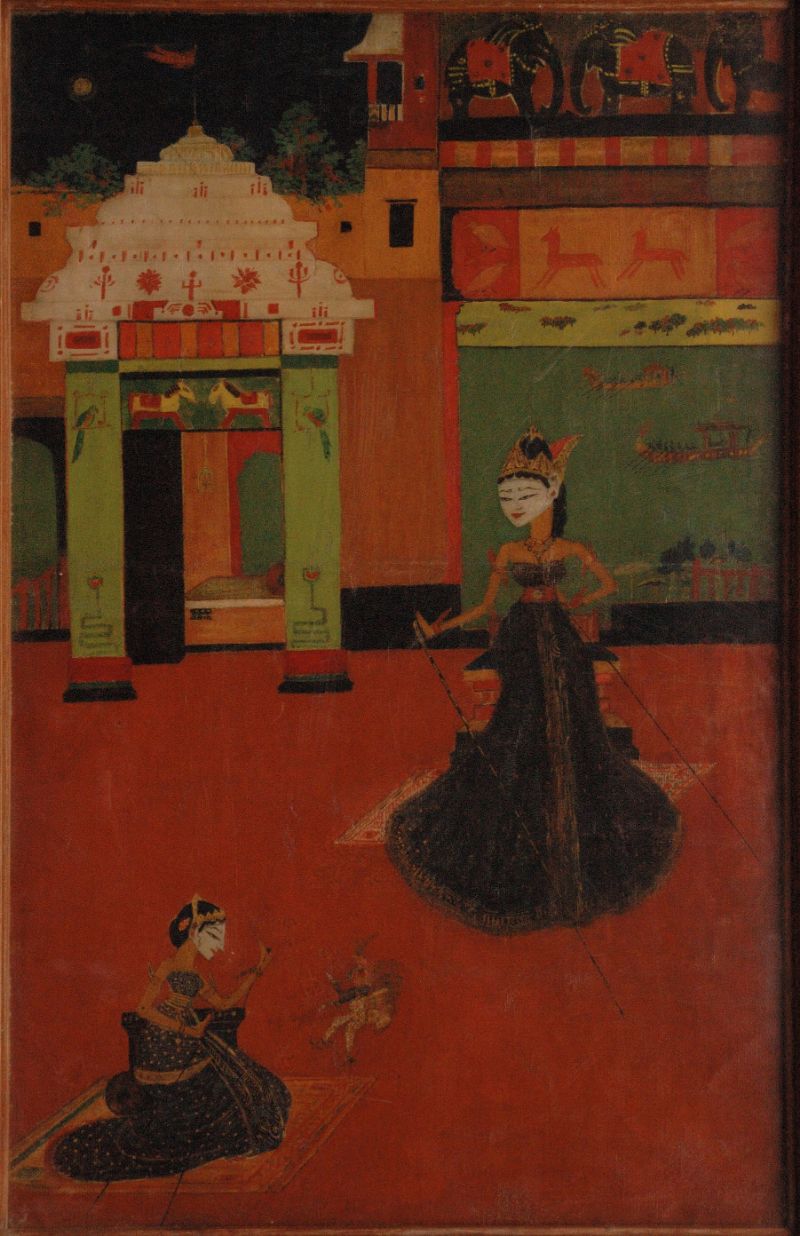
Love Messenger Gaganendranath Tagore (1867-1938) | Acc. No. 2332
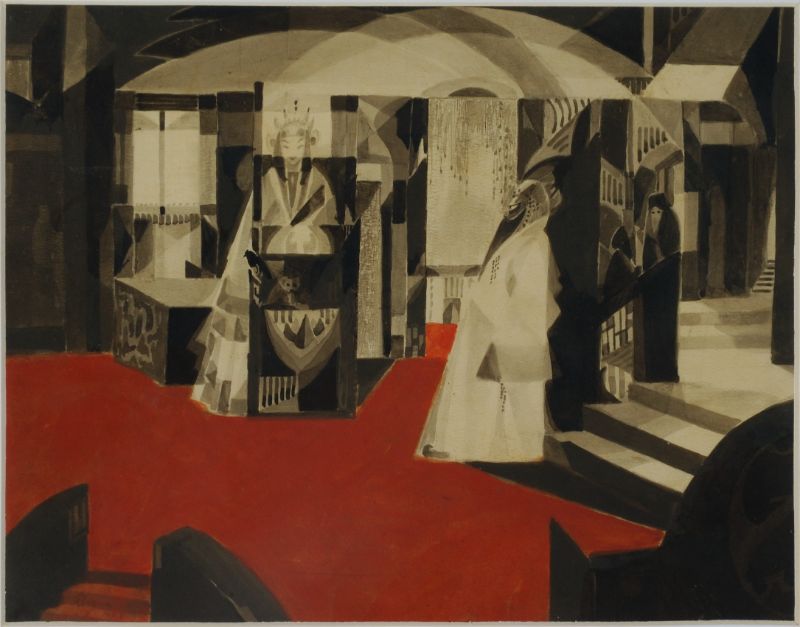
Magician GGaganendranath Tagore (1867-1938) | Acc. No. 2333
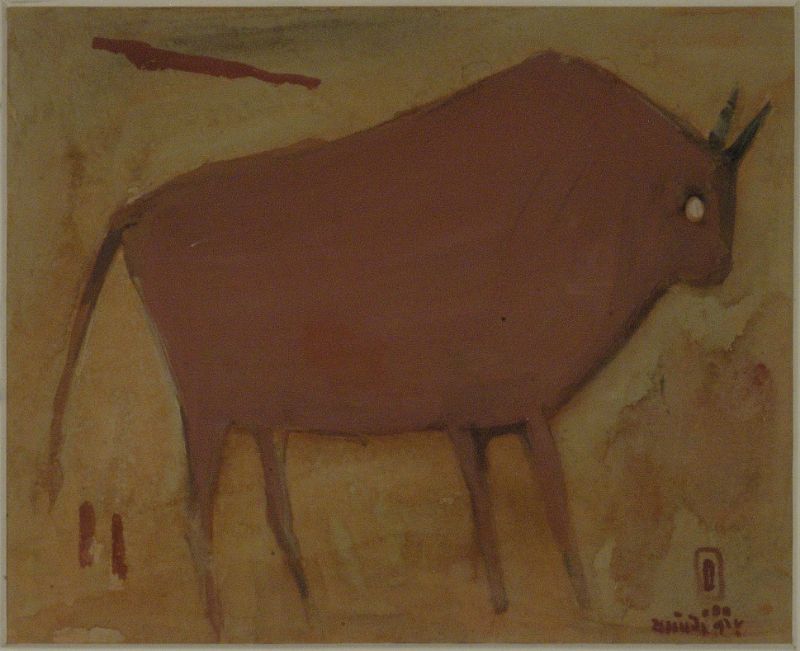
Bull Jamini Roy (1887-1972) | Acc. No. 3062
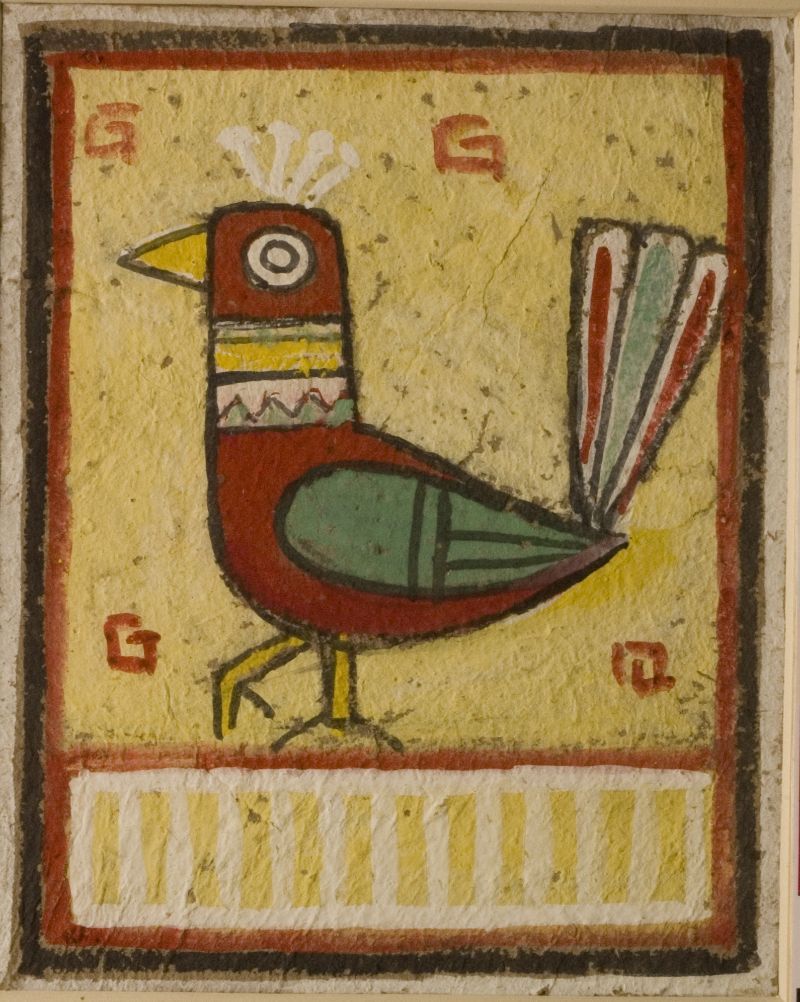
Bird Jamini Roy (1887 - 1972) | Acc. No. 3111
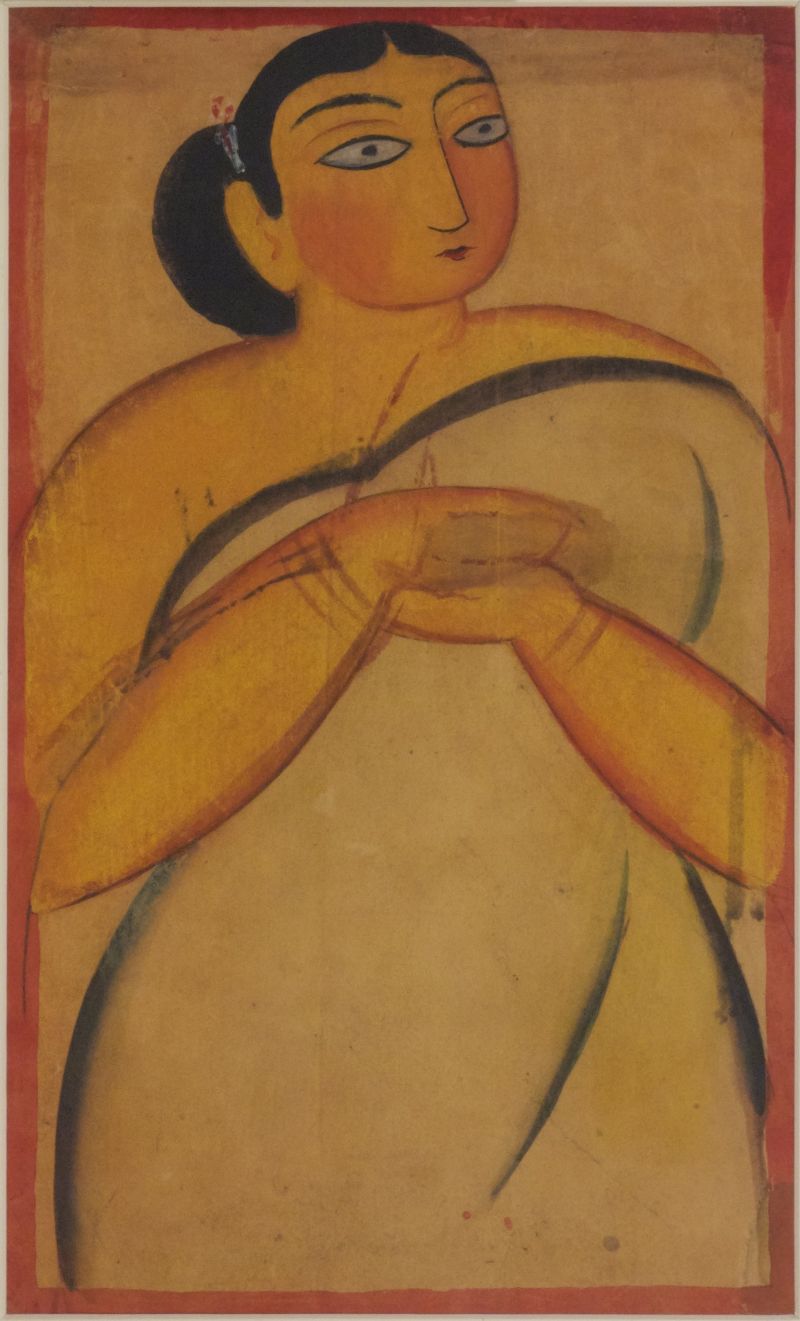
Woman Jamini Roy (1887 - 1972) | Acc. No. 3121
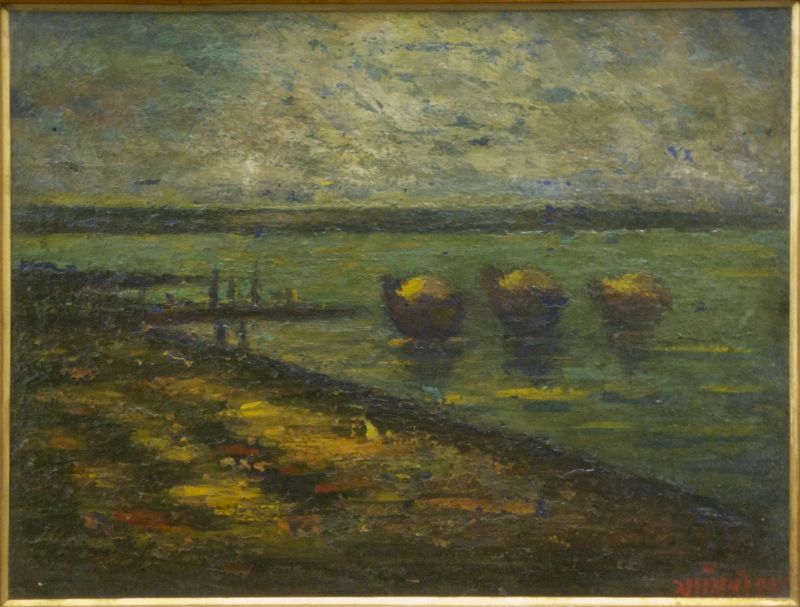
Landscape (3 Boats) Jamini Roy (1887-1972) | Acc. No. 3133

Yashoda and Krishna Jamini Roy (1887-1972) | Acc. No. 3134
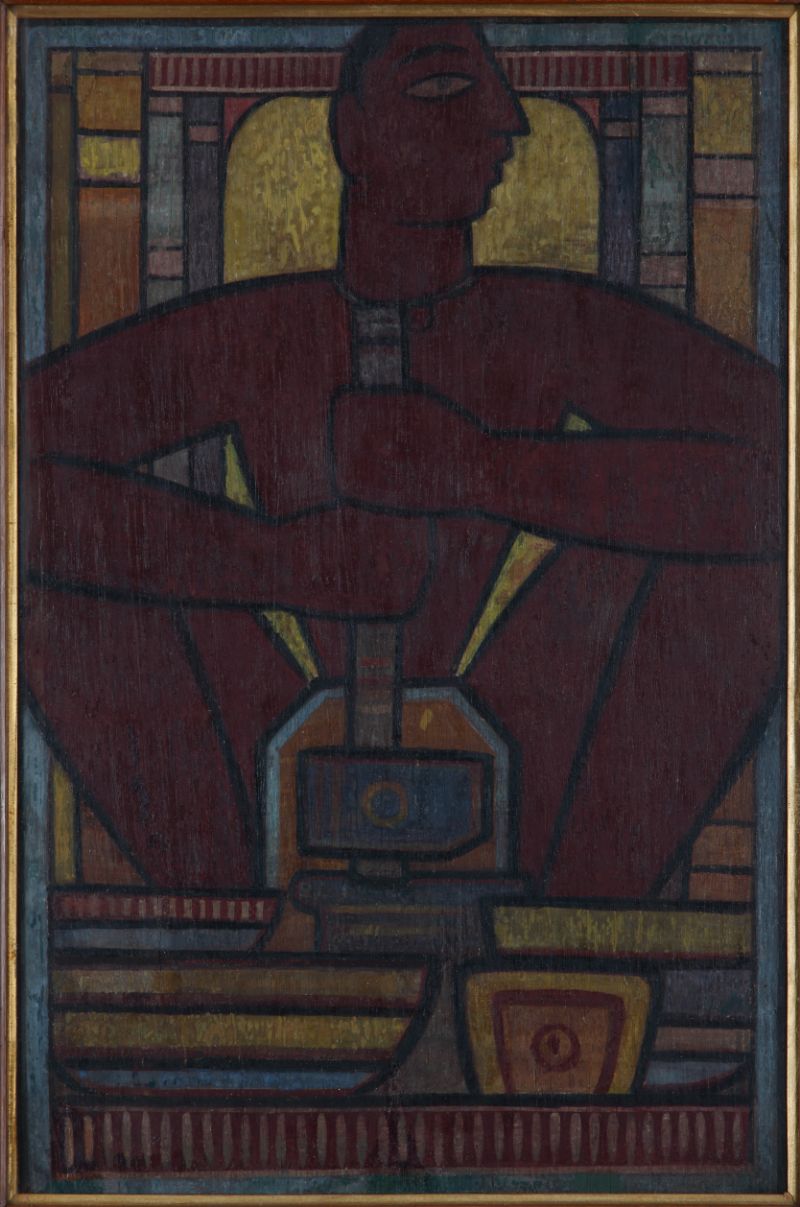
Blacksmith-I (Double Picture Made) Jamini Roy (1887-1972) | Acc. No. 3138
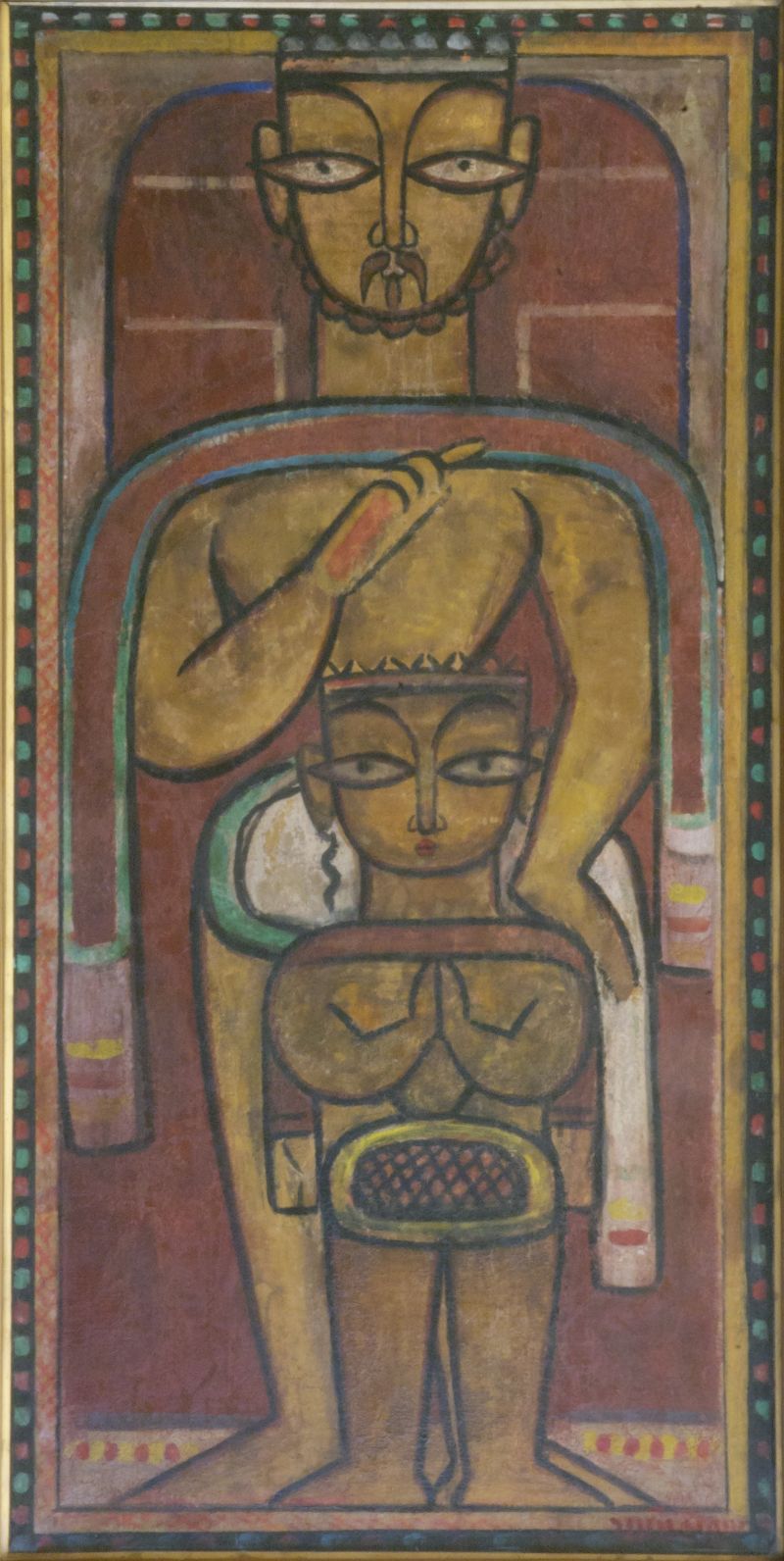
Christ and a Boy Jamini Roy (1887-1972) | Acc. No. 3140

Drummer-IIJamini Roy (1887-1972) | Acc. No. 3140
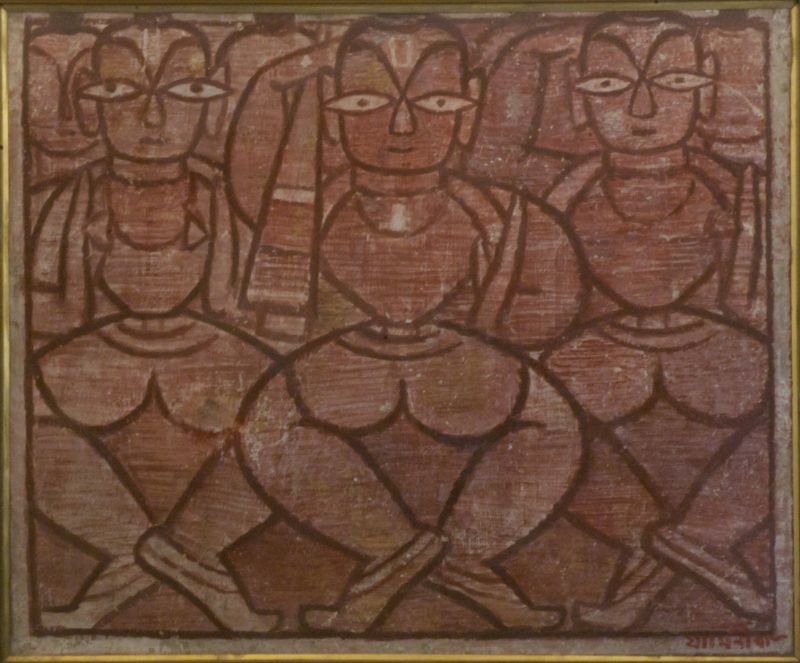
VaishnavasJamini Roy (1887-1972) | Acc. No. 3147
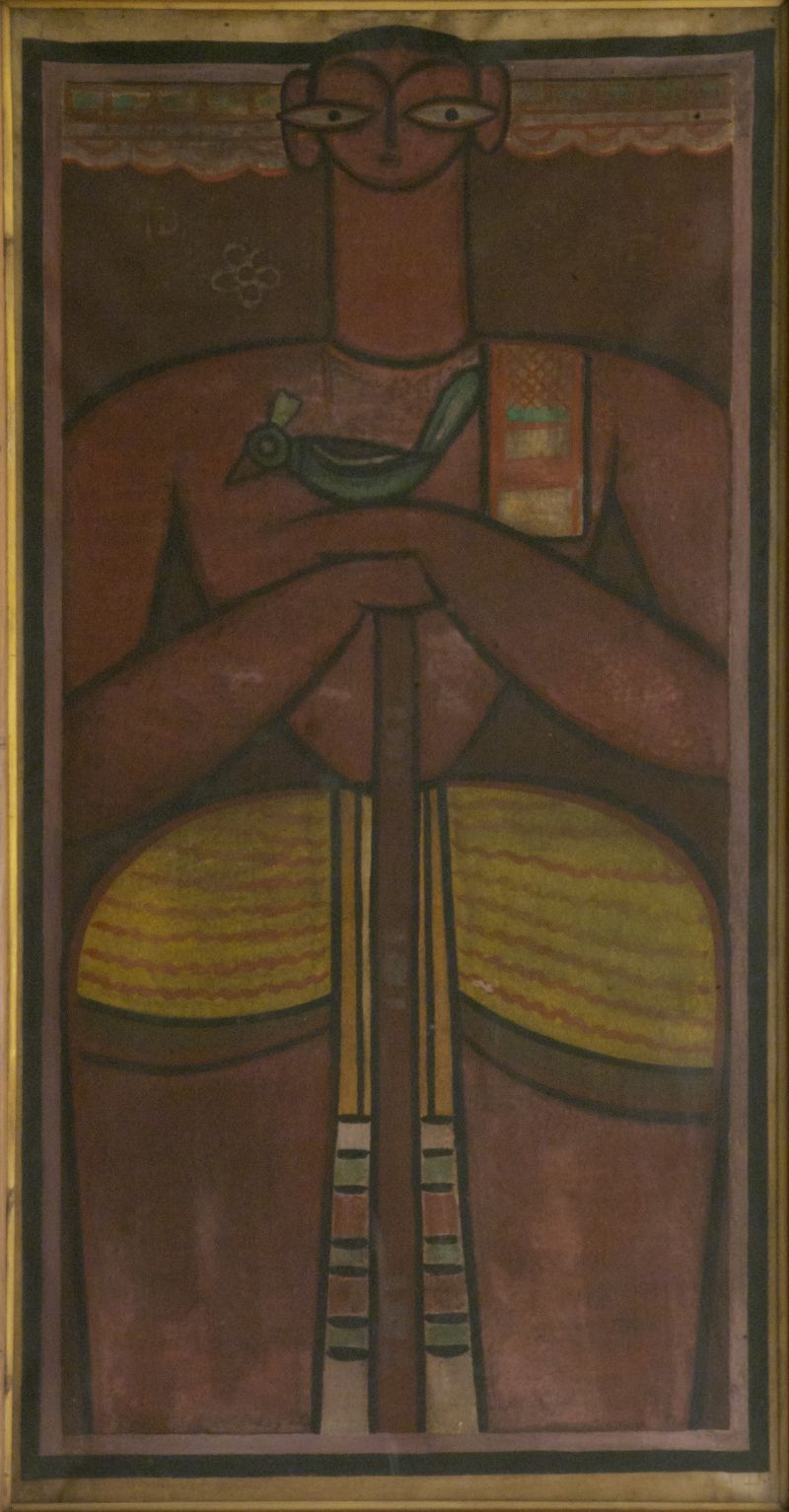
Man with a BirdJamini Roy (1887-1972) | Acc. No. 3150
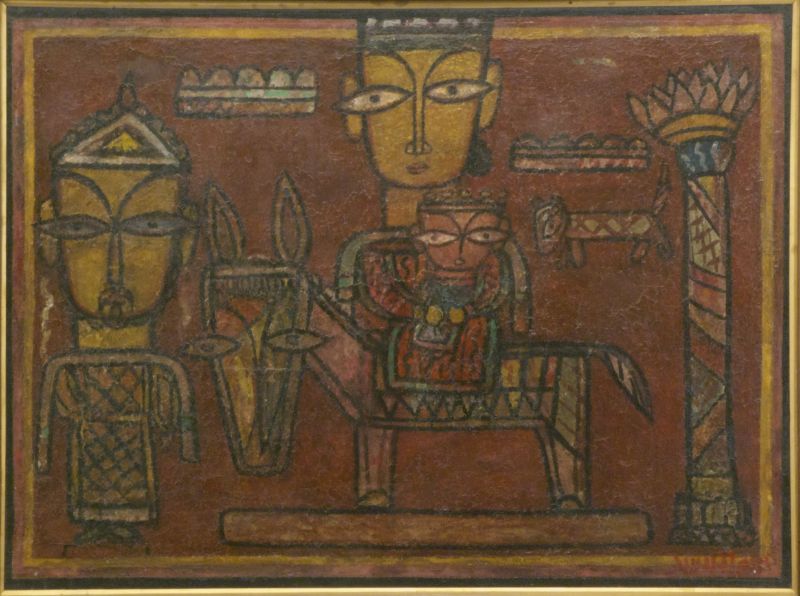
Flight to EgyptJamini Roy (1887-1972) | Acc. No. 3155
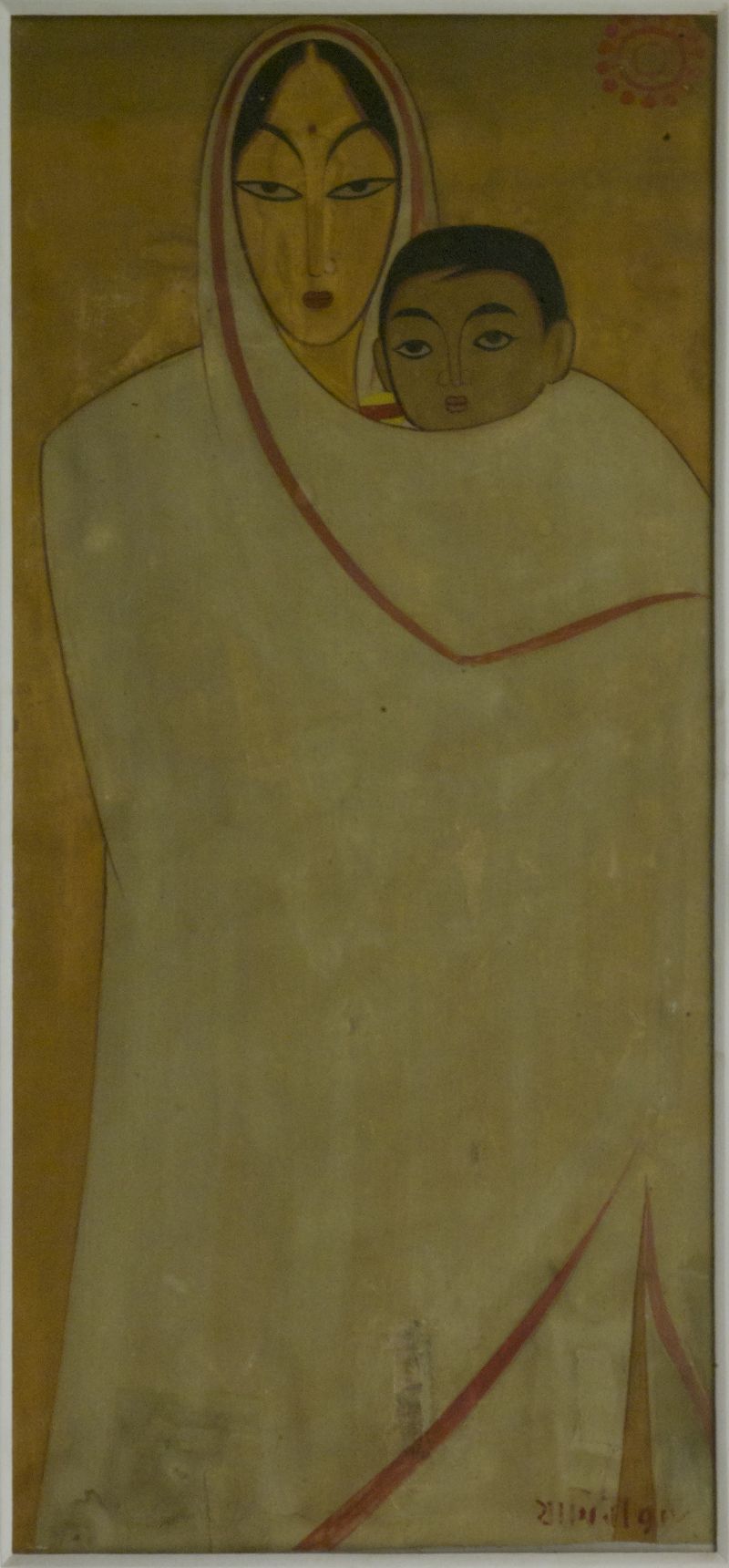
Mother and Child (White Border)Jamini Roy (1887-1972) | Acc. No. 3158
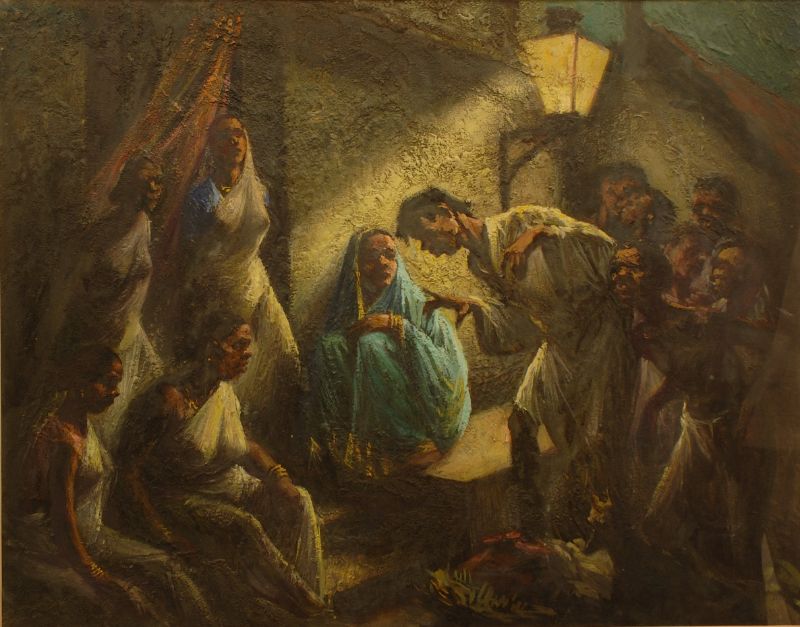
Gandi BastiD. P. RoyChowdhury | Acc. No. 3215 | Oil on Paper
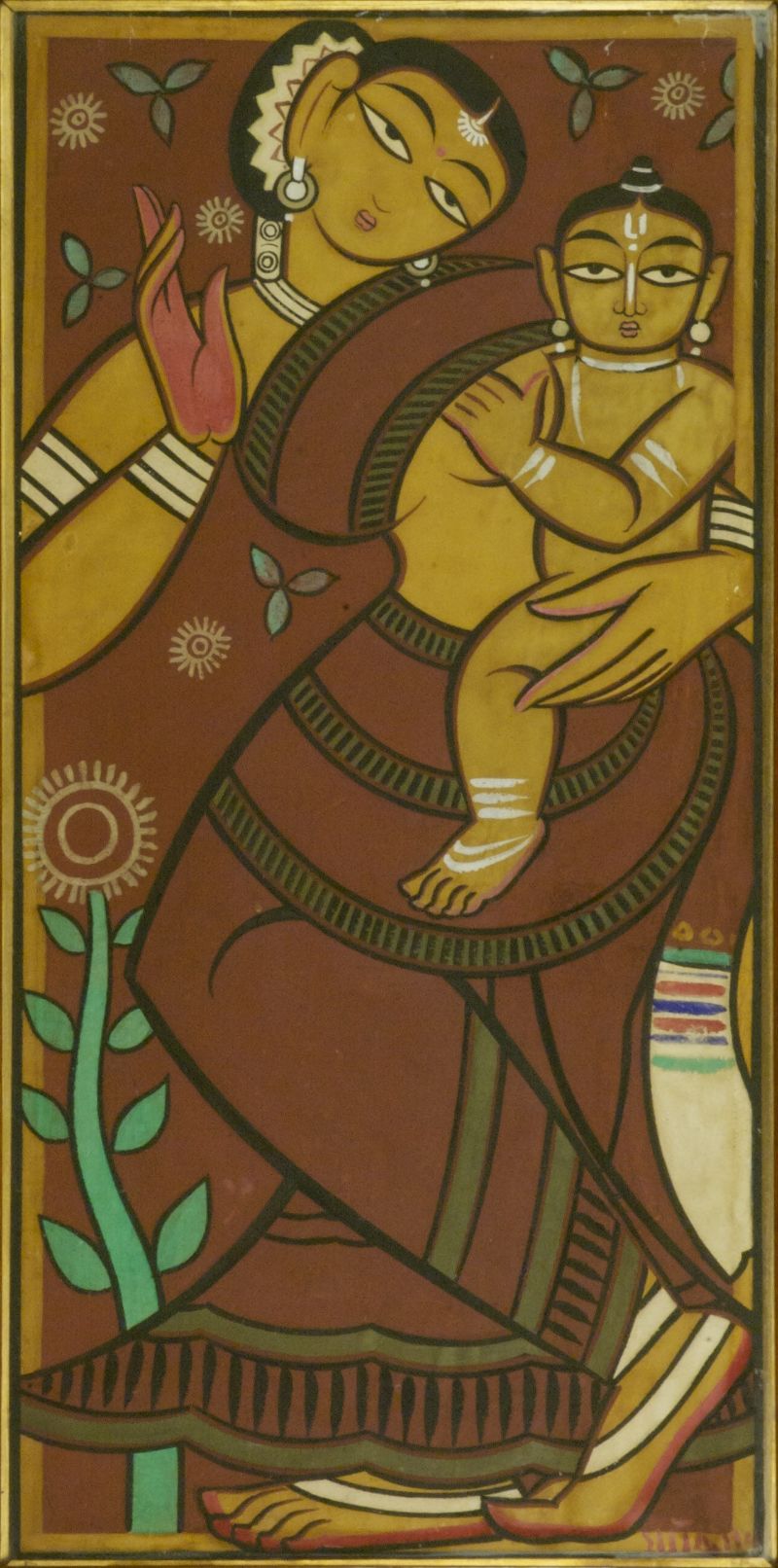
Mother and ChildJamini Roy (1887-1972) | Acc. No. 3246
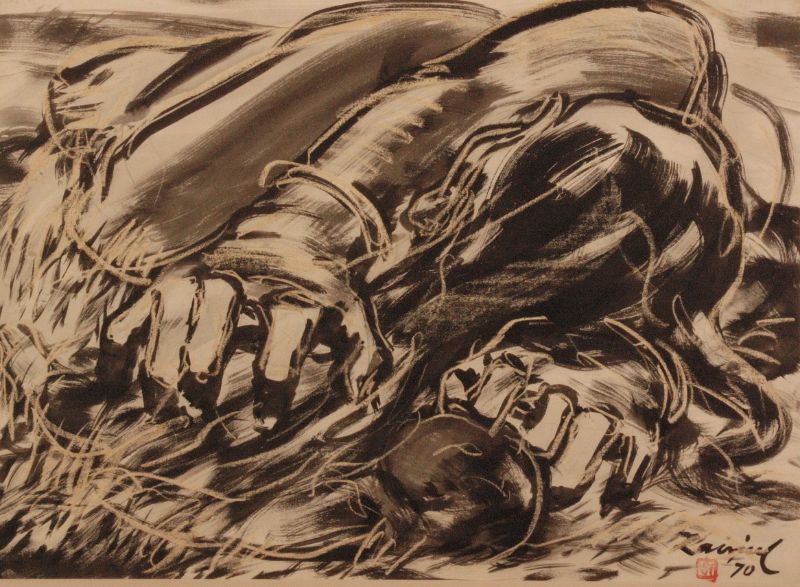
GorkiZainul Abedin | Acc. No. 3383 | Watercolor on Paper
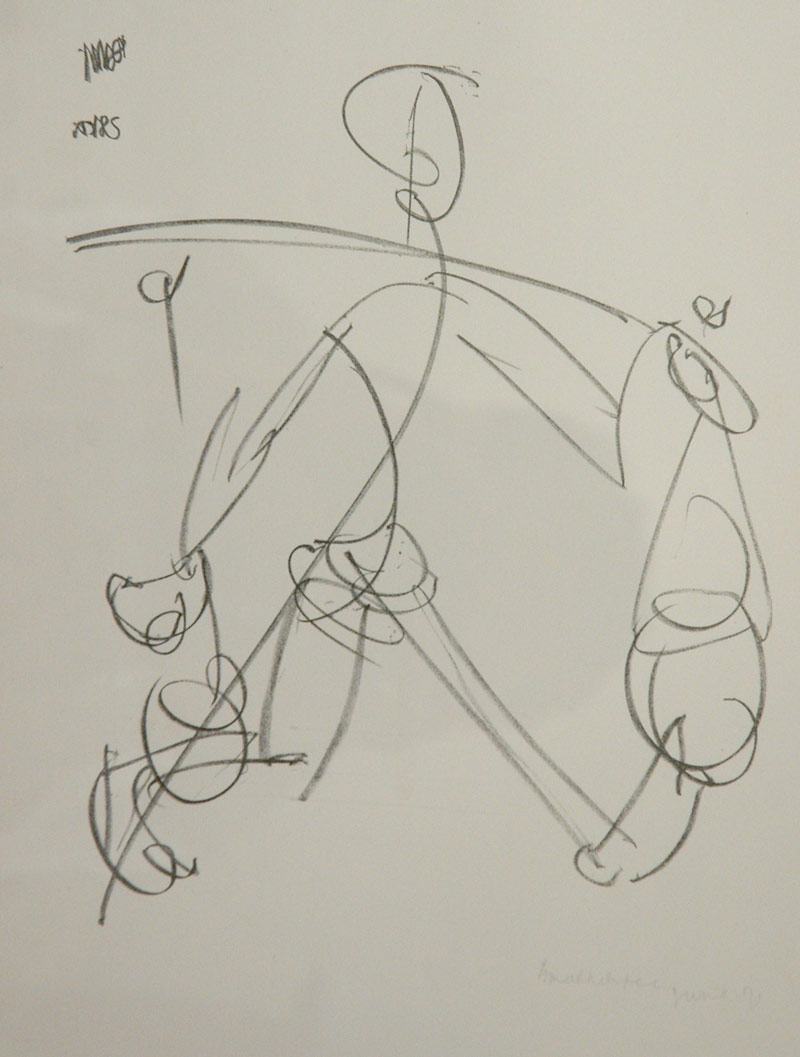
No TitleBinode Bihari Mukherji | Acc. No. 3396 | Lithograph Print
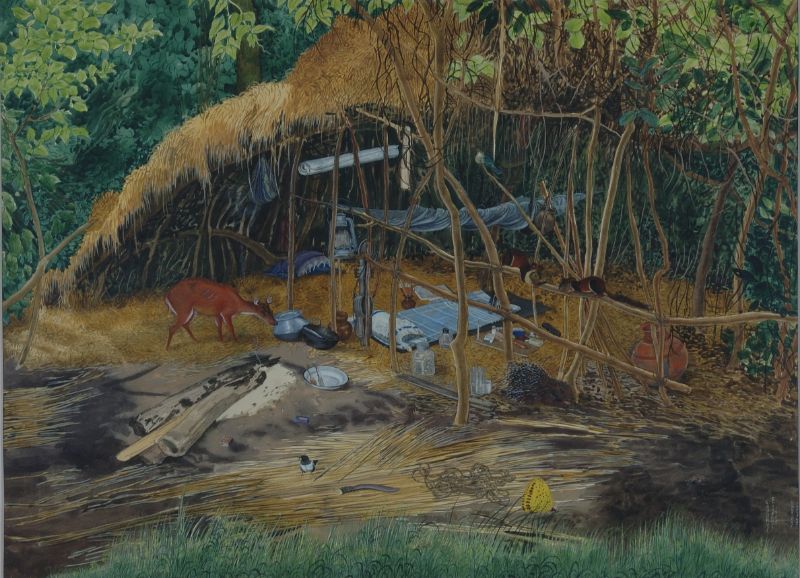
Wild Life Painters CampS. Basu Roy Choudhury | Acc. No. 3940 | Watercolor on Paper
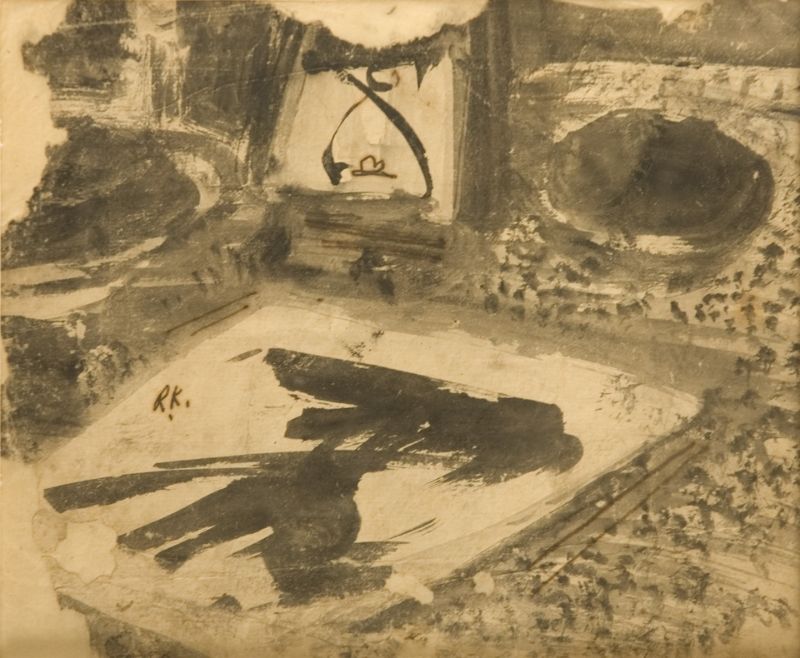
ImprovisationRamkinkar Baij | Acc. No. 4350 | Watercolor on Paper
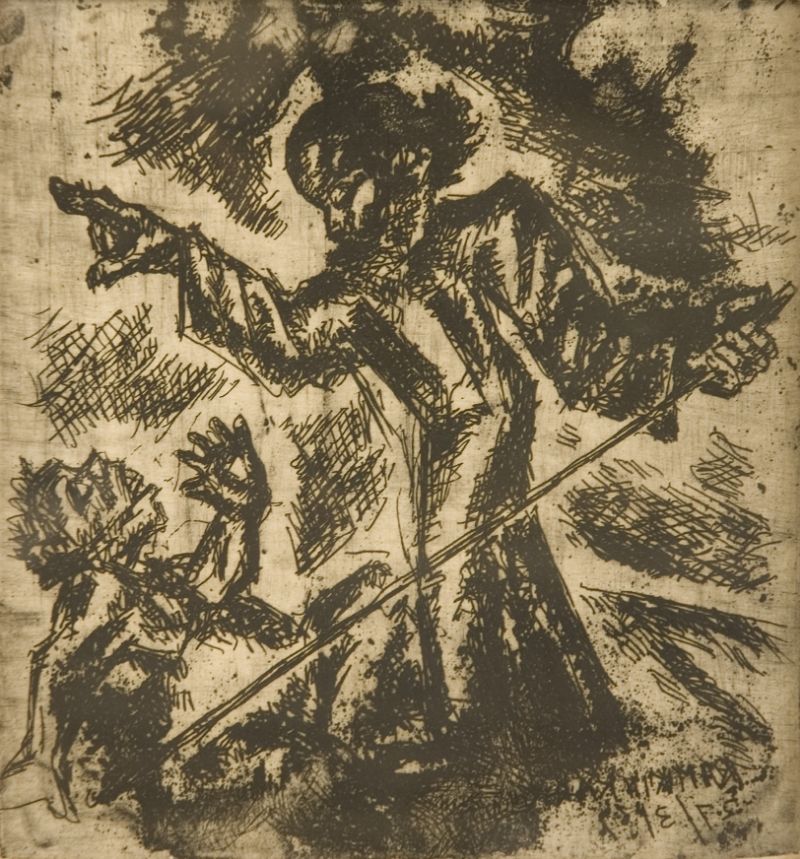
Two figuresRamkinkar Baij | Acc. No. 4385 | Etching Print
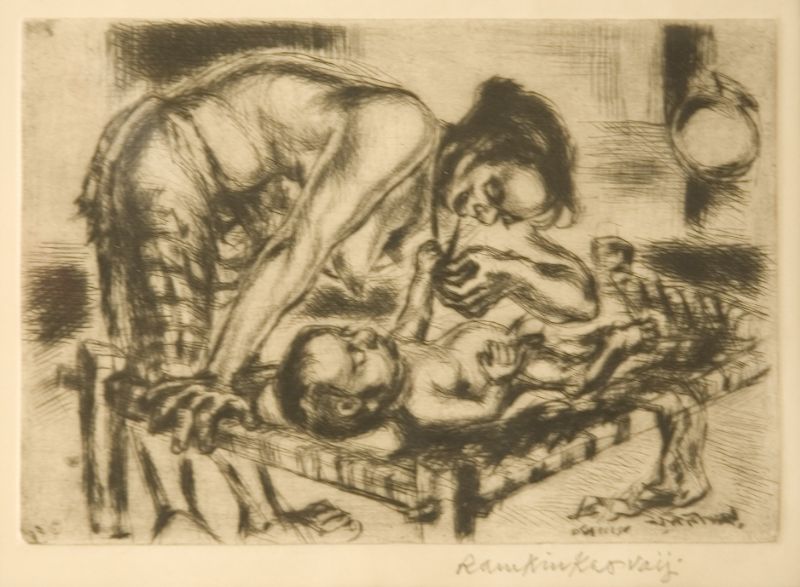
Mother and ChildRamkinkar Baij | Acc. No. 4399 | Etching Print
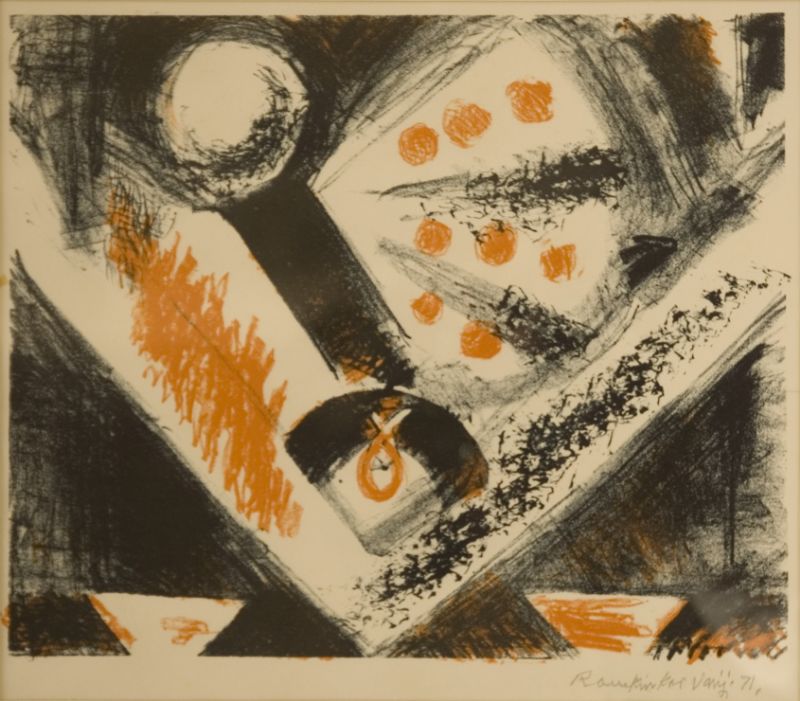
An abstract compositionRamkinkar Baij | Acc. No. 4405
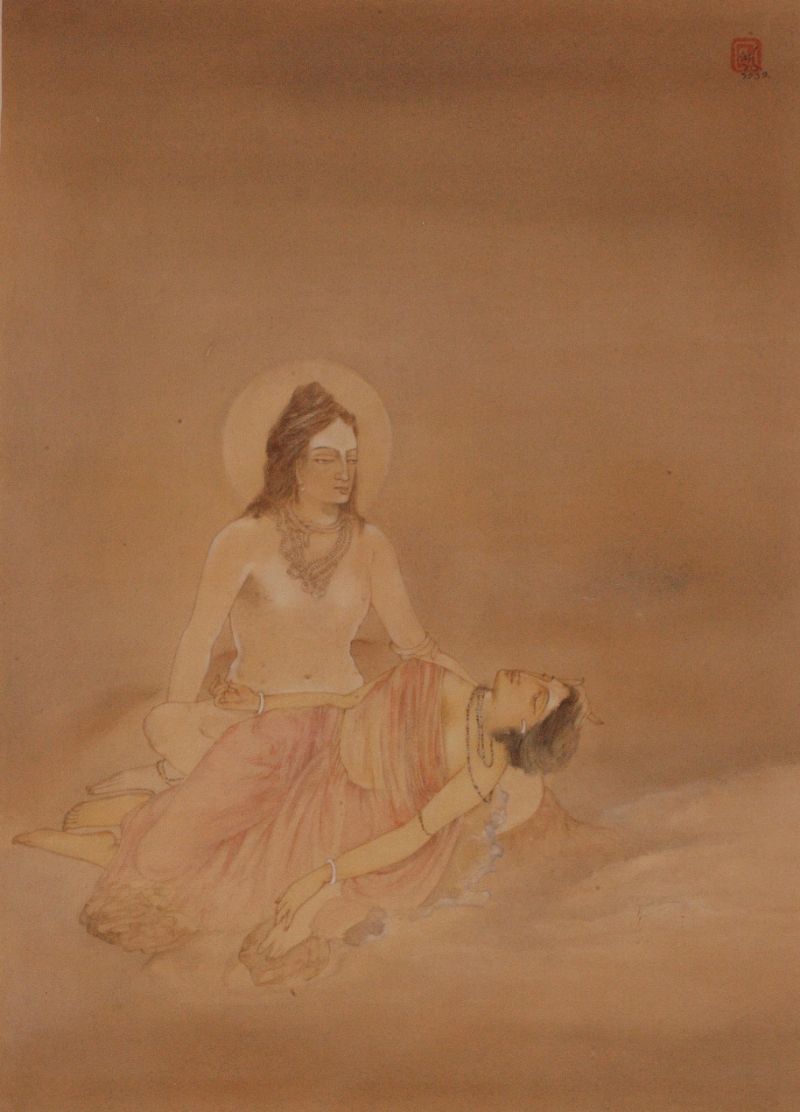
Siva and SatiNandalal Bose | Acc. No. 4793 | Wash and tempera on paper
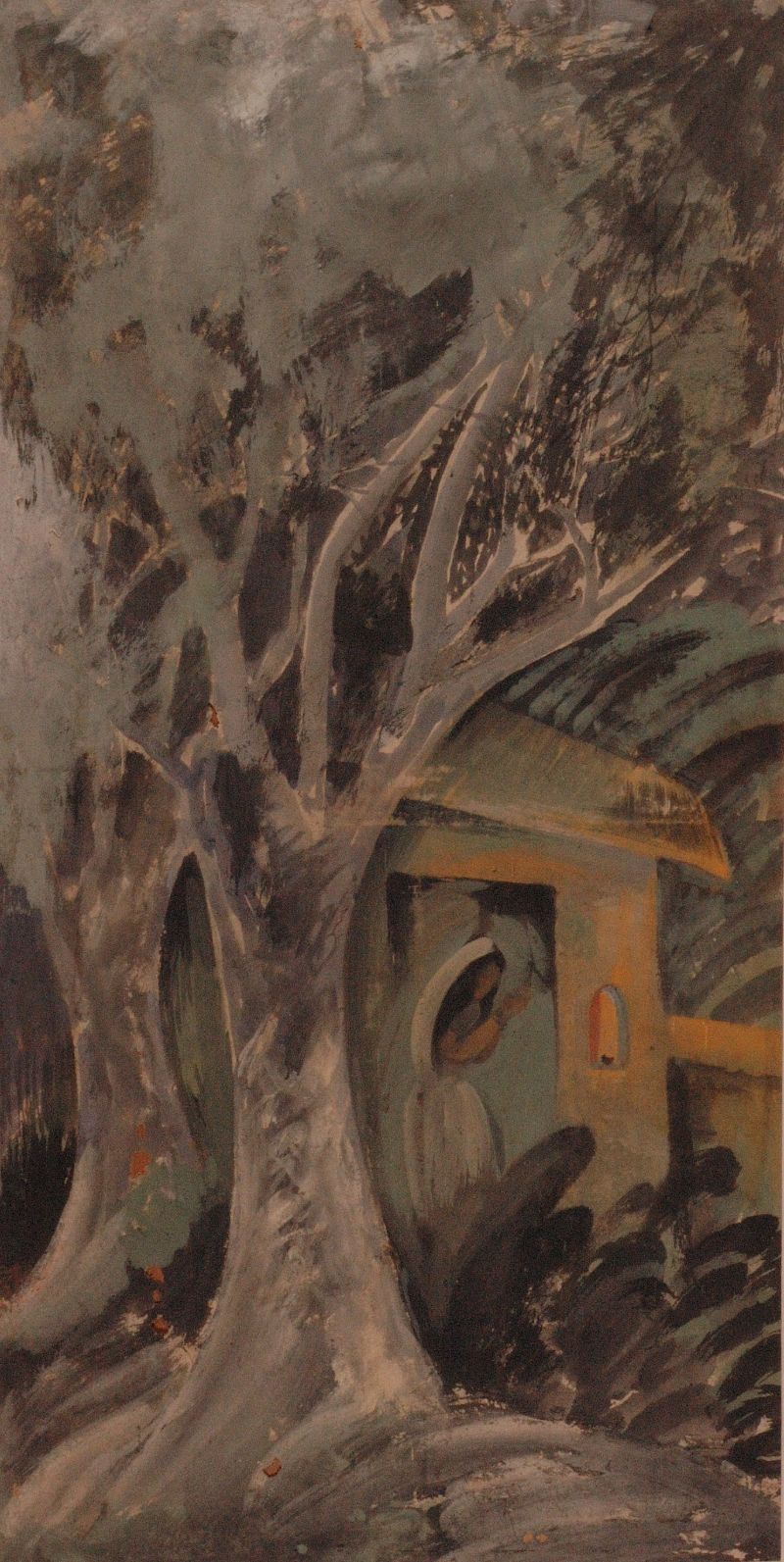
Evening Lamp (Autumn)Nandalal Bose | Acc. No. 4807 | Tempera on paper
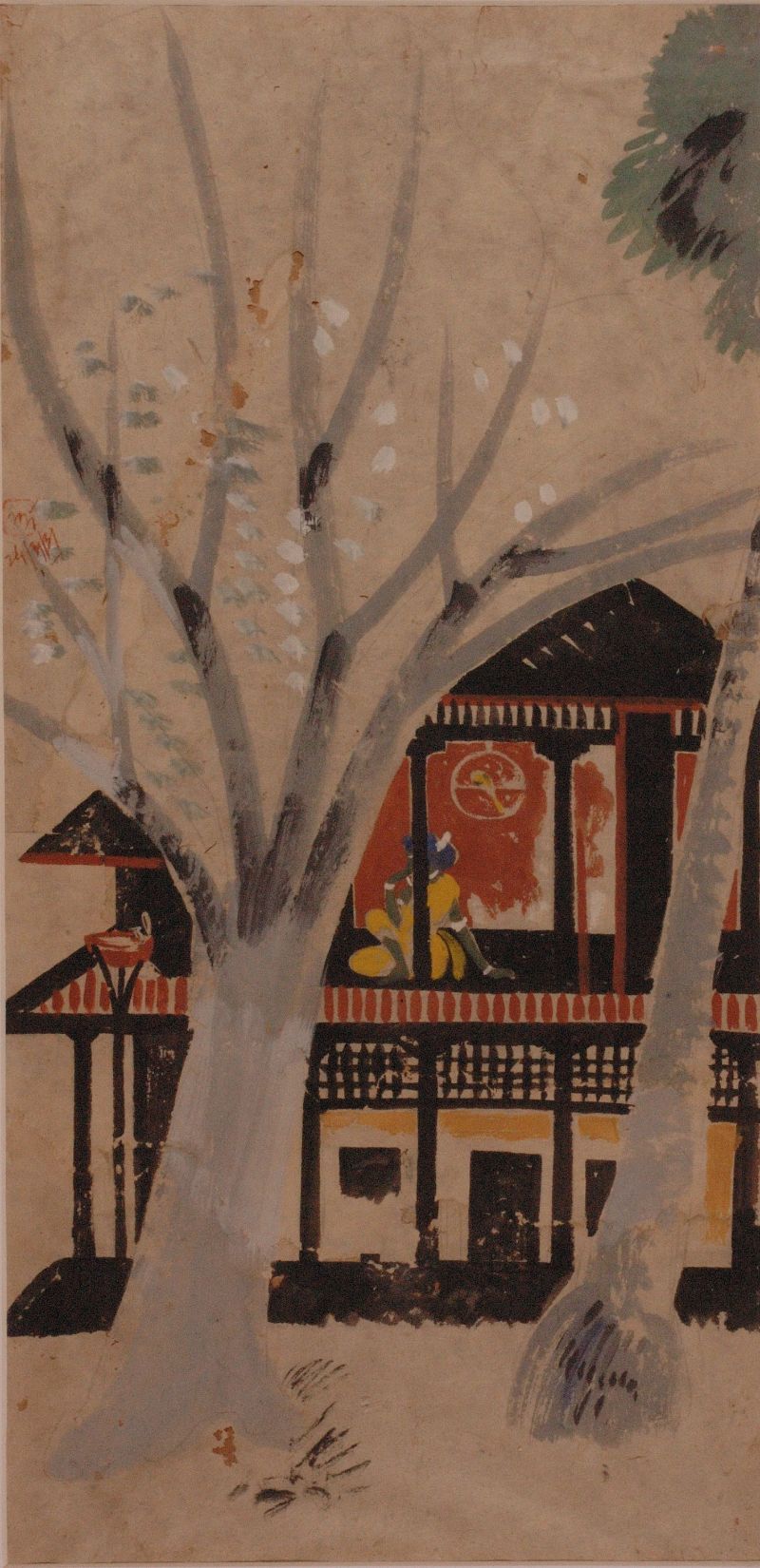
Summer, 1931Nandalal Bose | Acc. No. 4818 | Tempera on paper

Krishna And Balaram With Cows, 1949Nandalal Bose | Acc. No. 4848
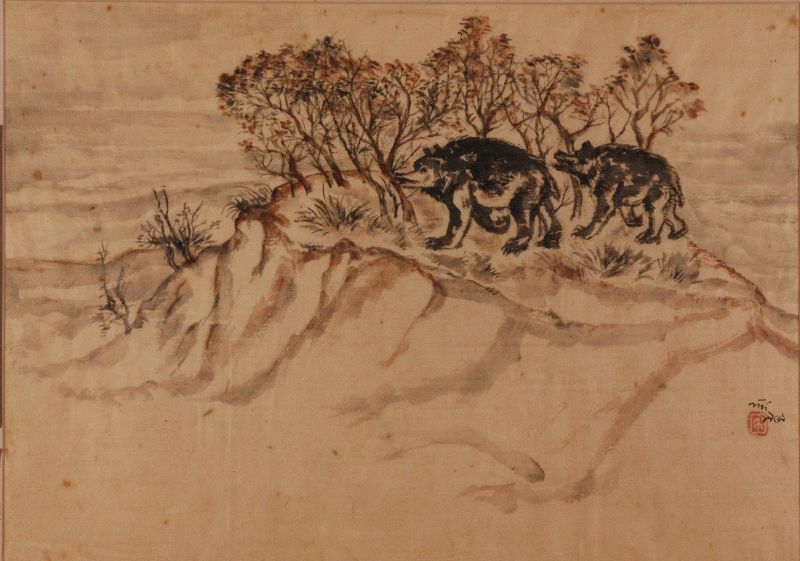
BearsNandalal Bose | Acc. No. 4881 | Watercolor on Paper

Krishna And ArjunaNandalal Bose | Acc. No. 4925 | Watercolor on Paper
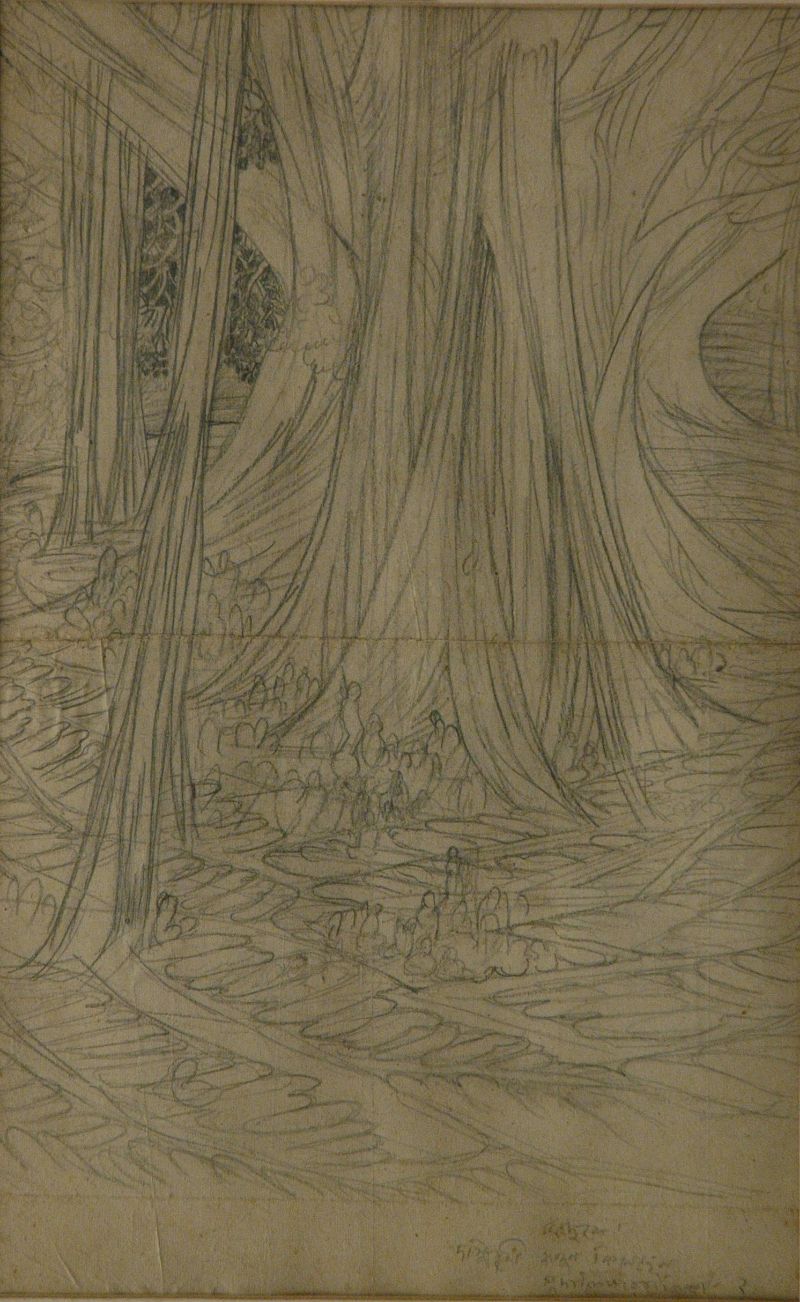
Kenduli Fair, 1928Nandalal Bose | Acc. No. 5230
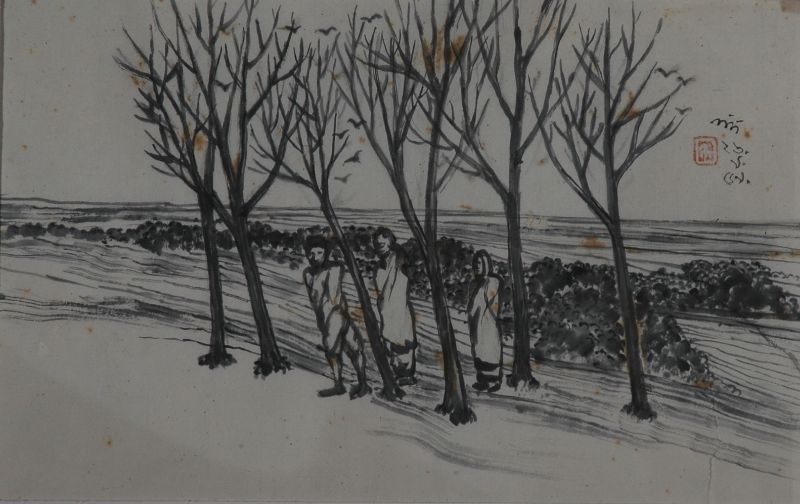
A LandscapeMeera Mukherjee (b.1923) | Acc. No. 5488 | Watercolor on Paper
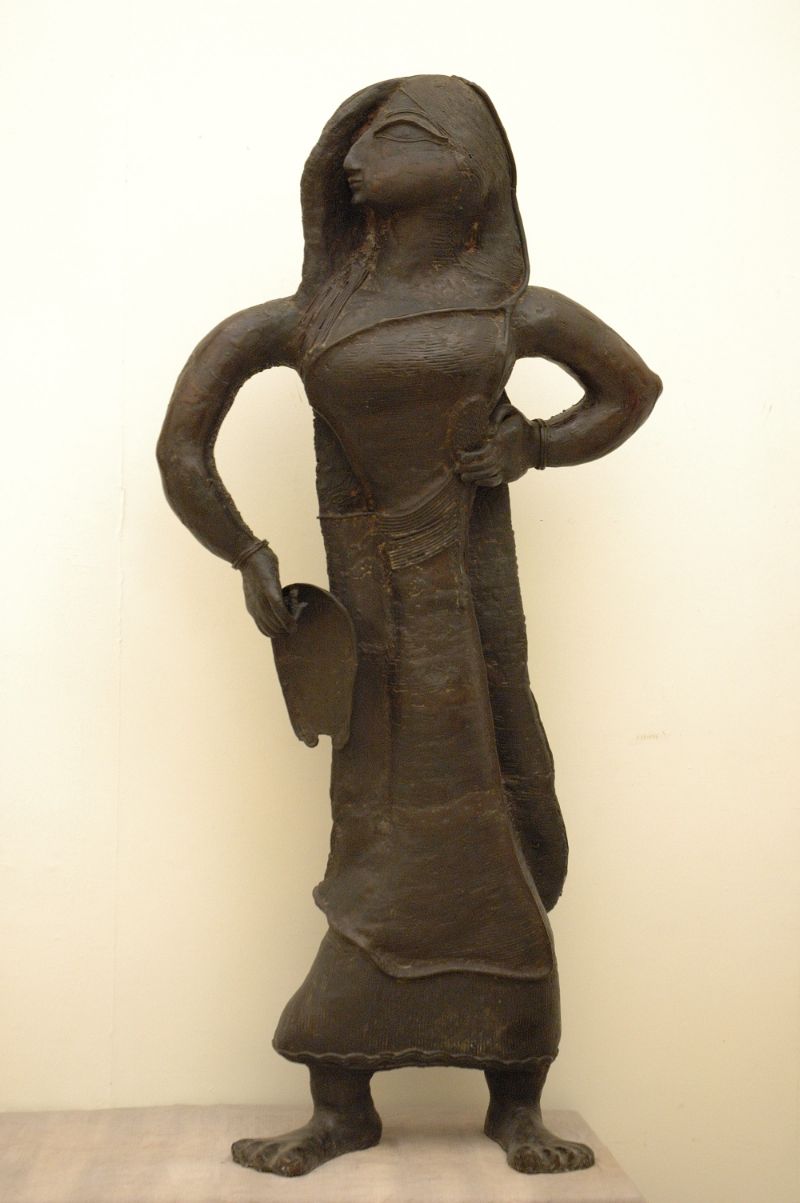
Spirit of Daily WorkNandalal Bose| Acc. No. 12669
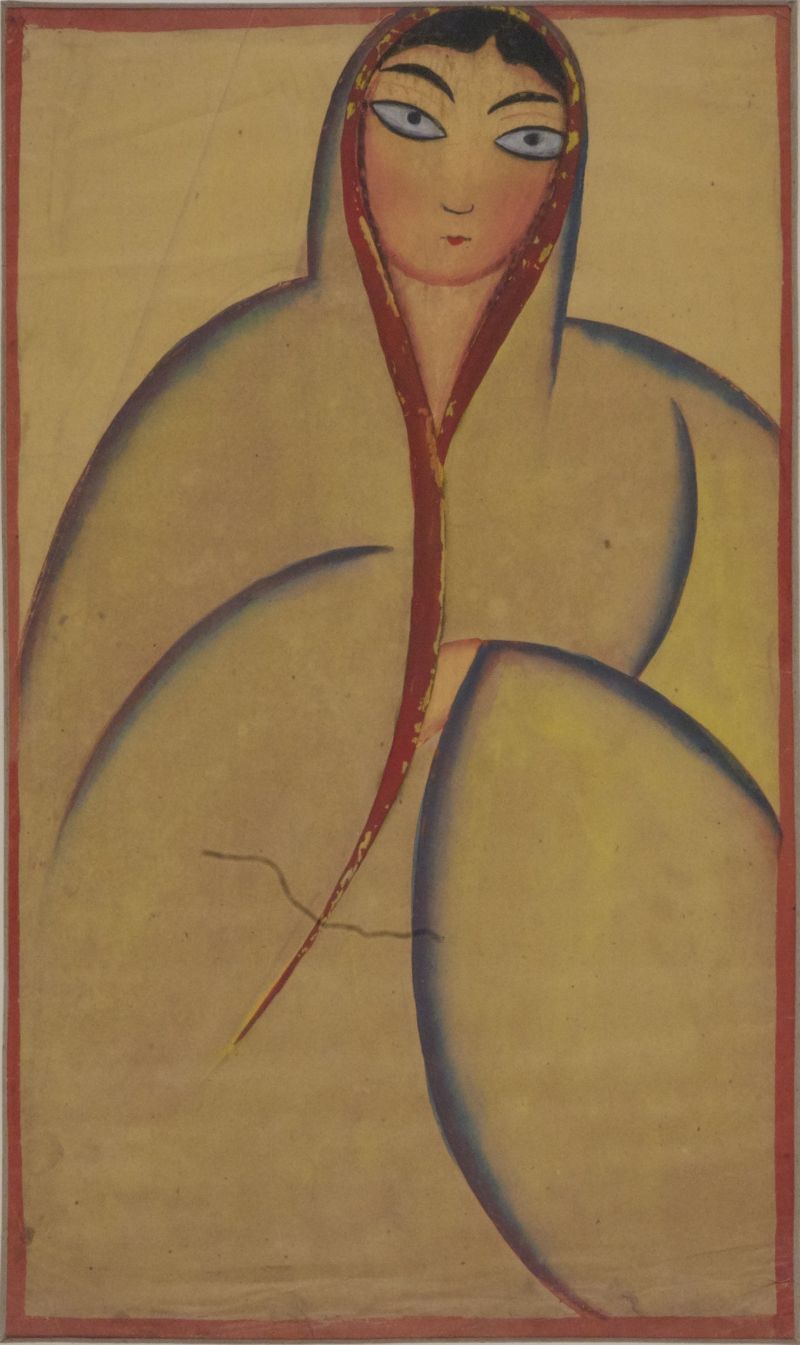
Woman Colour Line DrawingJamini Roy (1887-1972) | Acc. No. 12731
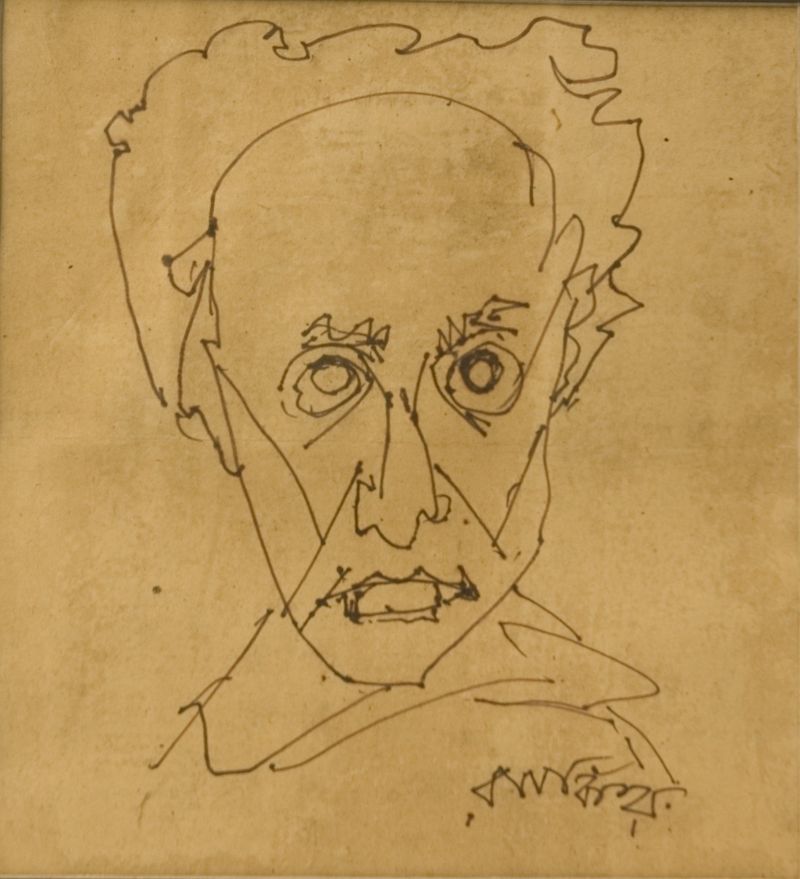
VidyasagarRamkinkar Baij | Acc. No. 13160 | Pen and ink on paper
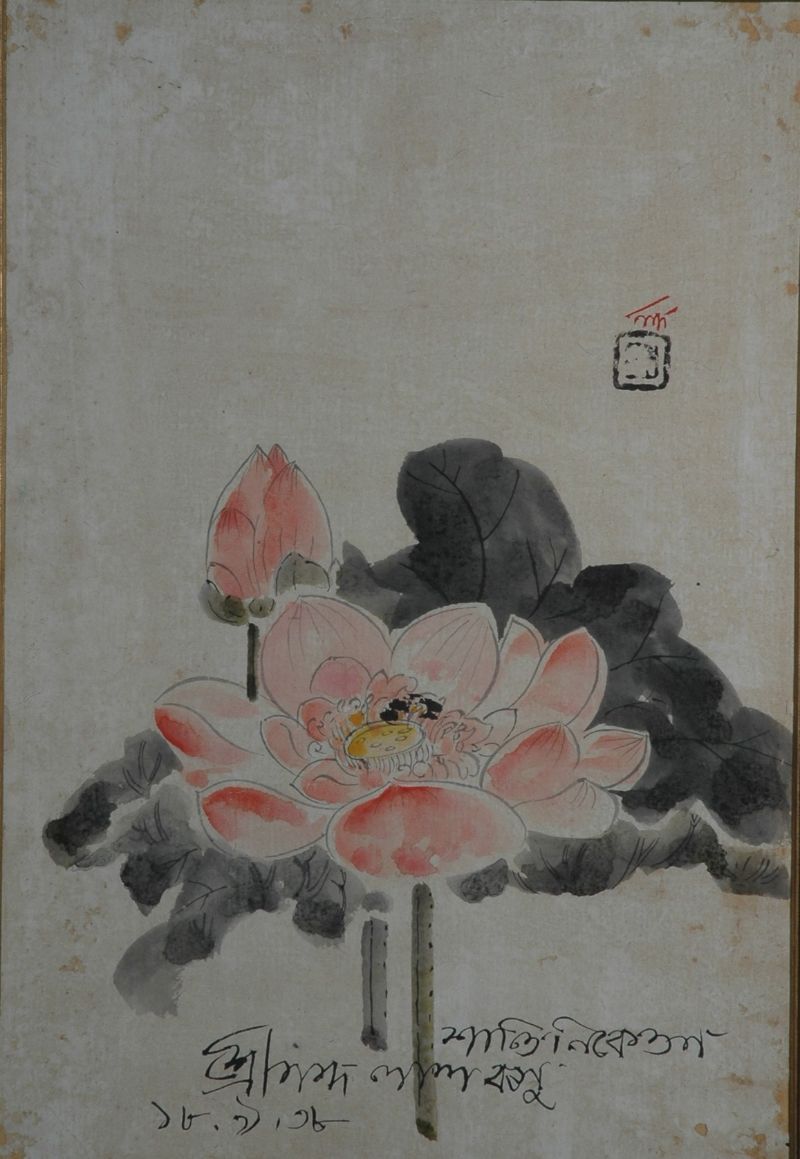
LotusNandalal Bose | Acc. No. 14659 | Watercolor on Paper

Fisher WomenB.B. Mukherjee | Acc. No. 16100 | Watercolour on paper
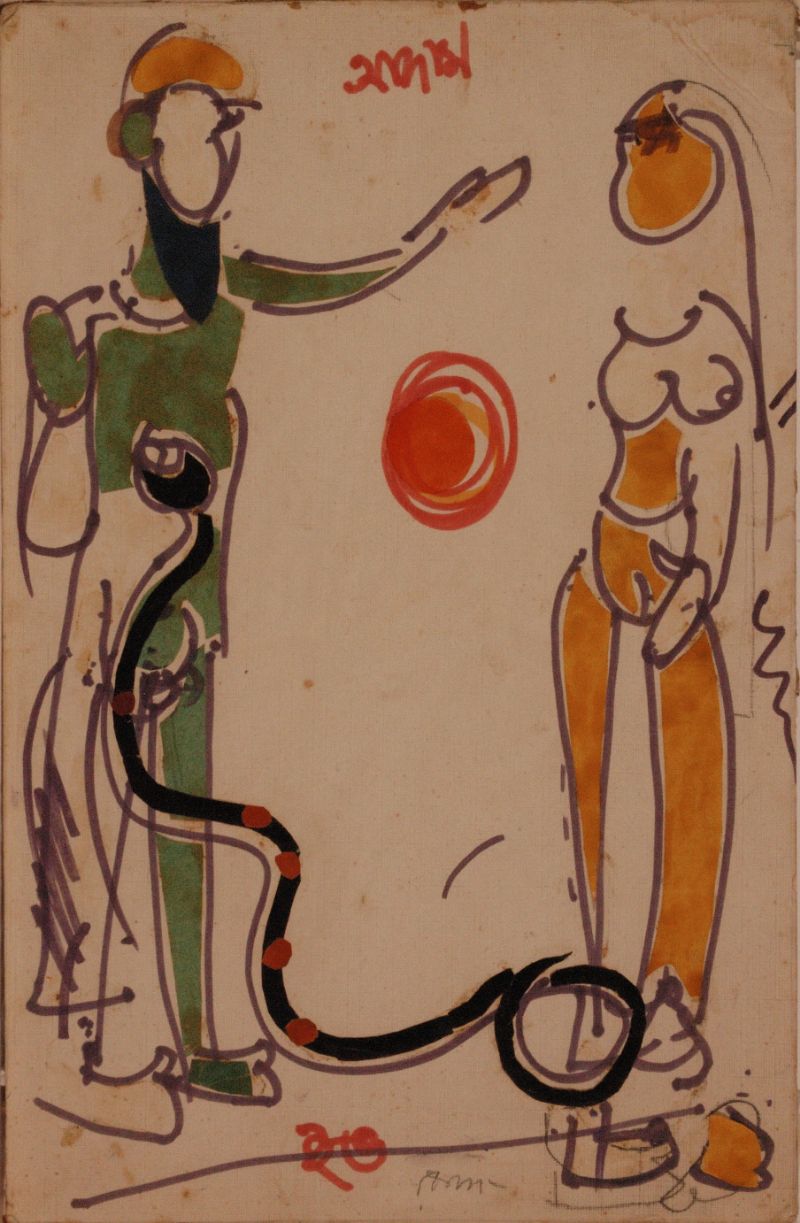
Adam And EveB.B. Mukherjee | Acc. No. 16102 | Papercut

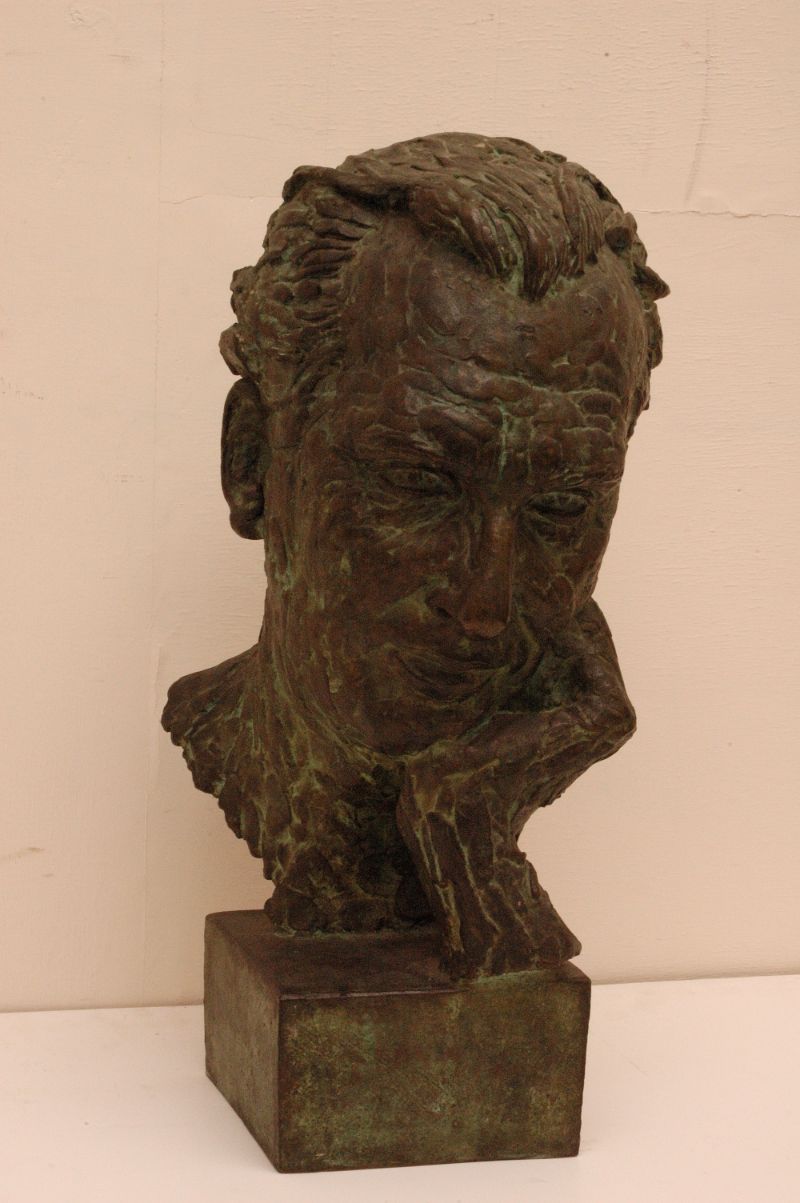
Head Study Sadanand Bakre (1920-2007) | Acc. No. 971
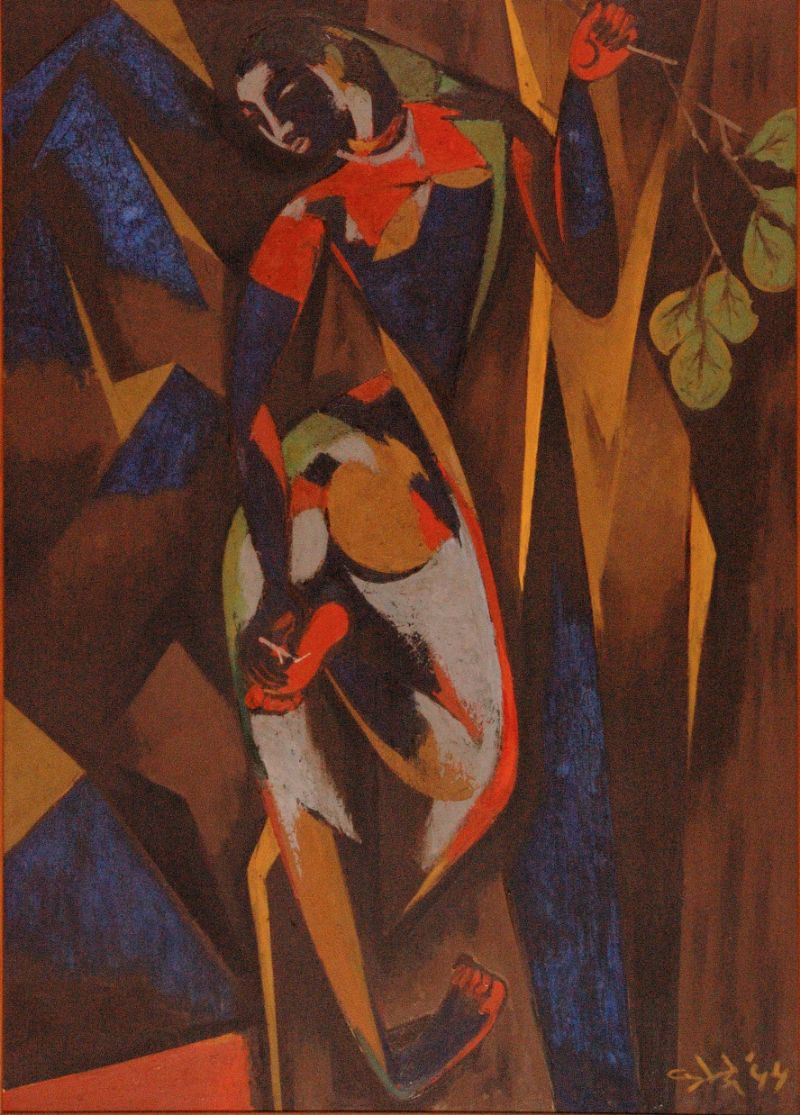
Thorn, 1955 N. S. Bendre (1910 -1992) | Acc. No. 1136

At the Nizamuddin Fair Bhabesh Chandra Sanyal (1902 - 2003) | Acc. No. 1296
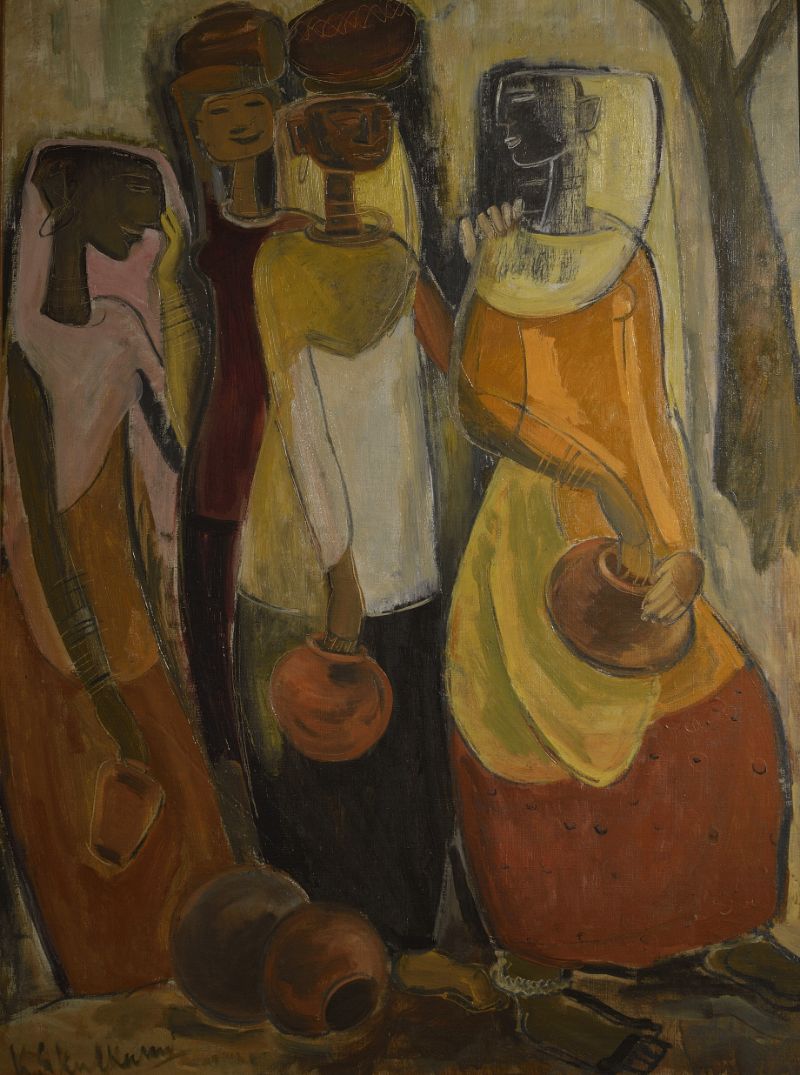
Girls With Pitchers K.S. Kulkarni | Acc. No. 1389

Figure Sankho Chaudhuri | Acc. No. 1401

Self- Portrait Satish Gujral (b.1926) | Acc. No. 1412
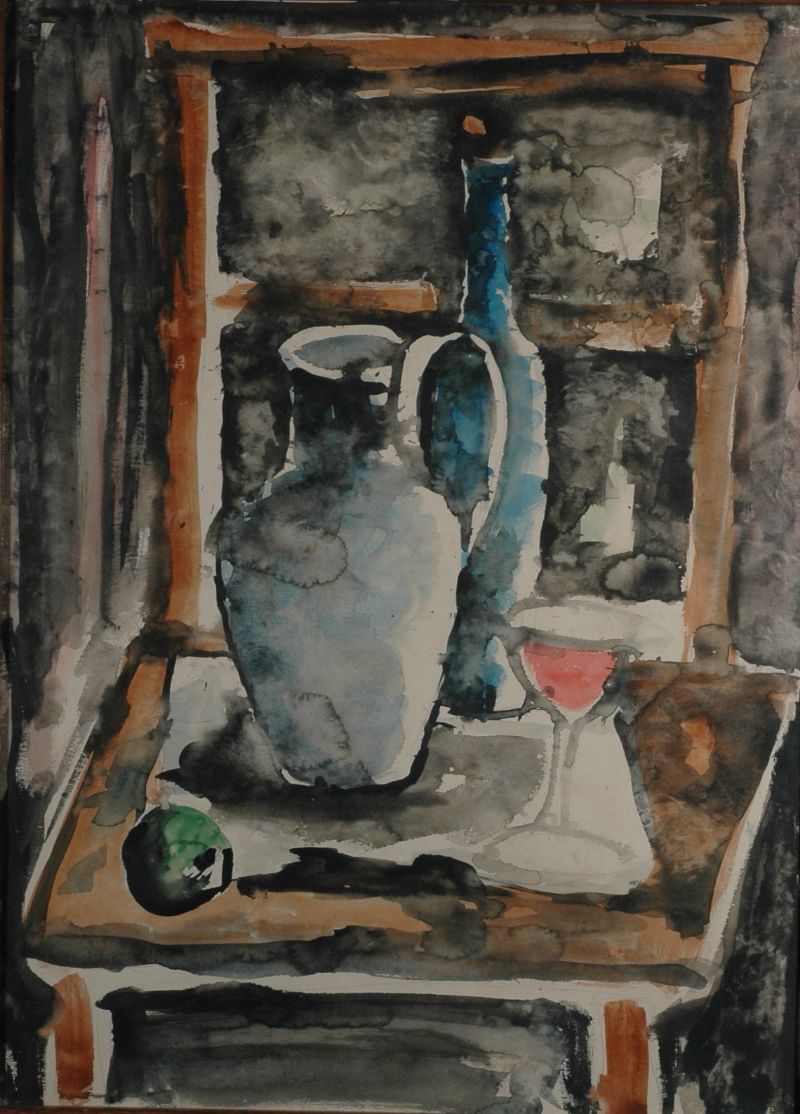
Wine Glass K. H. Ara (1914 - 1985) | Acc. No. 1835
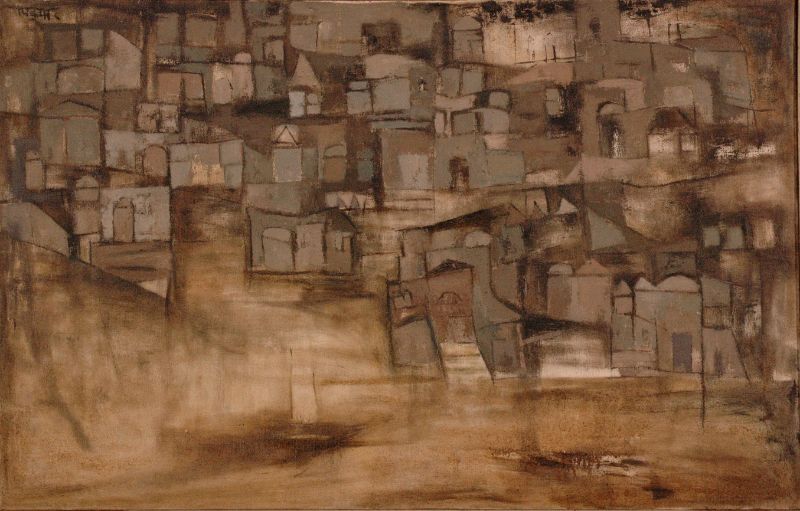
Banaras Scene Ram Kumar | Acc. No. 1847
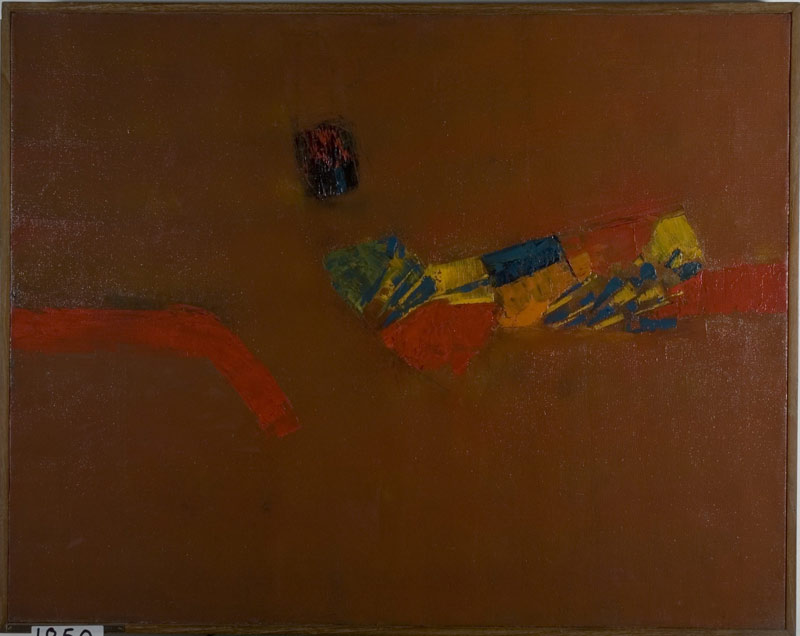
Composition in Red V. S. Gaitonde | Acc. No. 1850 | Oil on Canvas
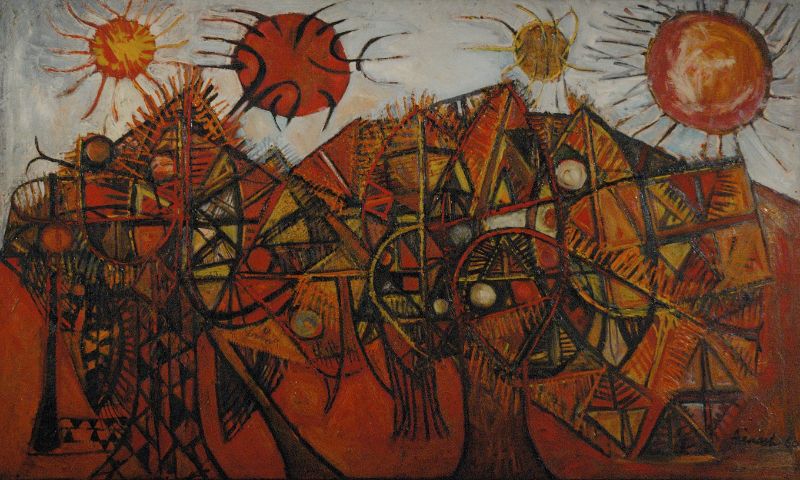
Orchard Avinash Chandra | Acc. No. 2008
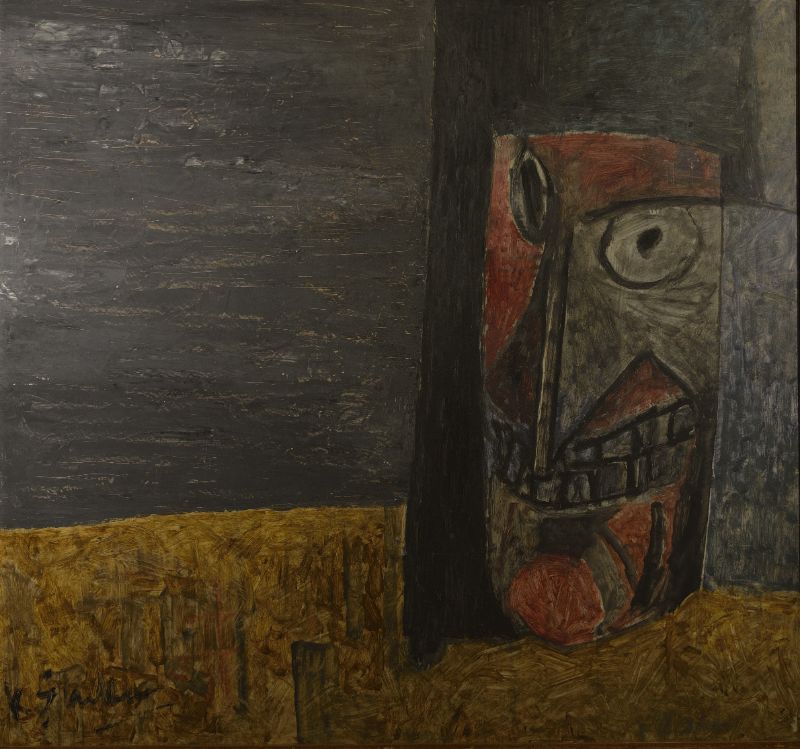
Mask K. S. Kulkarni | Acc. No. 2079 | Oil on Paper
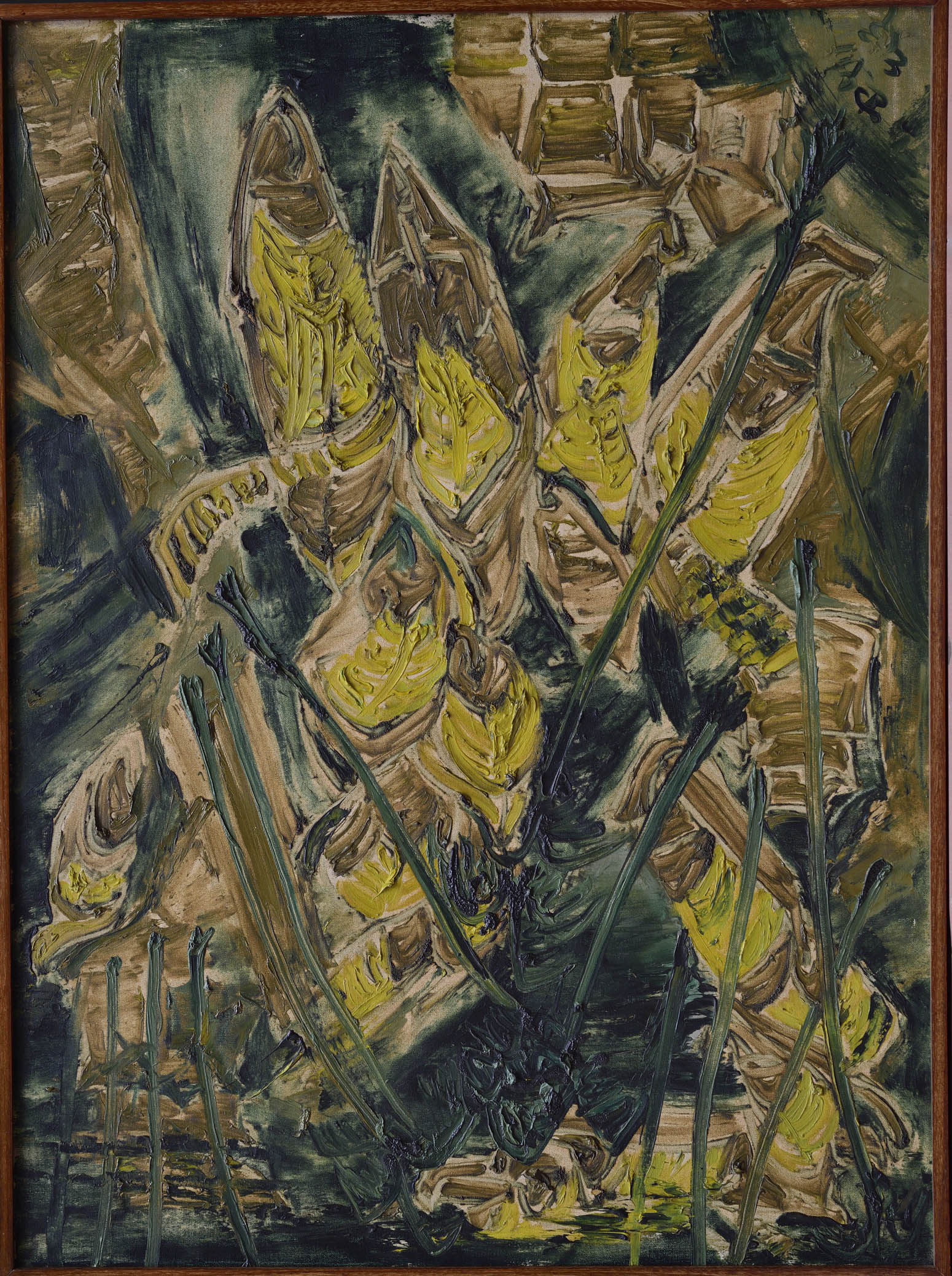
Boats in Backwaters Har Krishan Lall | Acc. No. 2227
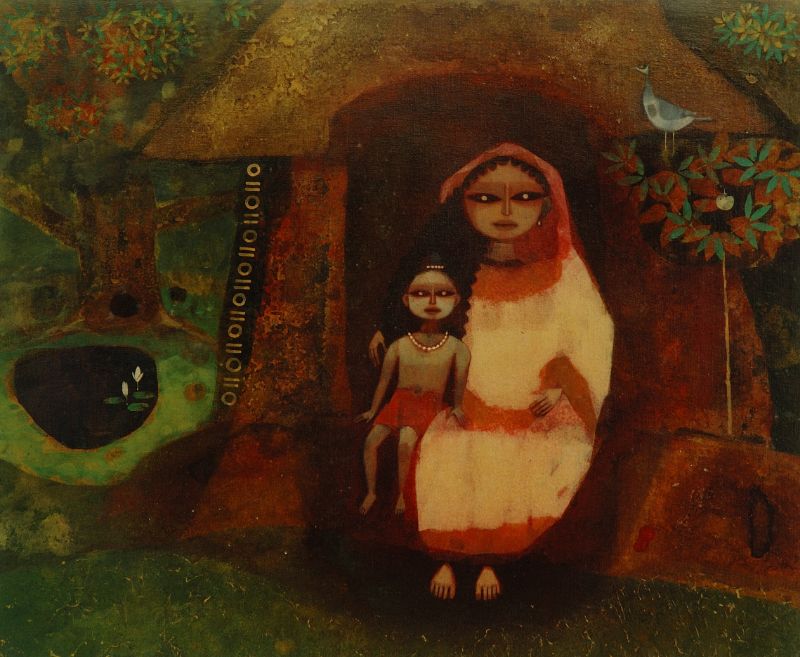
Mother and Child Ganesh Pyne (1937-2013) | Acc. No. 2472
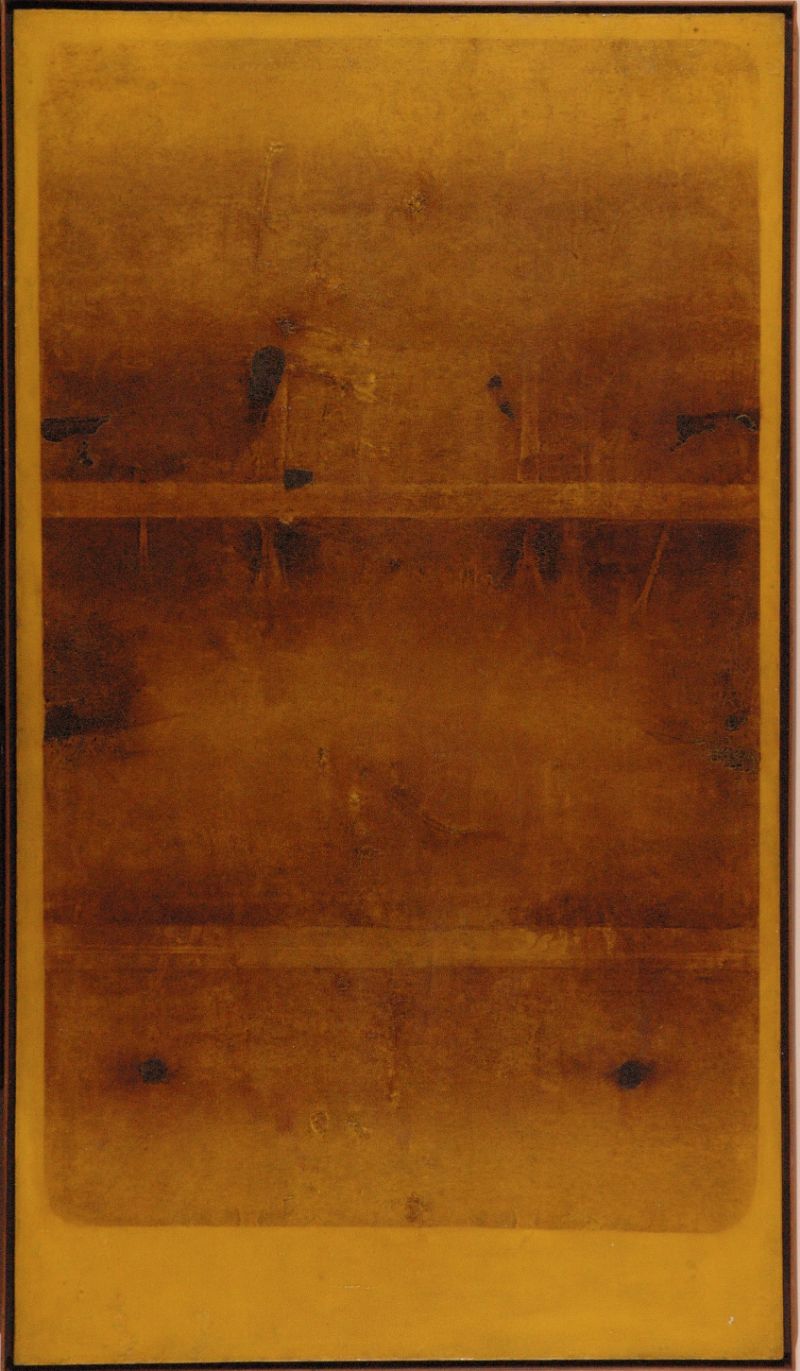
Painting V. S. Gaitonde | Acc. No. 2563 | Oil on Canvas
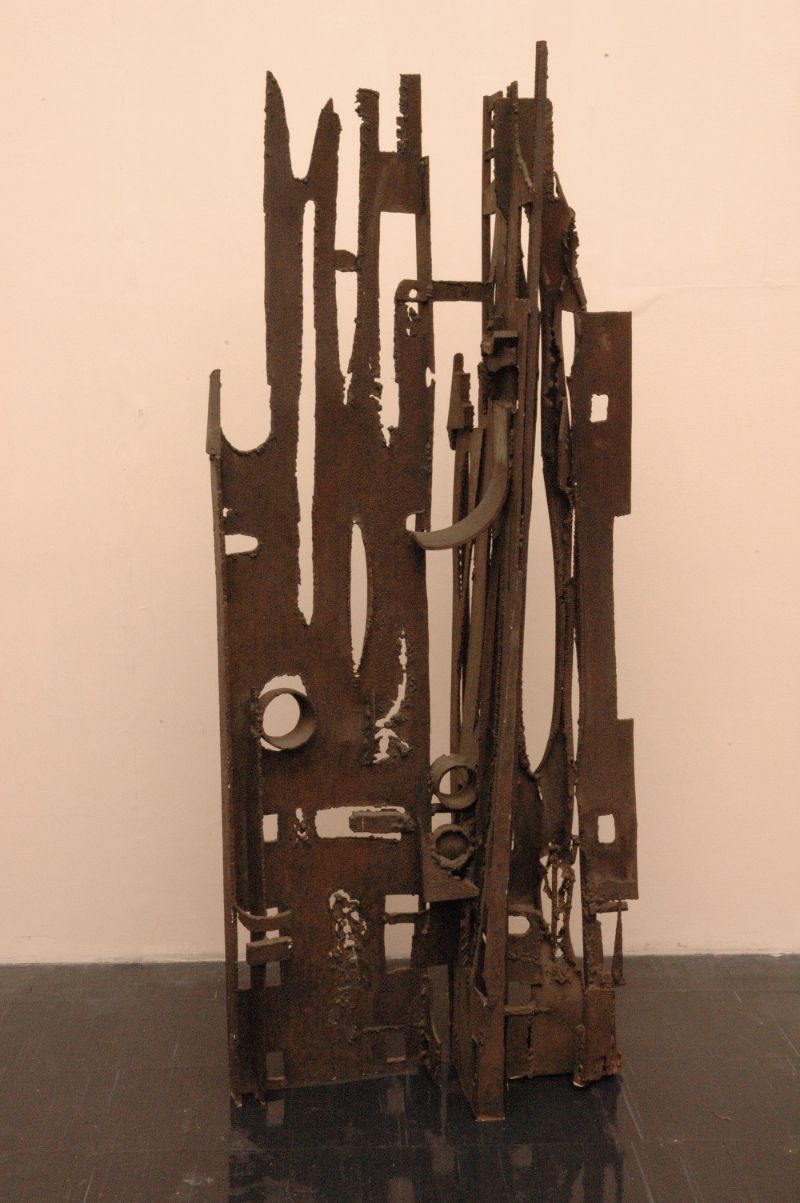
Erosion Piloo R. Pochkhanawala (1923 - 1986) | Acc. No. 2569
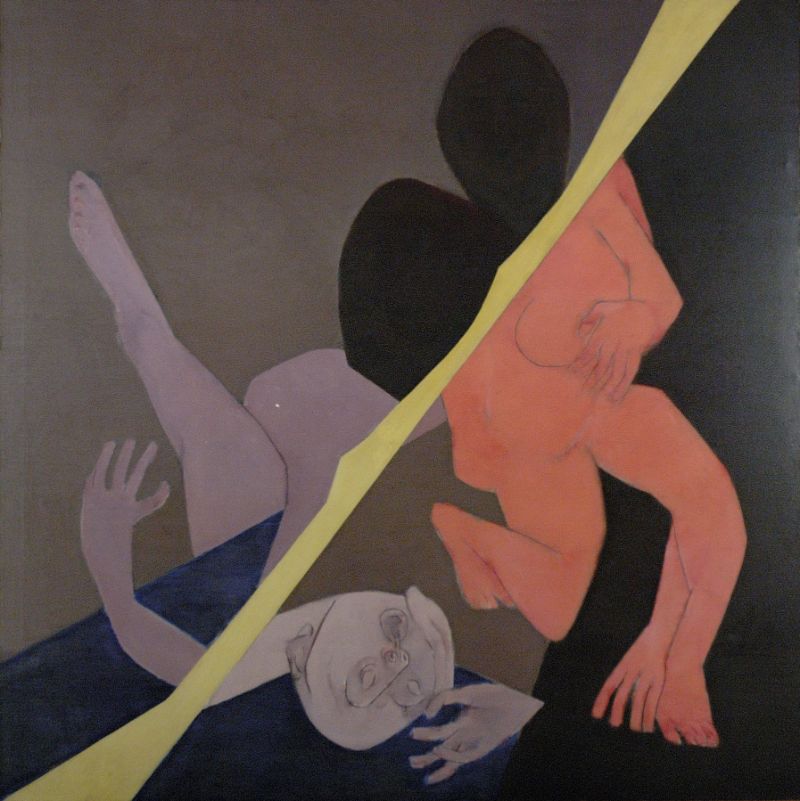
Diagonal, 1973 Tyeb Mehta (1925-2009) | Acc. No. 2945
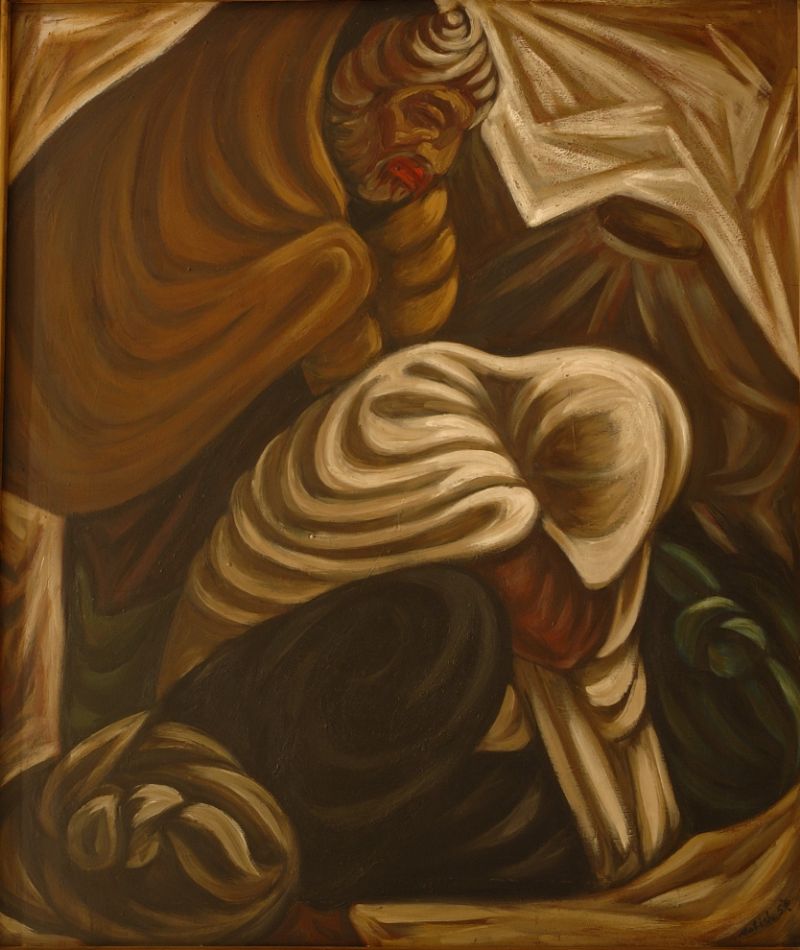
Face Ghost D.P. Roy Chowdhury | Acc. No. 3238 | Ink on paper
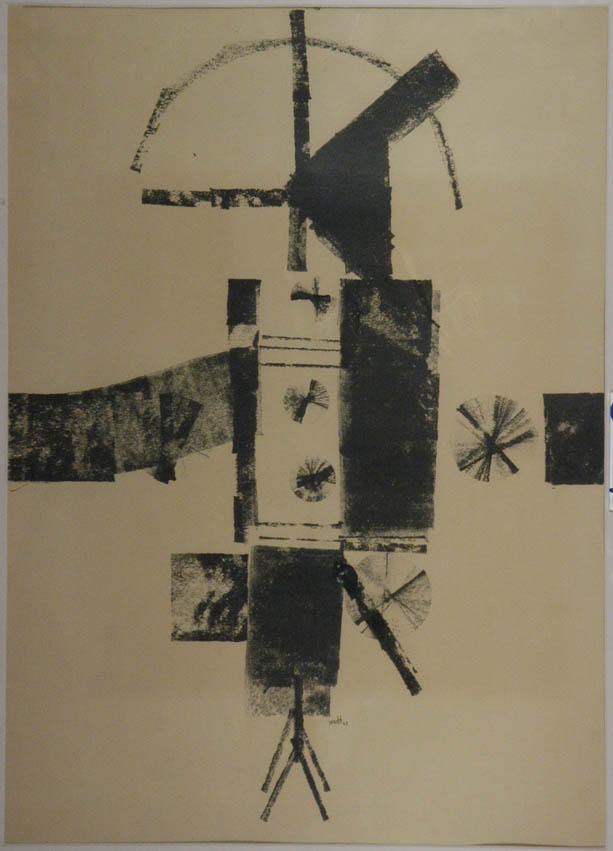
Drawing Gaikonde | Acc. No. 3267
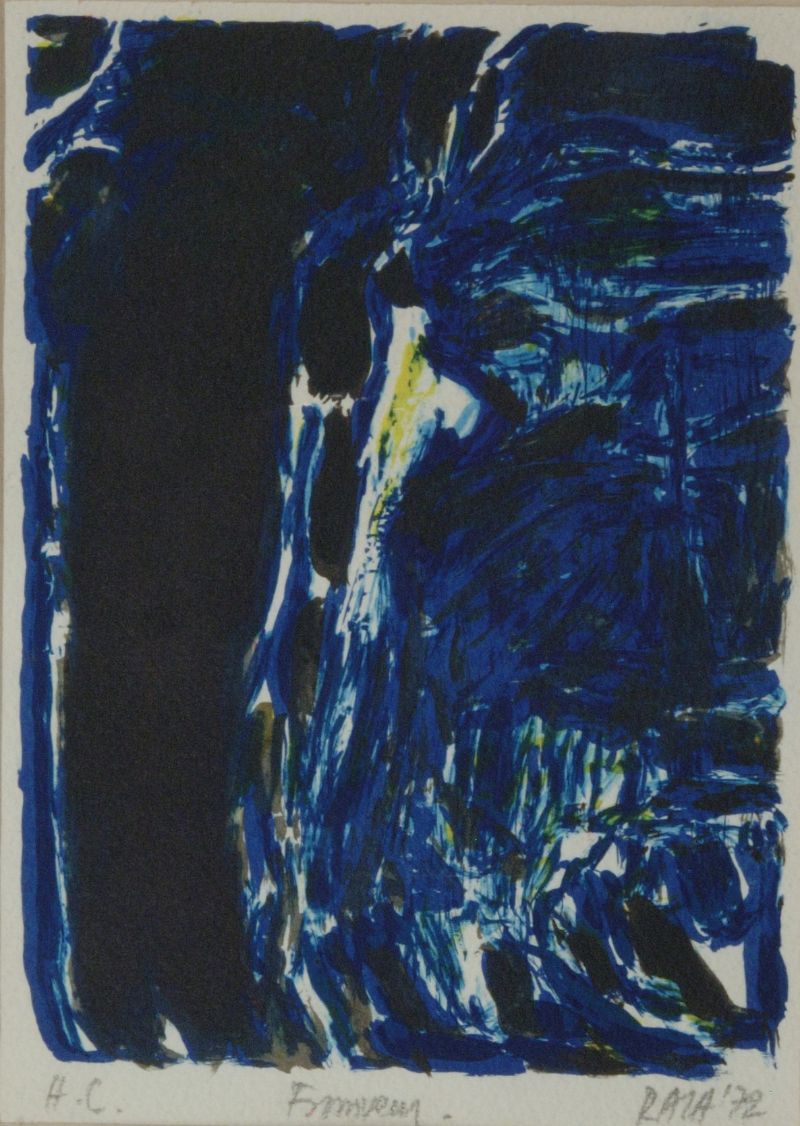
Fromveure, 1972 S. H. Raza | Acc. No. 3271
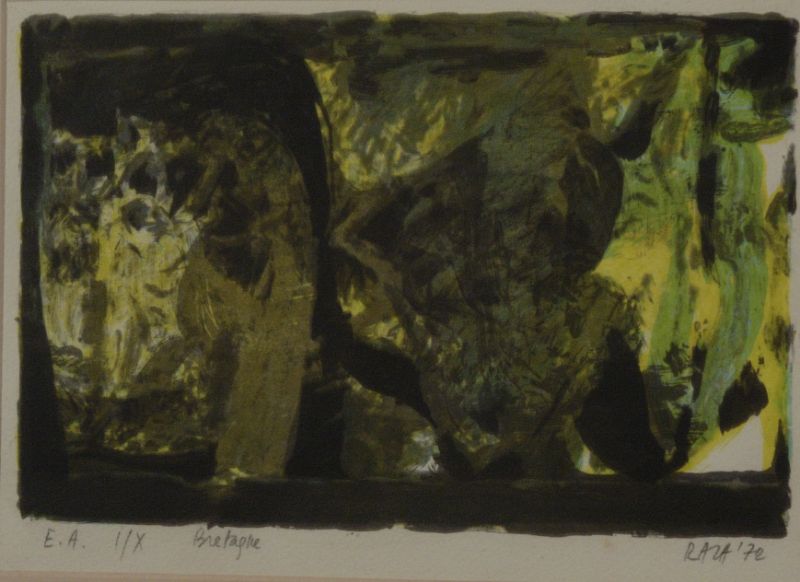
Brataque, 1972 S. H. Raza | Acc. No. 3272
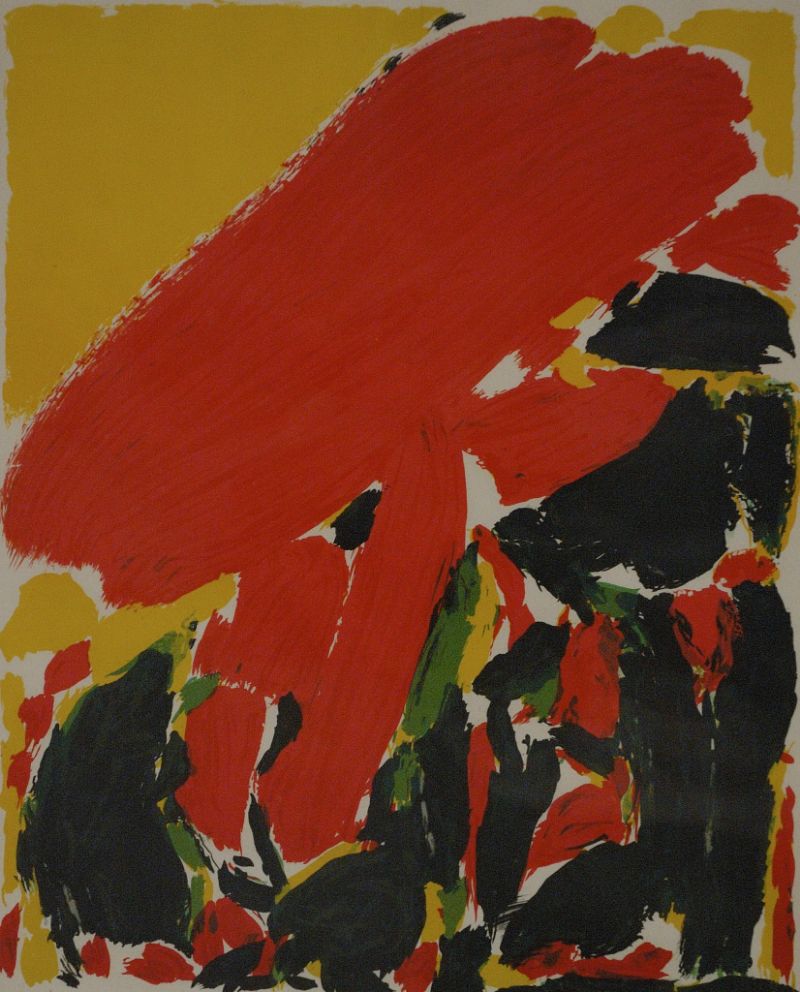
L' Ete S.H. Raza | Acc. No. 3275 | Graphic on paper
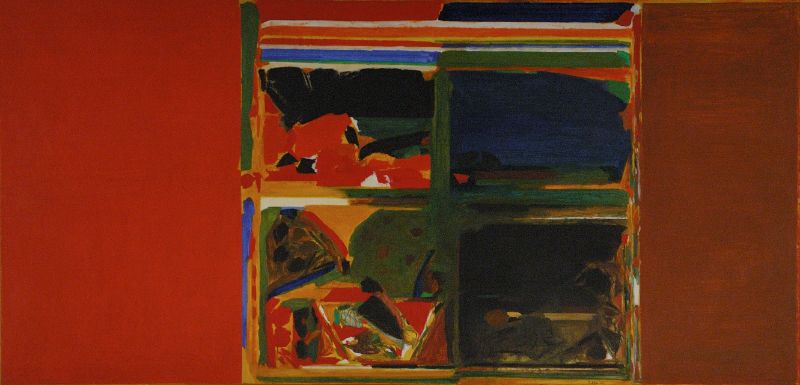
Painting Syed Haider Raza (b. 1922) | Acc. No. 3288
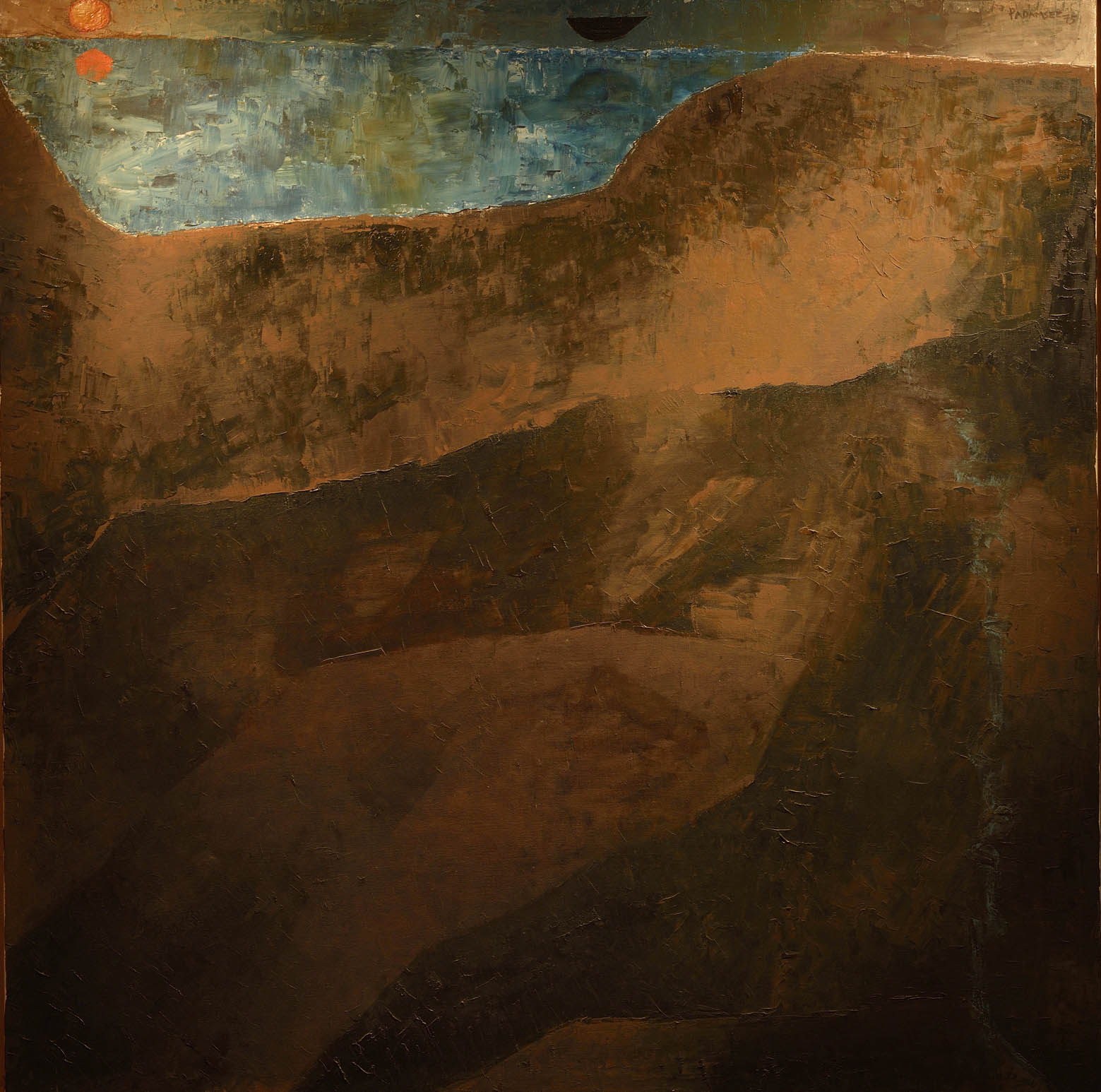
Metascape III Akbar Padamsee | Acc. No. 3317 | Oil on Canvas
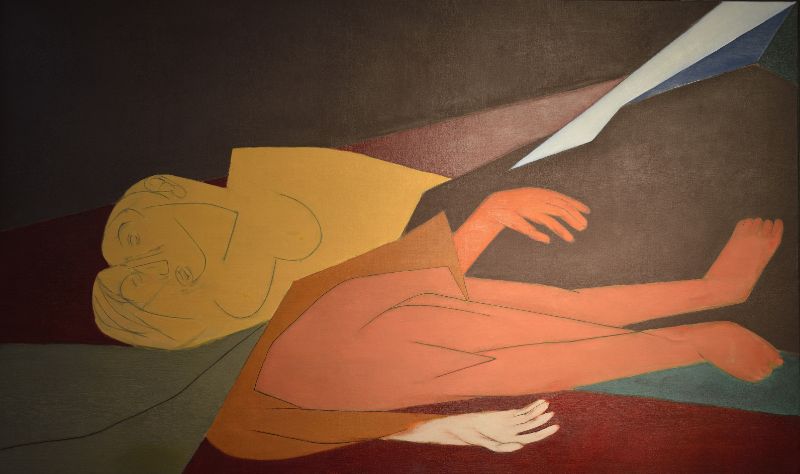
Human Landscape Tyeb Mehta | Acc. No. 3327 | Oil on Canvas
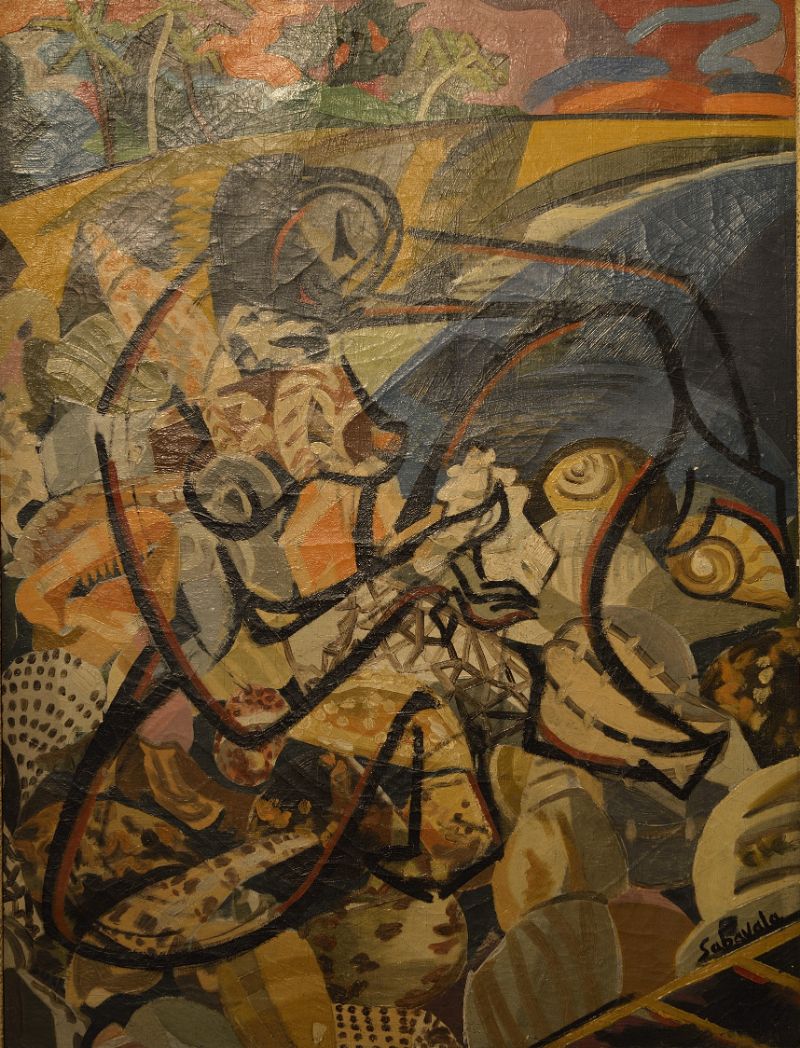
A Sea Shell Dream Jehangir Sabavala | Acc. No. 3608 | Oil on Canvas
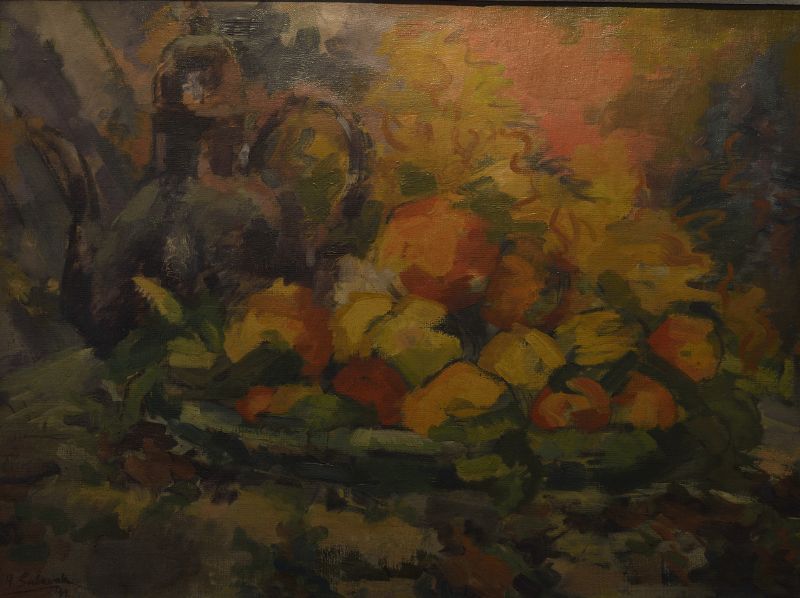
Golden Oranges Jehangir Sabavala | Acc. No. 3609 | Oil on Canvas
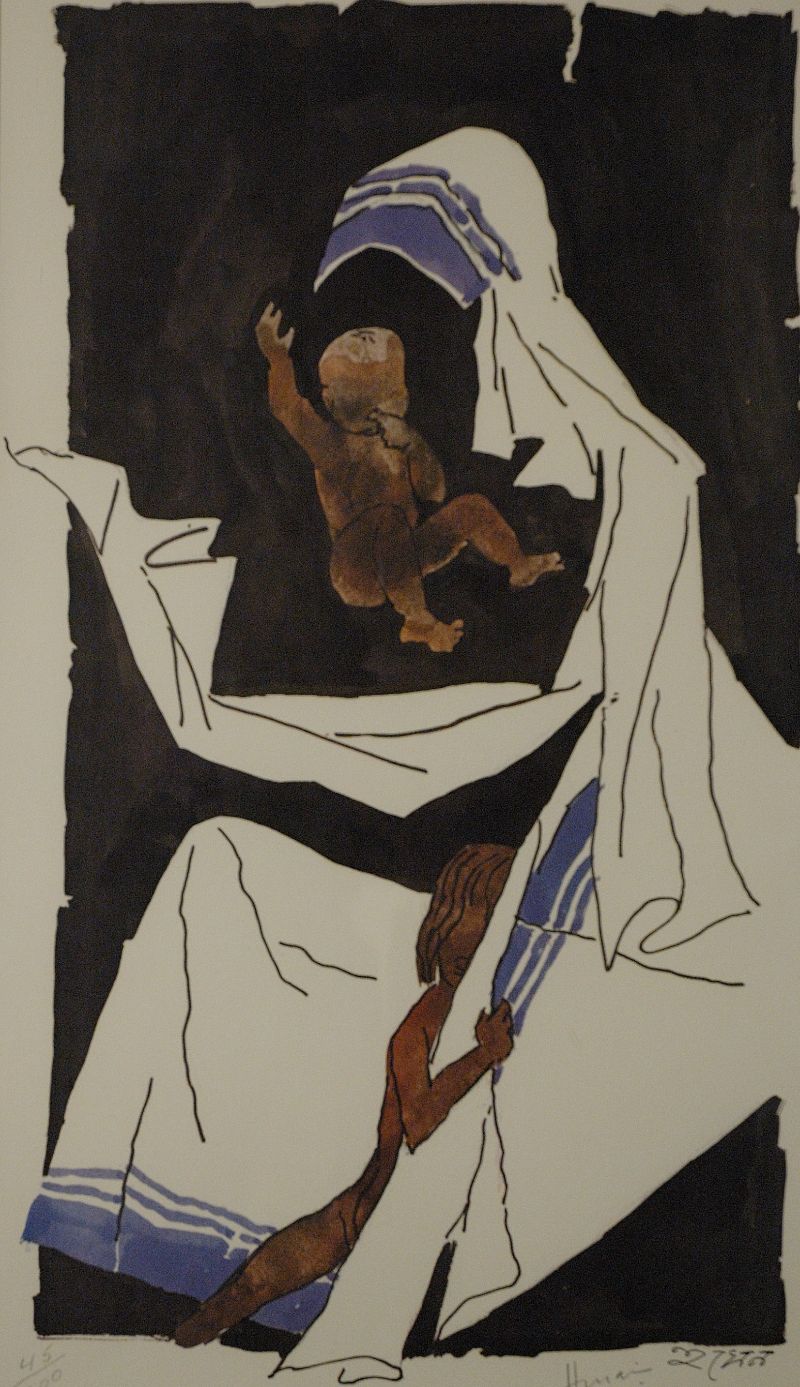
Mother And Child -III M.F. Husain | Acc. No. 4112
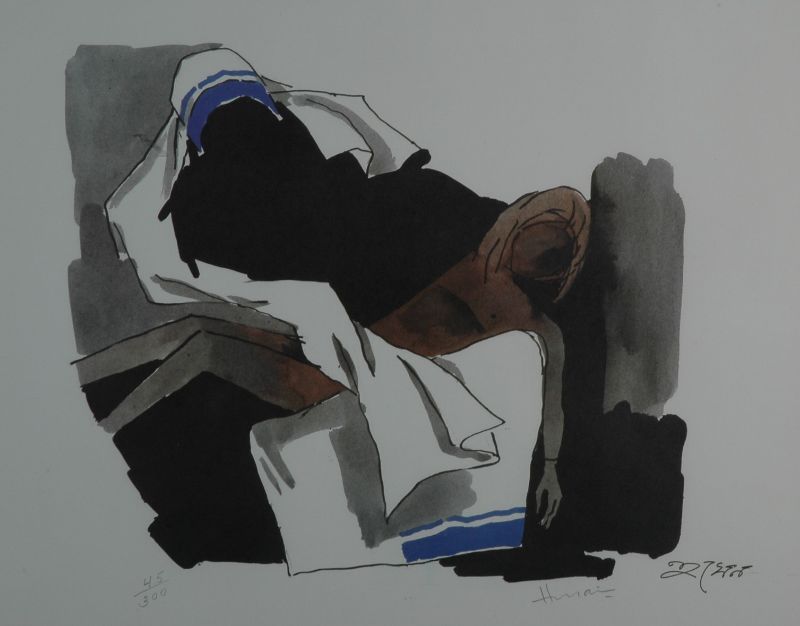
Mother And Child - 6 M.F. Husain | Acc. No. 4115
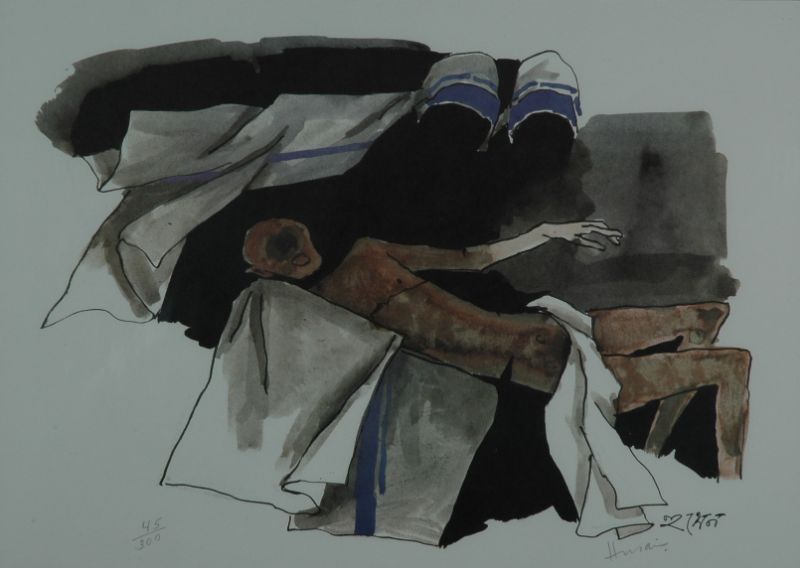
Mother And Child - 8 M.F. Husain | Acc. No. 4117
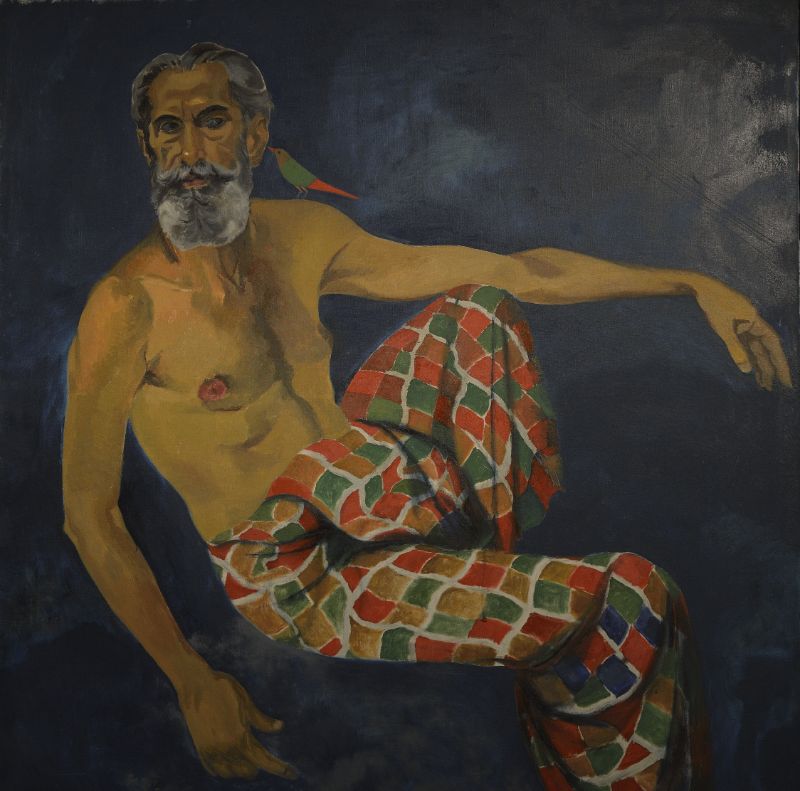
Old Man & The Bird B.C. Sanyal | Acc. No. 4495 | Oil on Canvas
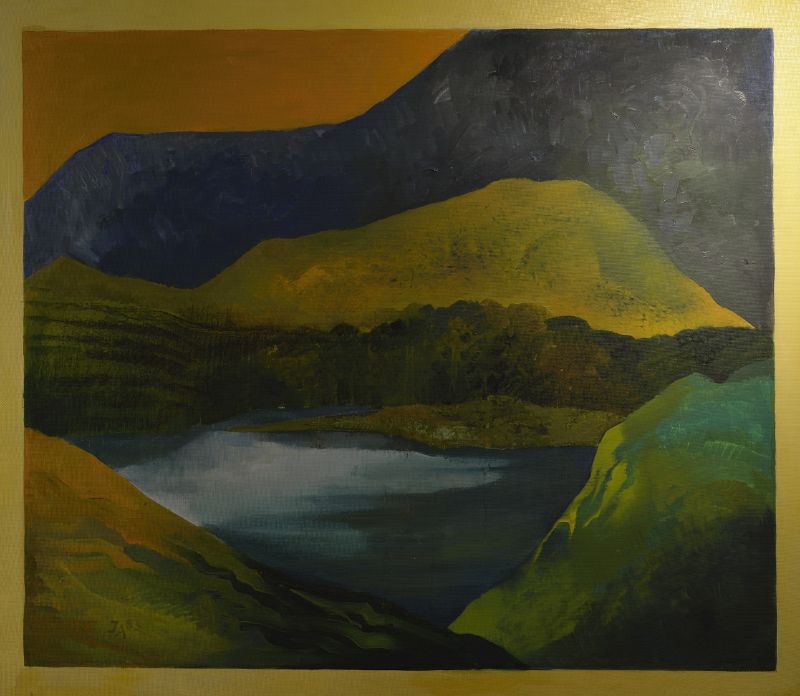
Water Enclosed Jaya Appaswamy | Acc. No. 11581 | Oil on Canvas
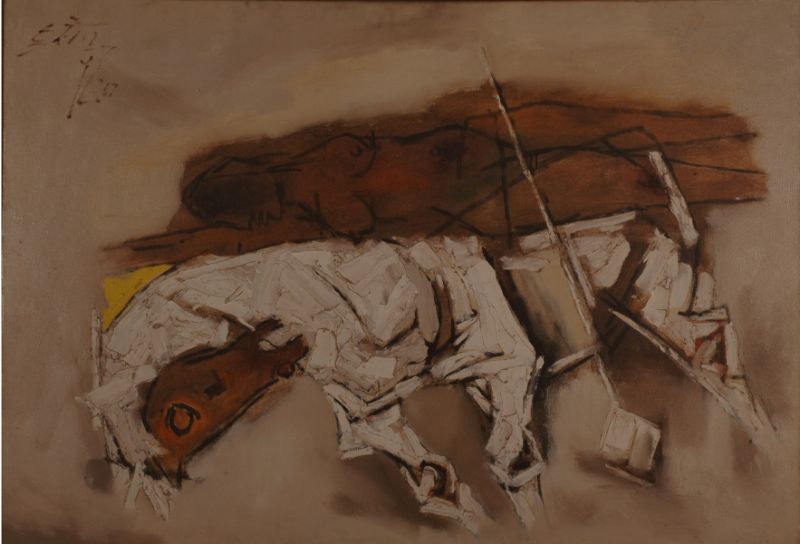
Horse, 1967 M. F. Hussain | Acc. No. 11896
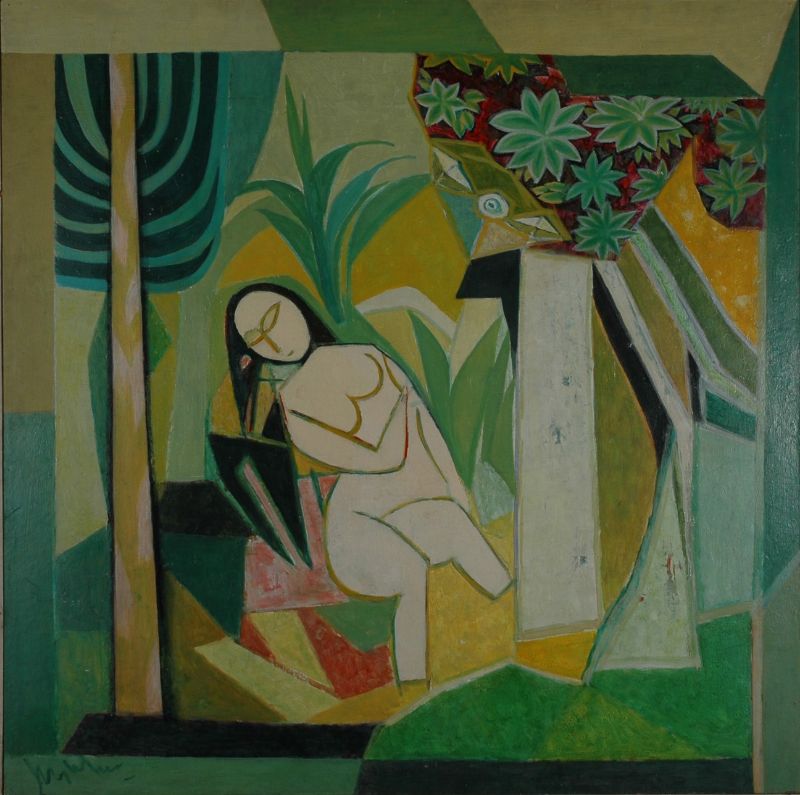
Bathing Beauty, 1980 K. S. Kulkarni (1918-1994) | Acc. No. 12187
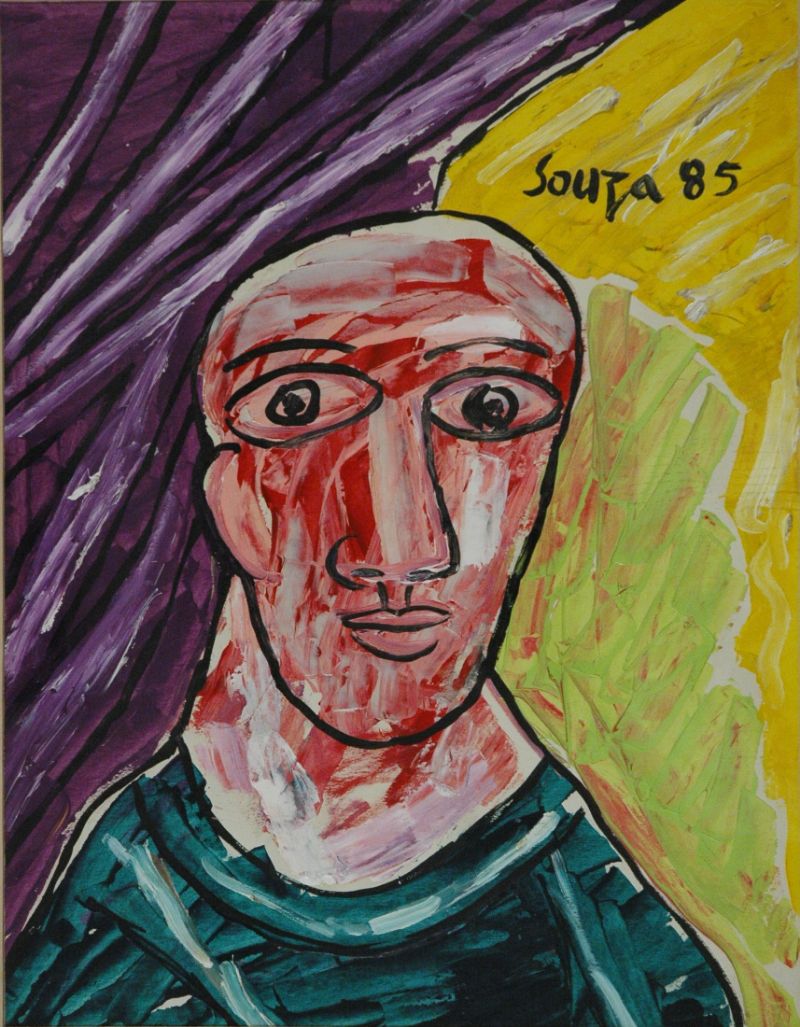
Self Portrait Francis Newton Souza (1924-2002) | Acc. No. 12282
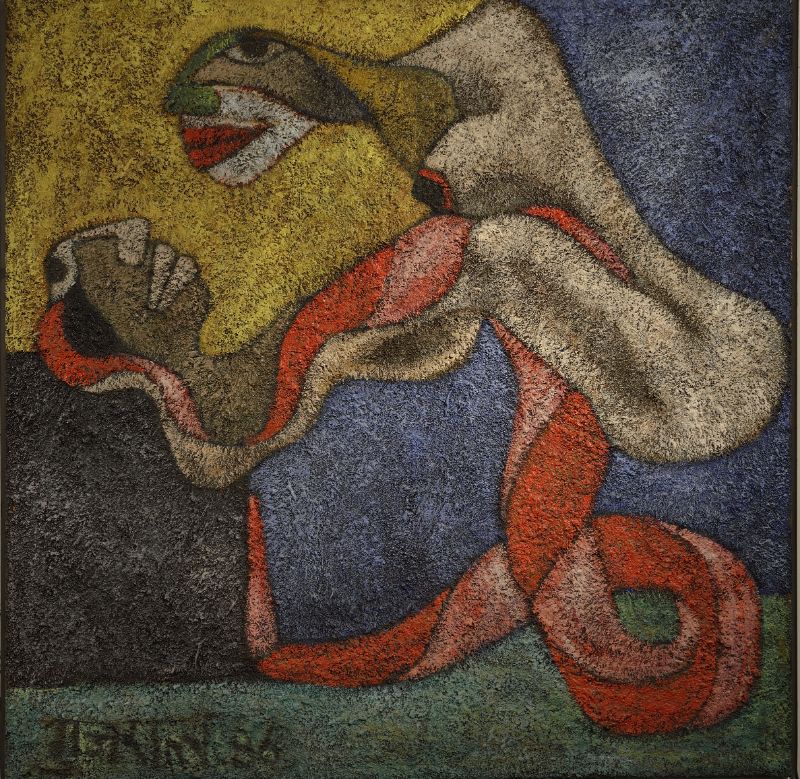
Ecstasy Mixed Media Satish Gujral | Acc. No. 12310
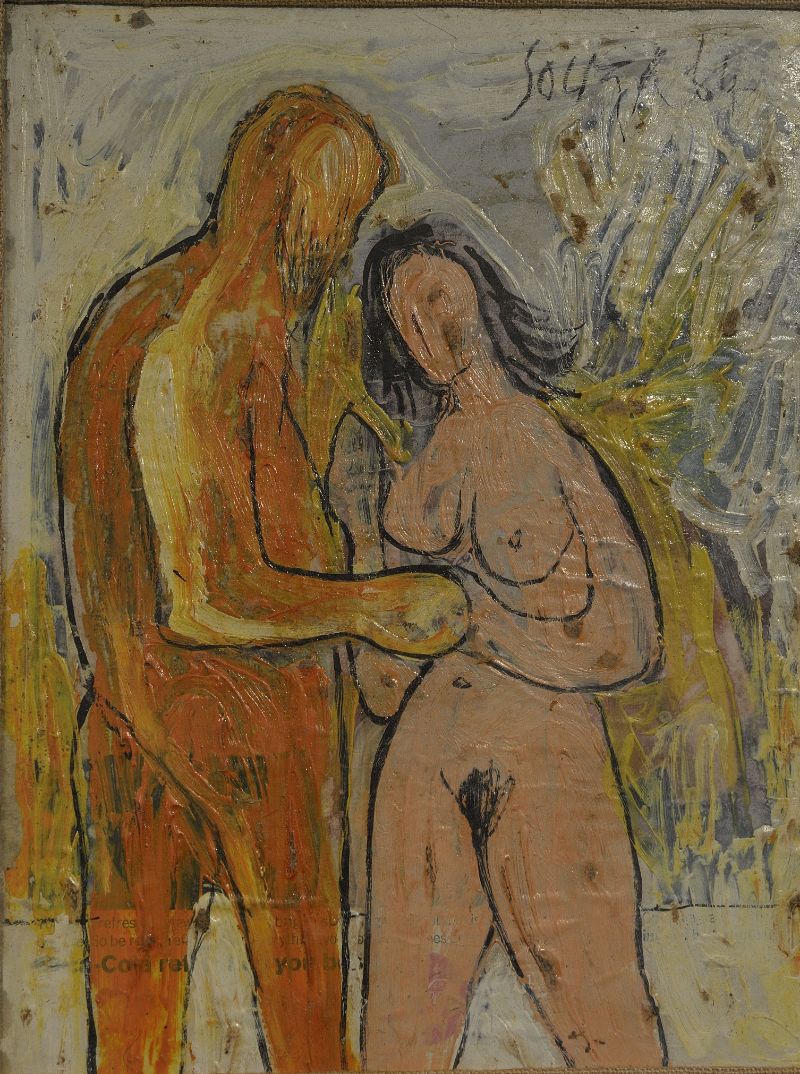
Couple F. N. Souza | Acc. No. 12468 | Watercolor on Paper
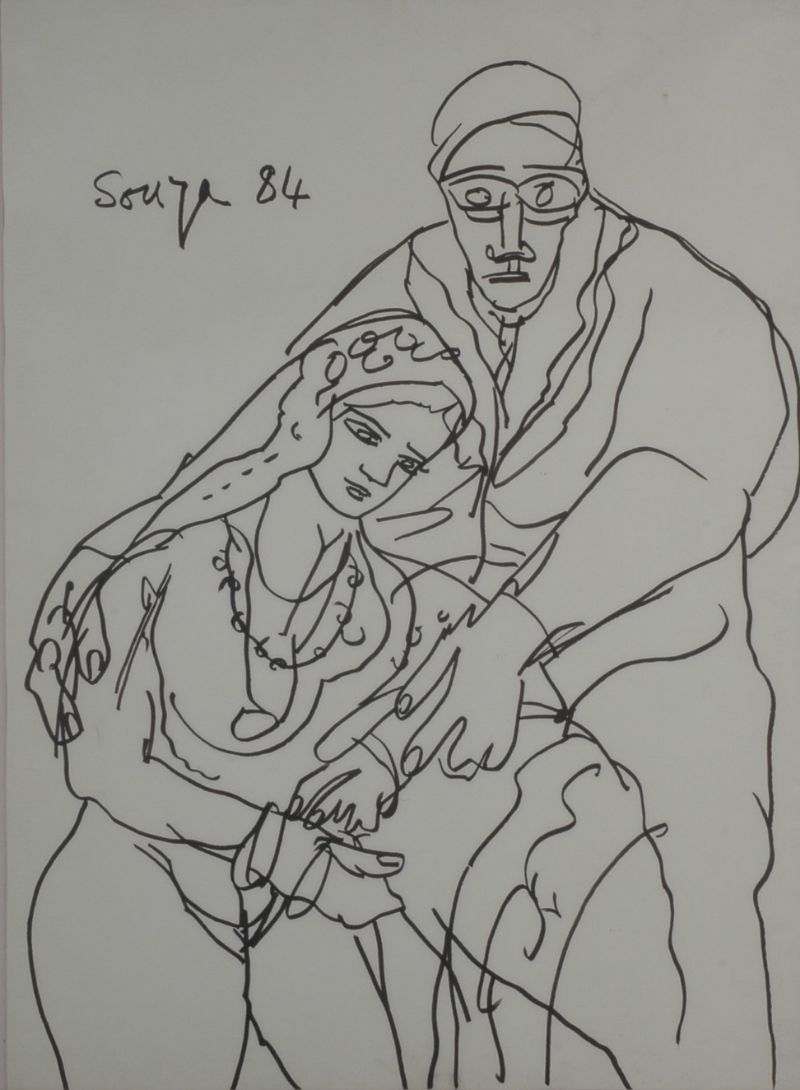
Couple F. N. Souza | Acc. No. 12469
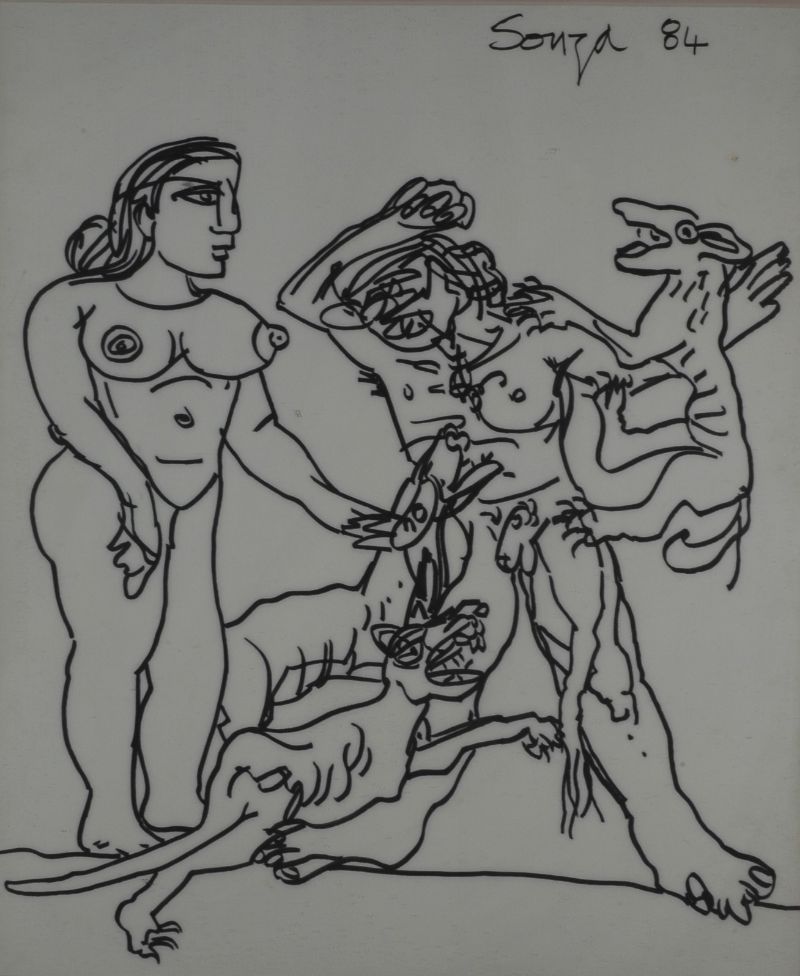
Goddes F. N. Souza | Acc. No. 12470
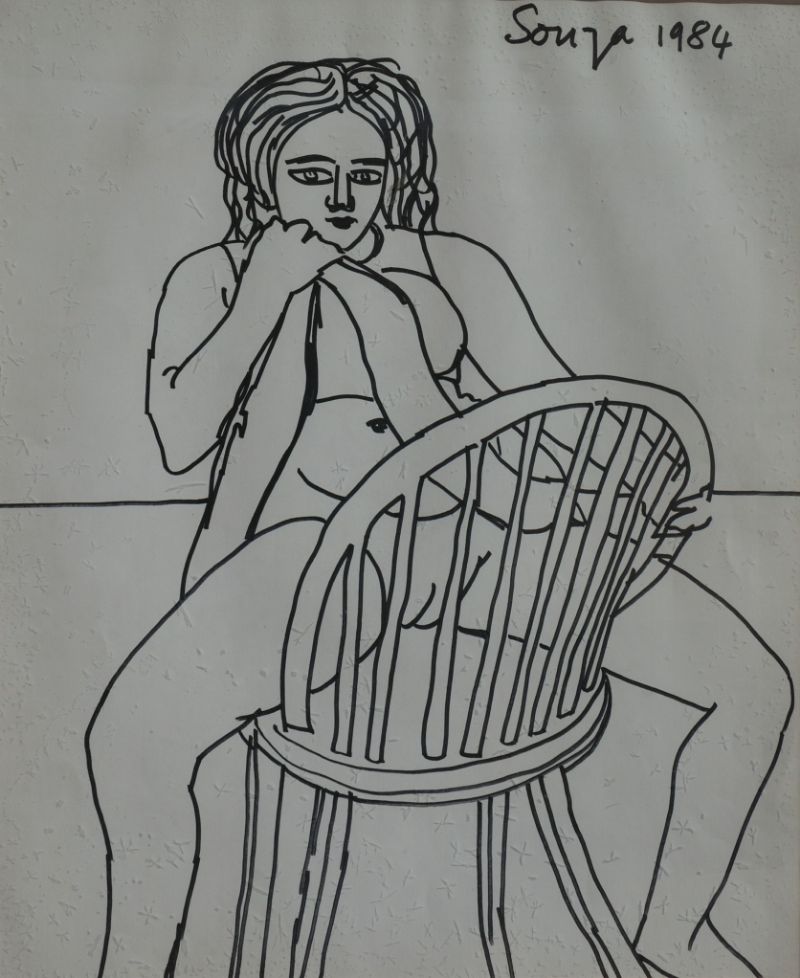
Seated Woman F. N. Souza | Acc. No. 12471
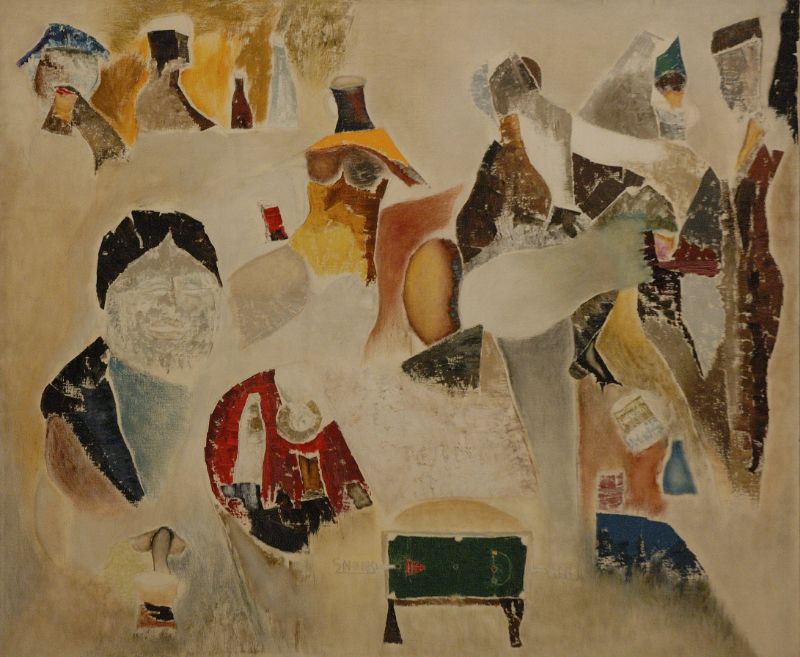
Bal Chhabda (1923 - 2013) Permit Room Bar, 1986 | Acc. No. 12554
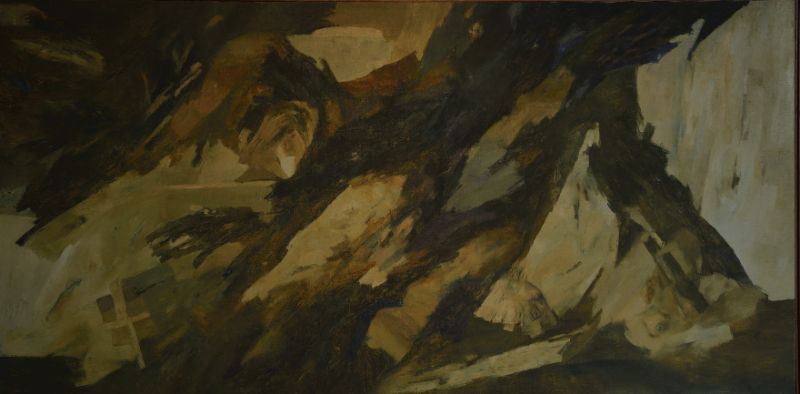
Landscape - II Ram Kumar | Acc. No. 12573 | Oil on Canvas
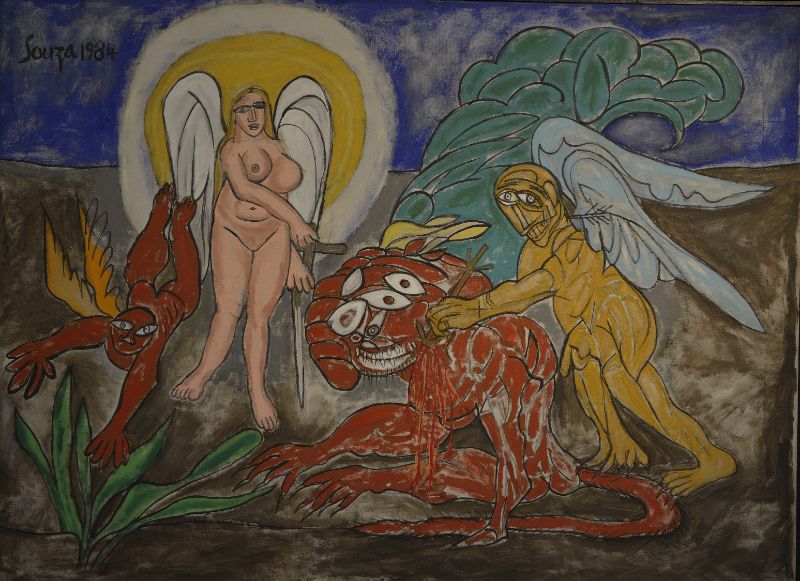
Goddess F. N. Souza | Acc. No. 12586 | Oil on Canvas
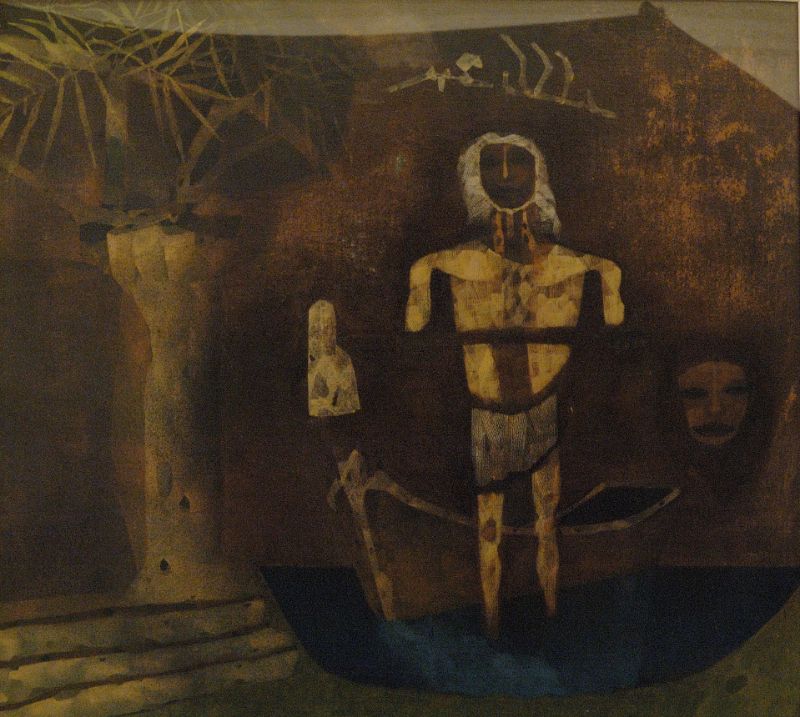
The Teeth Ganesh Pyne | Acc. No. 12612 | Tempera on paper
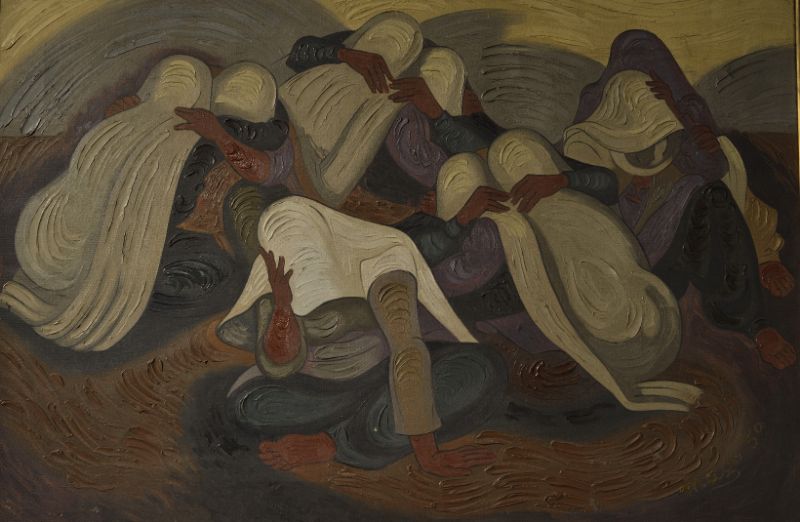
Mourners Pran Nath Mago | Acc. No. 12652 | Oil on Canvas
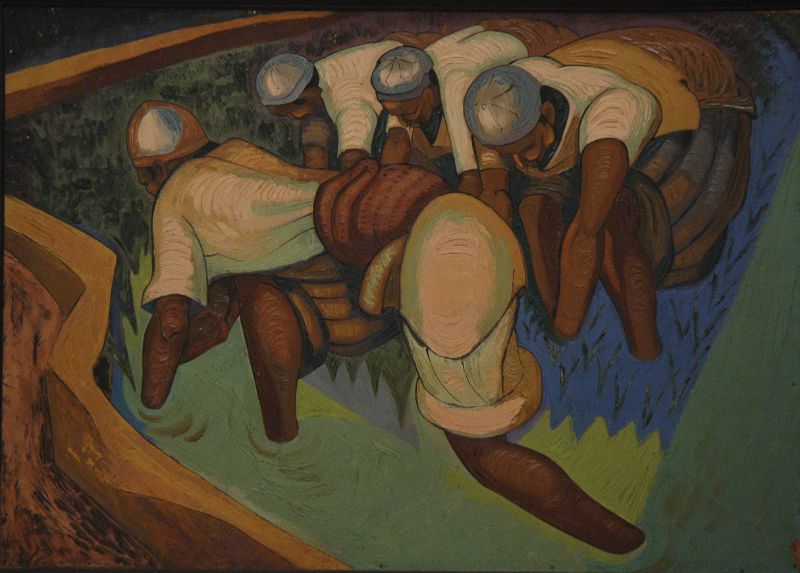
Rice Planters, 1952 Pran Nath Mago | Acc. No. 12653
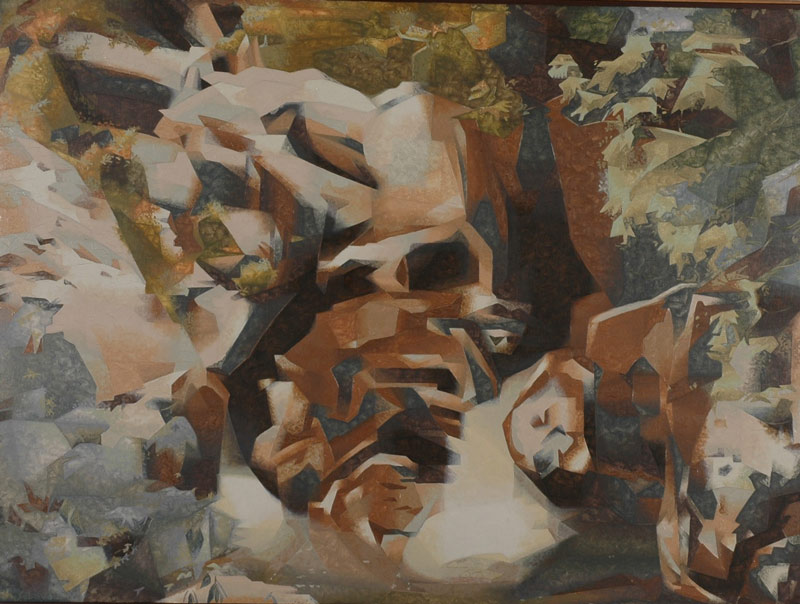
The Source Jehangir Sabavala | Acc. No. 12759 | Oil on Canvas
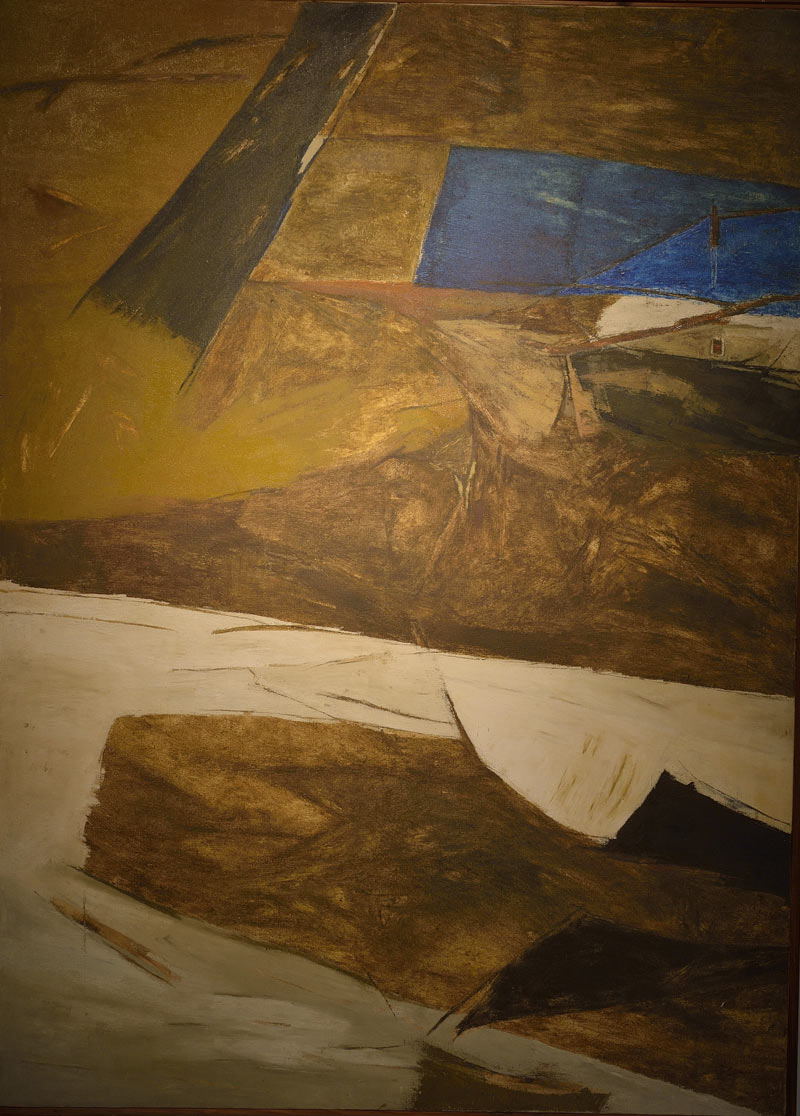
Untitled Ram Kumar | Acc. No. 12765 | Oil on Canvas
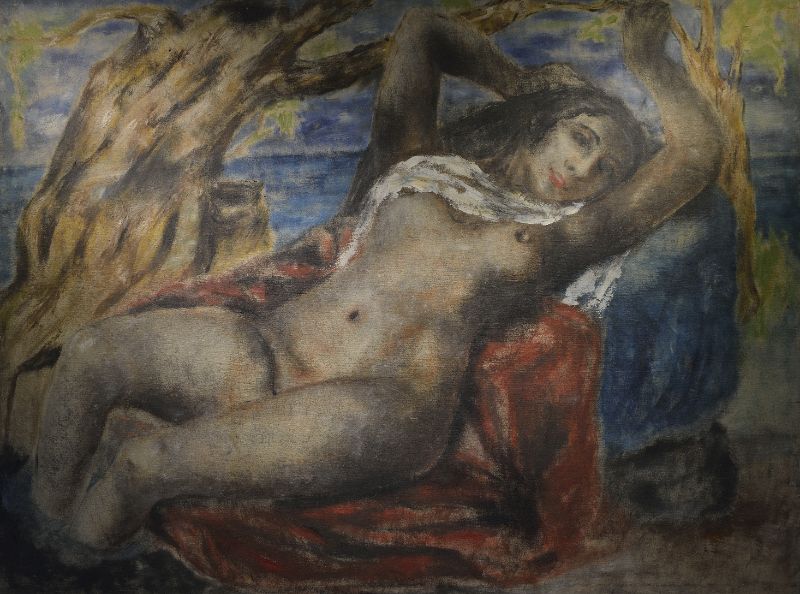
Nude K. H. Ara | Acc. No. 12788 | Oil on Canvas
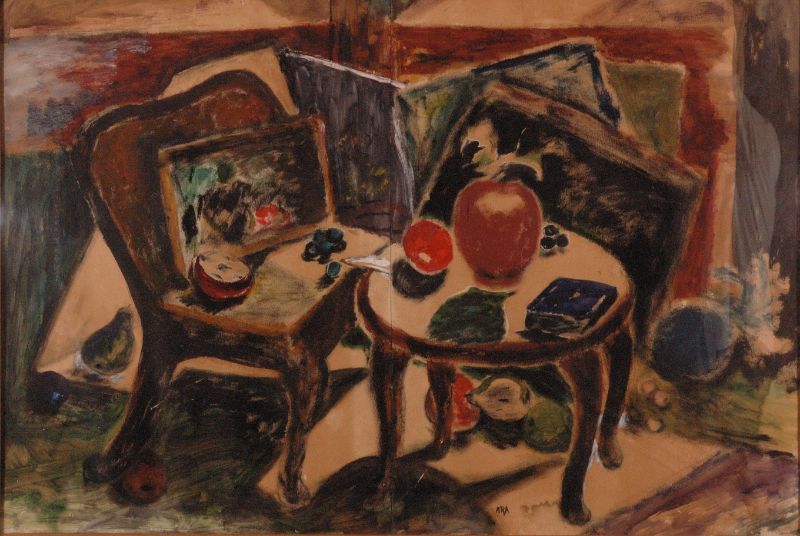
Still Life K. H. Ara | Acc. No. 12805 | Oil on Paper
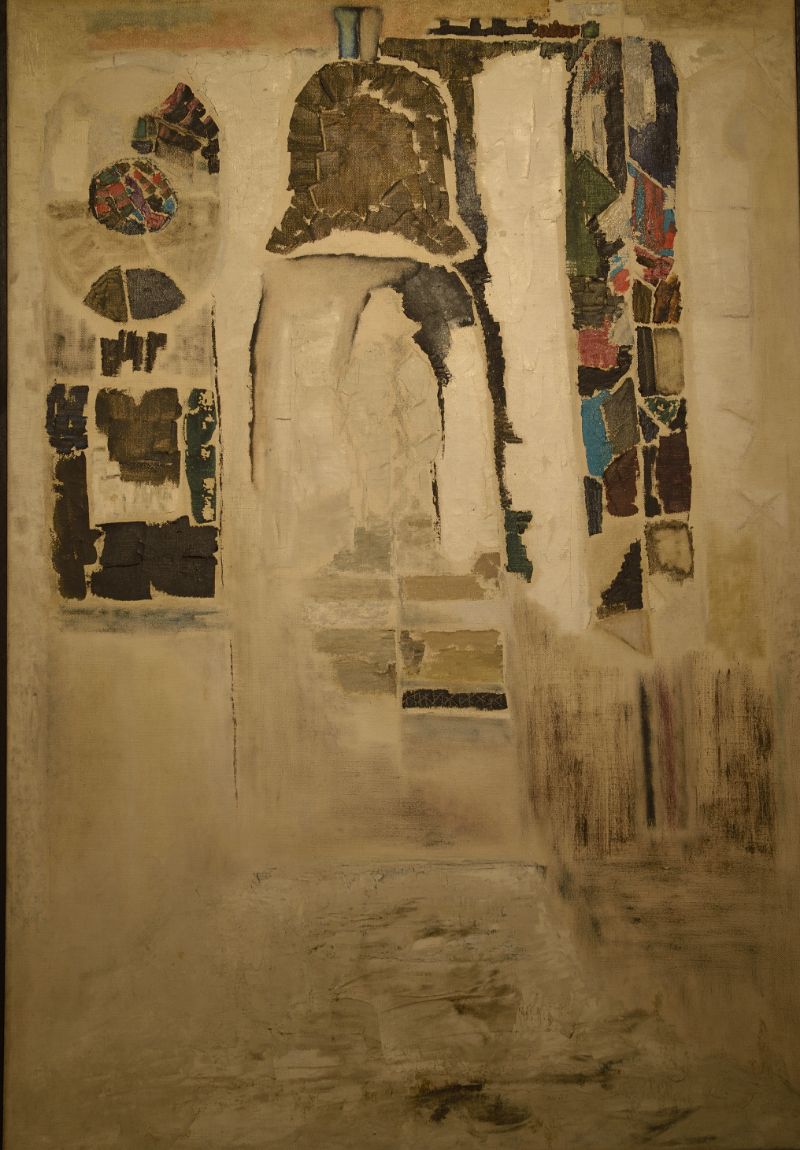
Religious Motif Of Goa Bal Chhabda | Acc. No. 12822 | Oil on Canvas
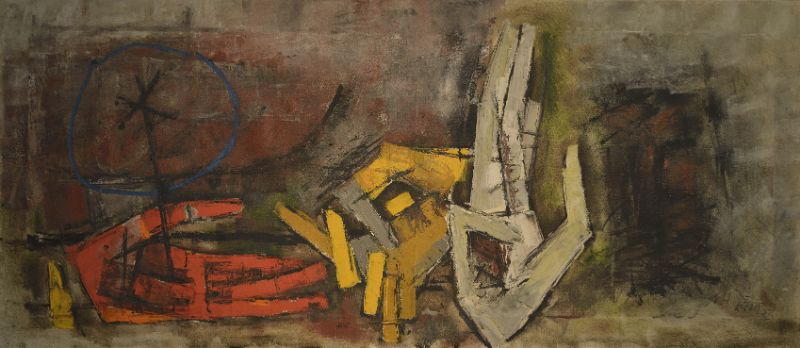
Untitled M.F. Husain | Acc. No. 12836 | Oil on Canvas
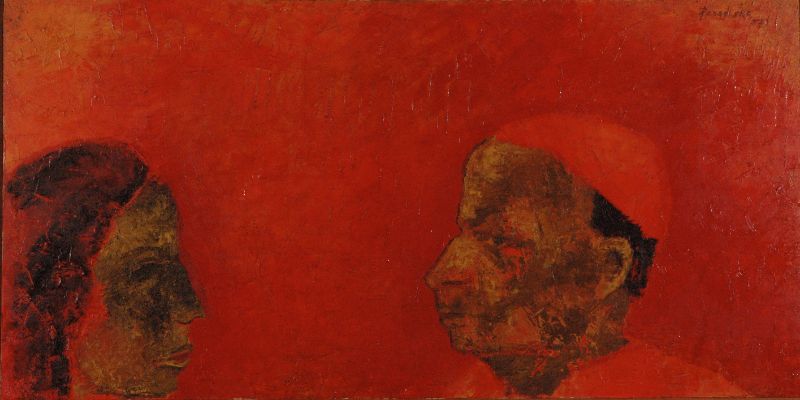
Two Heads, 1987 Akbar Padamsee (b.1928) | Acc. No. 12936
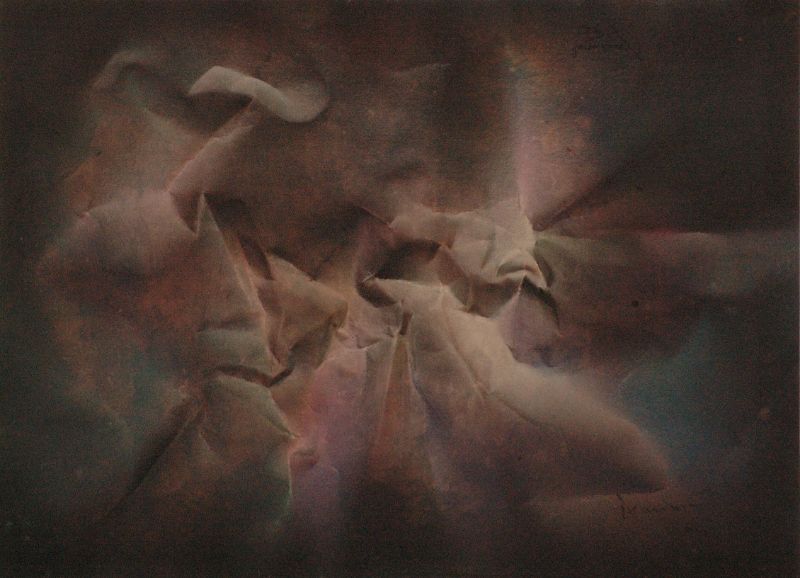
Mountain Meditatins Kanwal Krishna | Acc. No. 12978
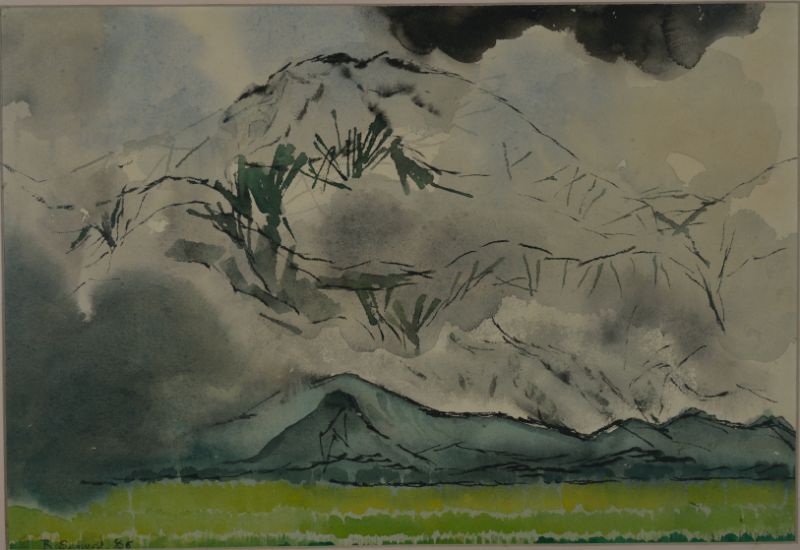
Exhibit No. 16 B. C. Sanyal | Acc. No. 13042 | Watercolour on paper
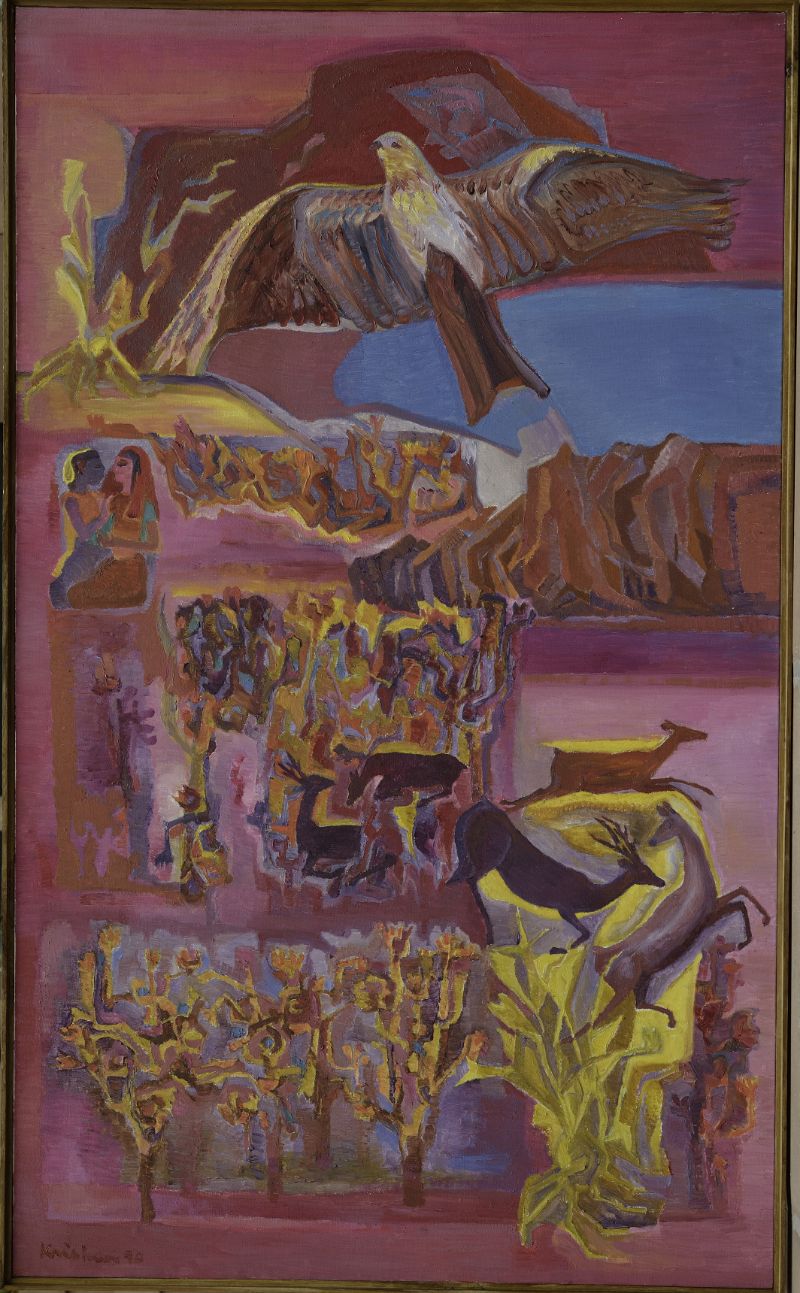
Day Lall Har Krishan | Acc. No. 13281 | Oil on Canvas

Shakti Chintamoni Kar | Acc. No. 13426 | Oil on Canvas
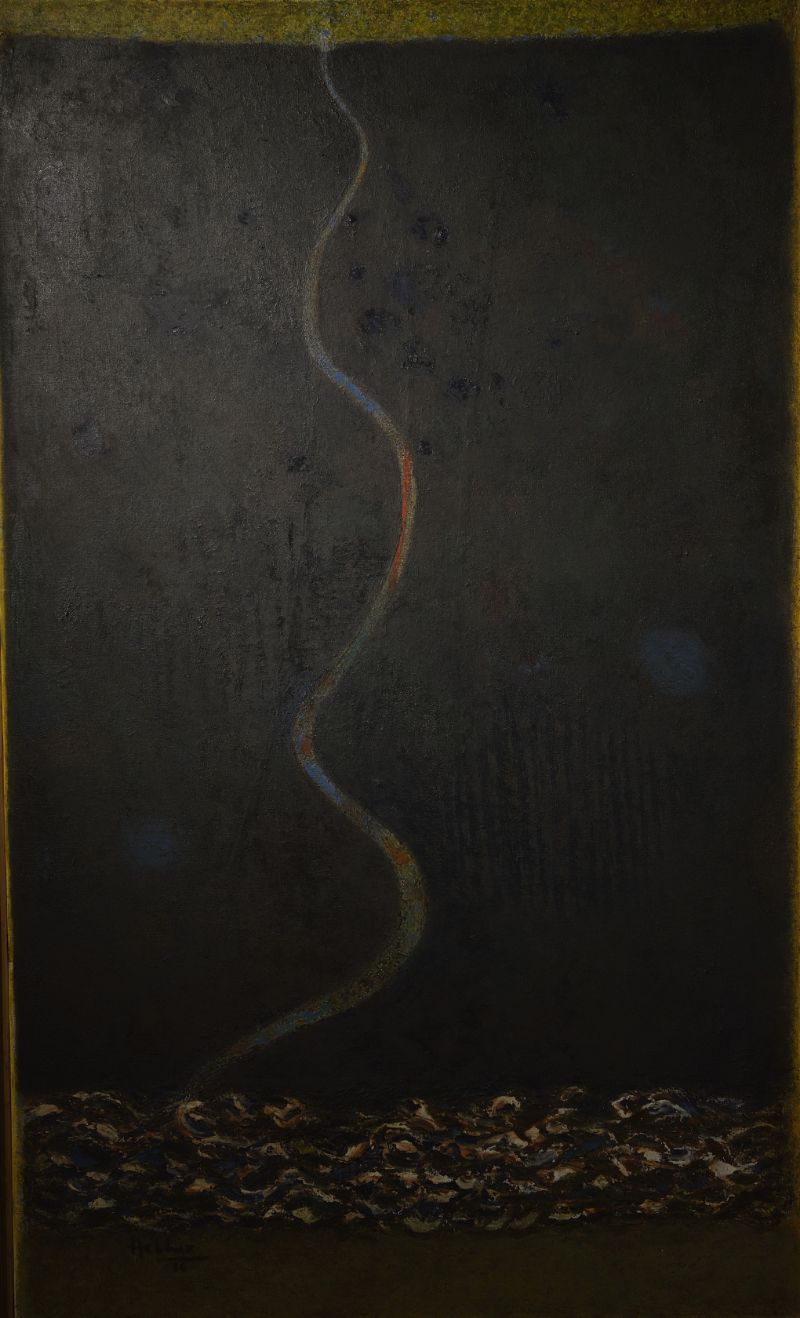
Through The Darkness Floods K. K. Hebbar | Acc. No. 13567 | Oil on Canvas
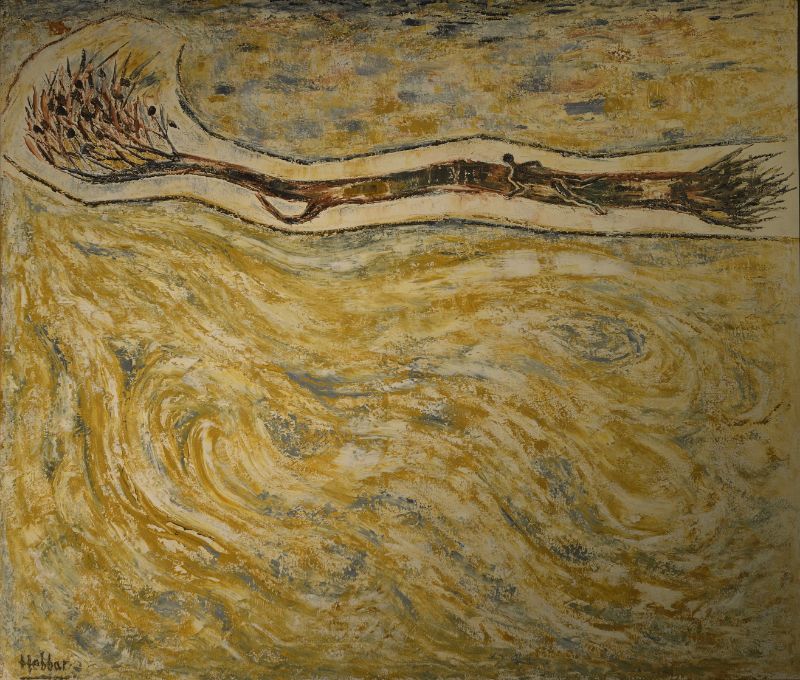
Floods K. K. Hebbar | Acc. No. 13568 | Oil on Canvas
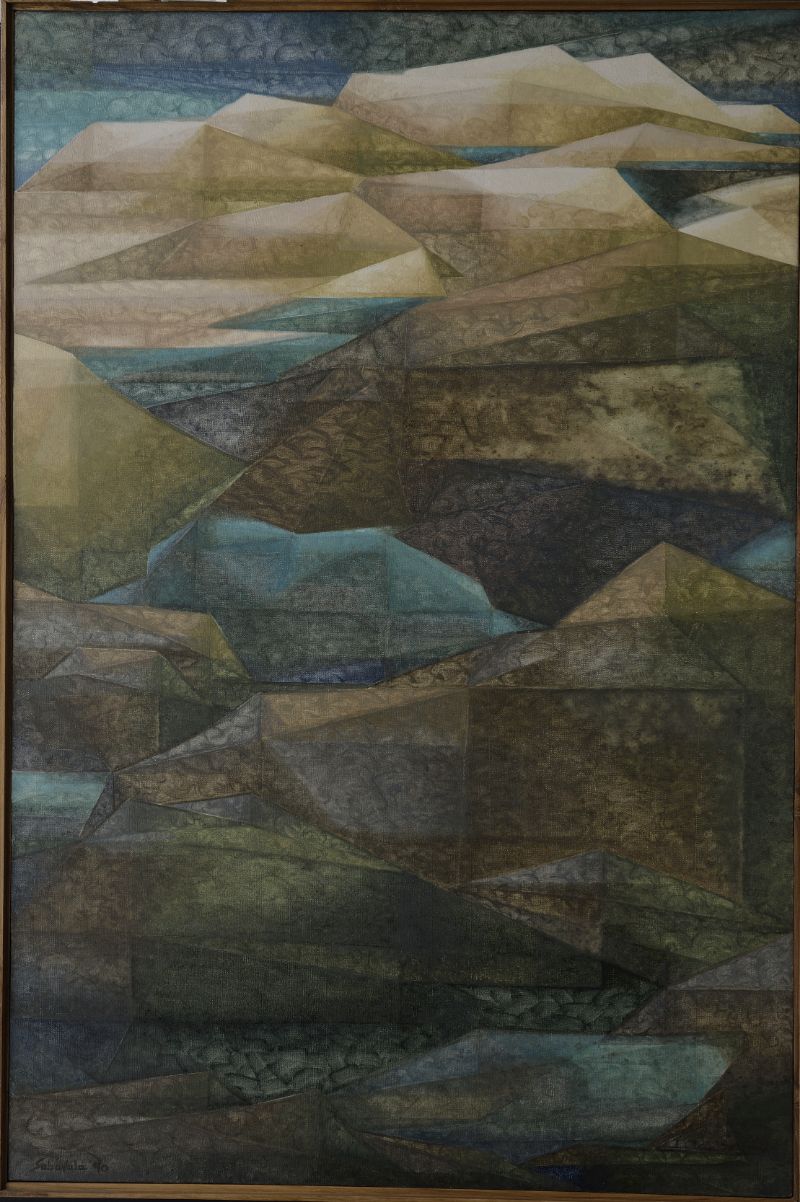
Trapped Lakes Sabavala Jehangir | Acc. No. 13626 | Oil on Canvas
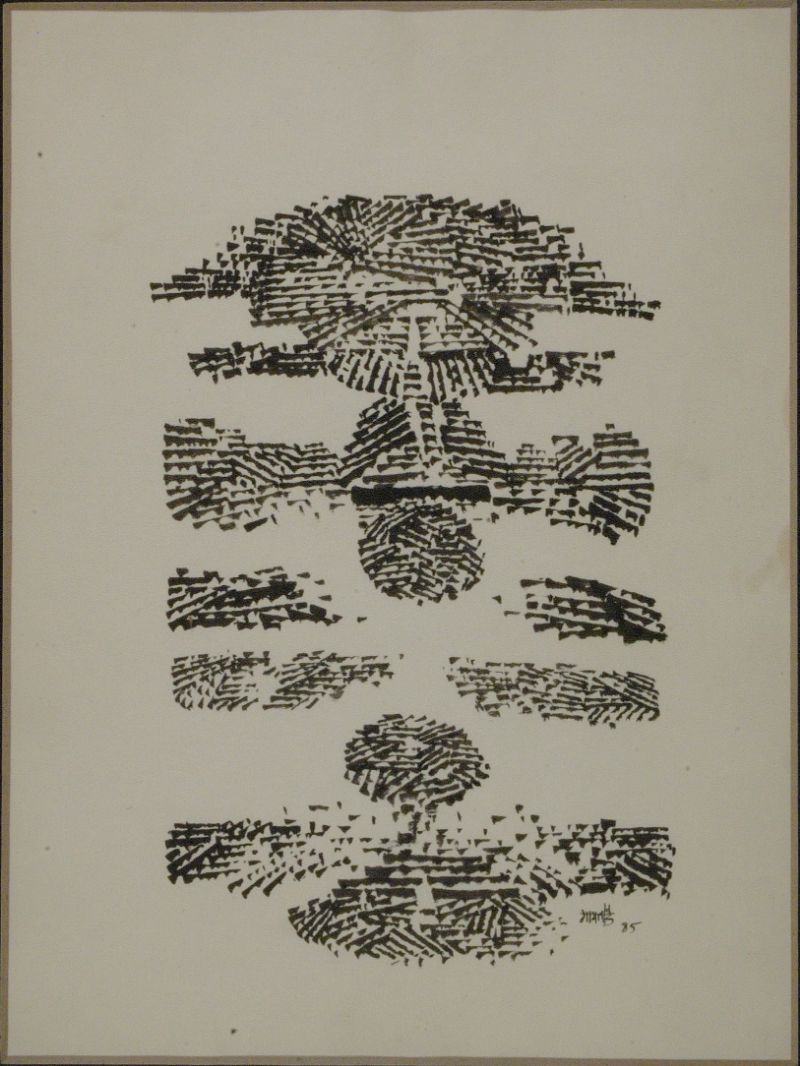
Black and White Drawing V. S. Gaikonde | Acc. No. 13767
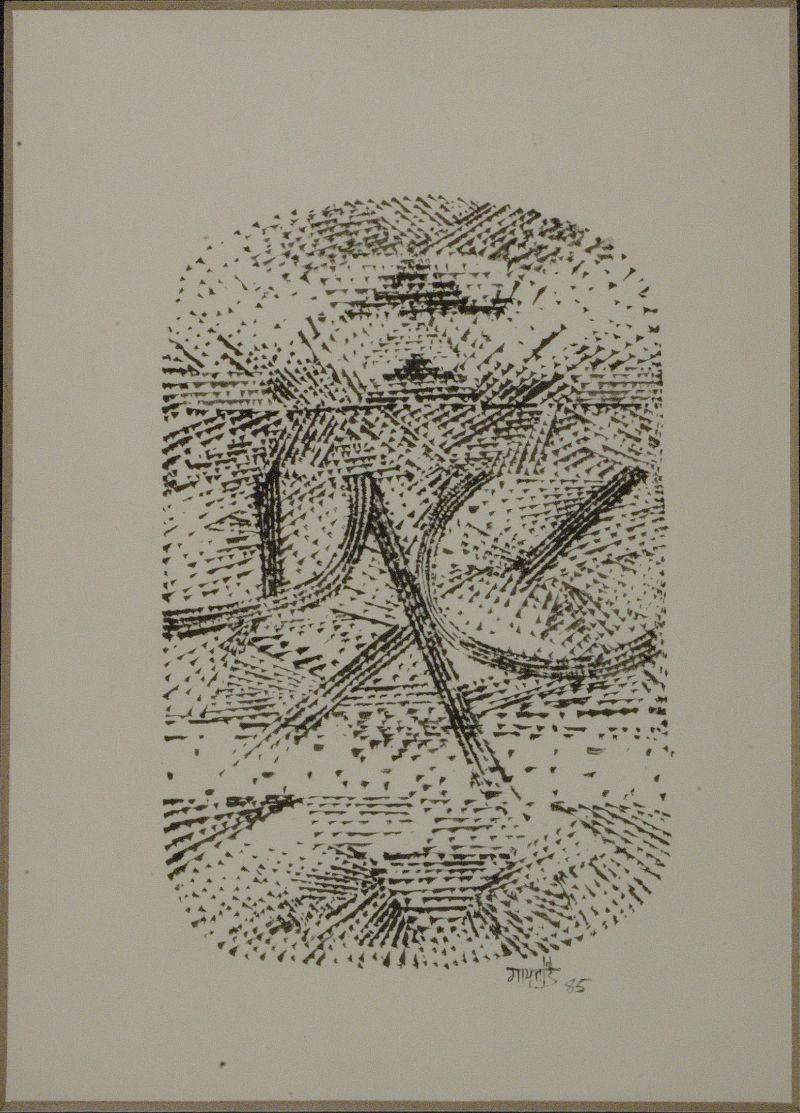
Black and White Drawing V. S. Gaikonde | Acc. No. 13768
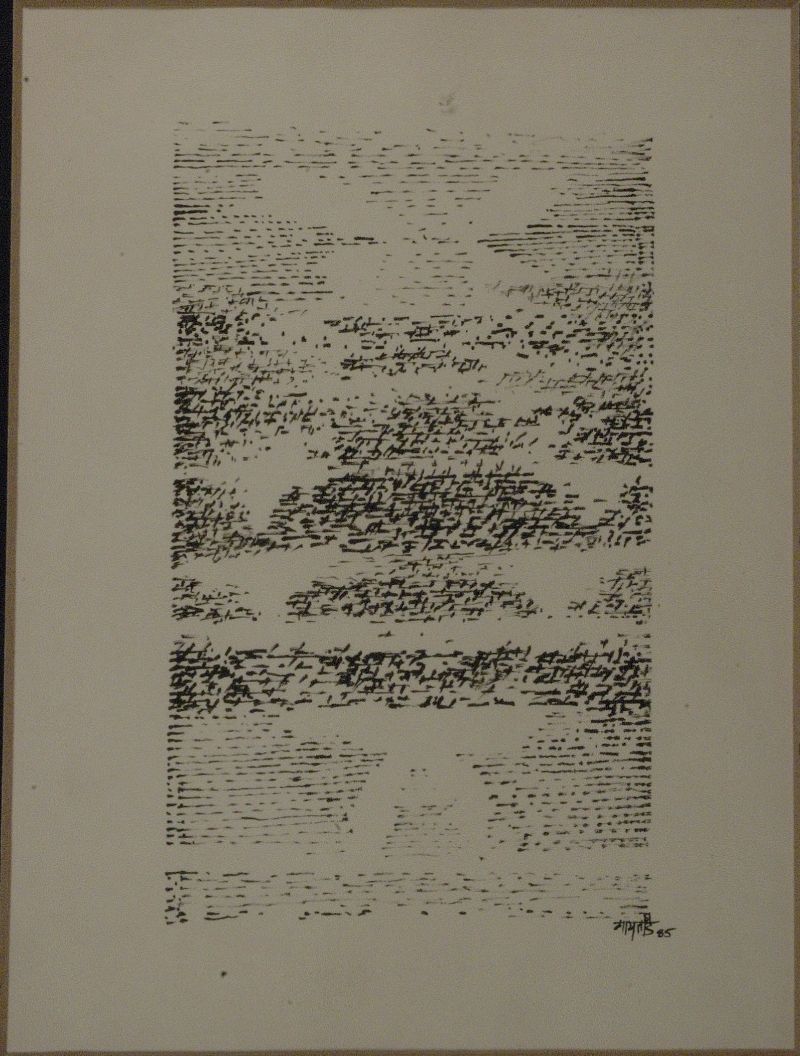
Black and White Drawing V. S. Gaikonde | Acc. No. 13769
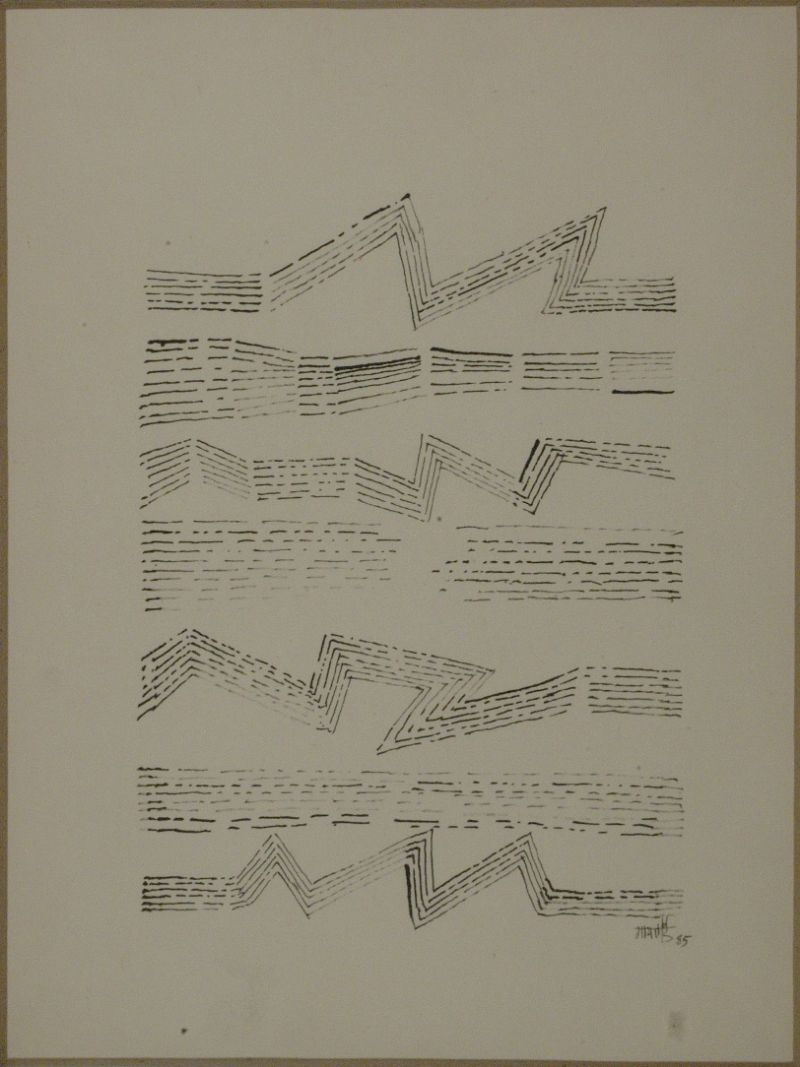
Black and White Drawing V. S. Gaikonde | Acc. No. 13770 | Ink on paper
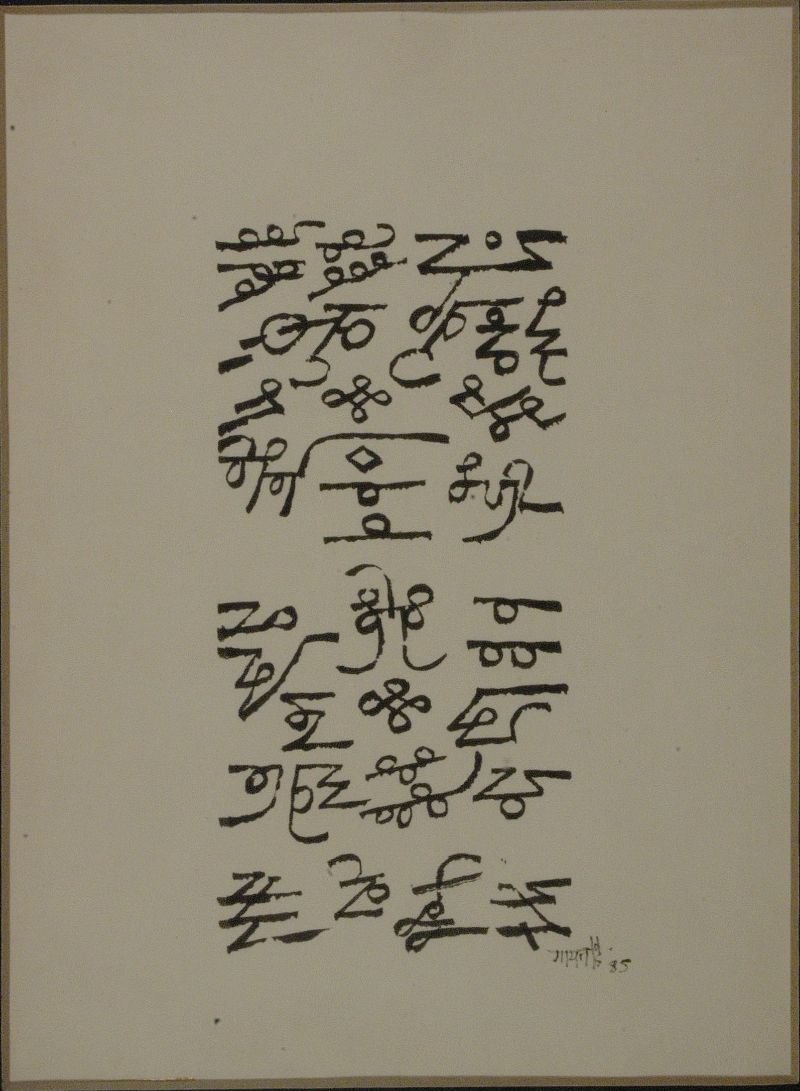
Black and White Drawing V. S. Gaitonde | Acc. No. 13771 | Ink on paper
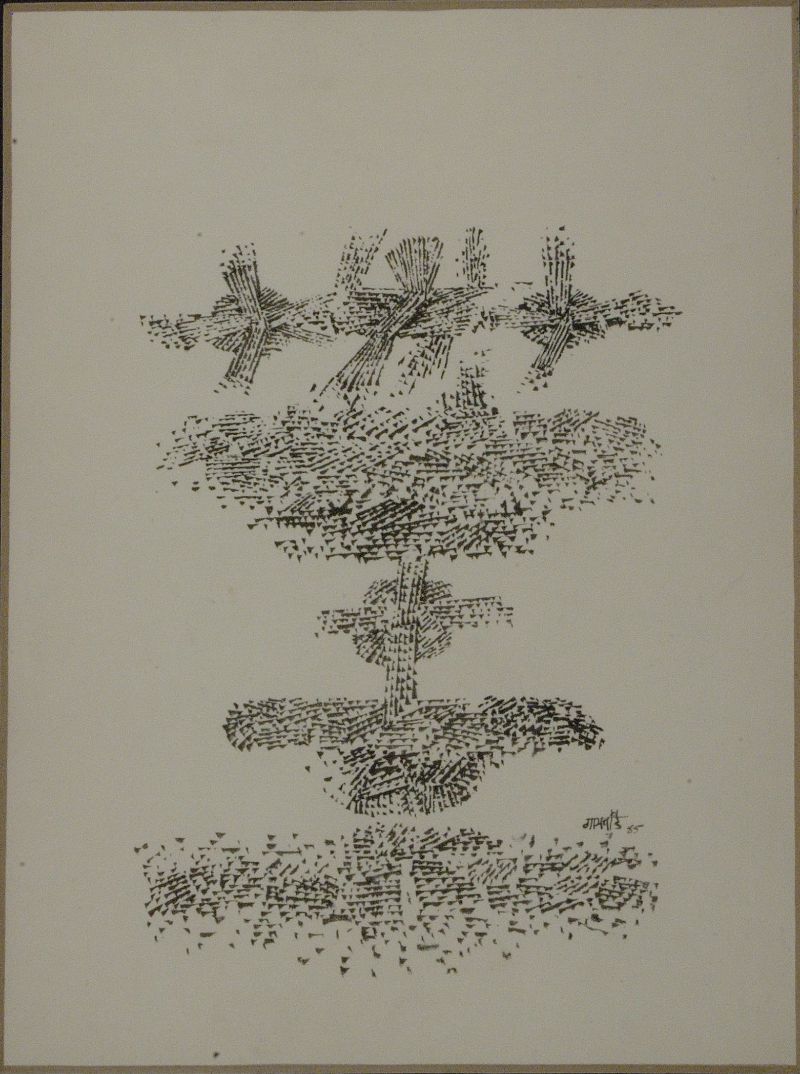
Black and White Drawing V. S. Gaikonde | Acc. No. 13772
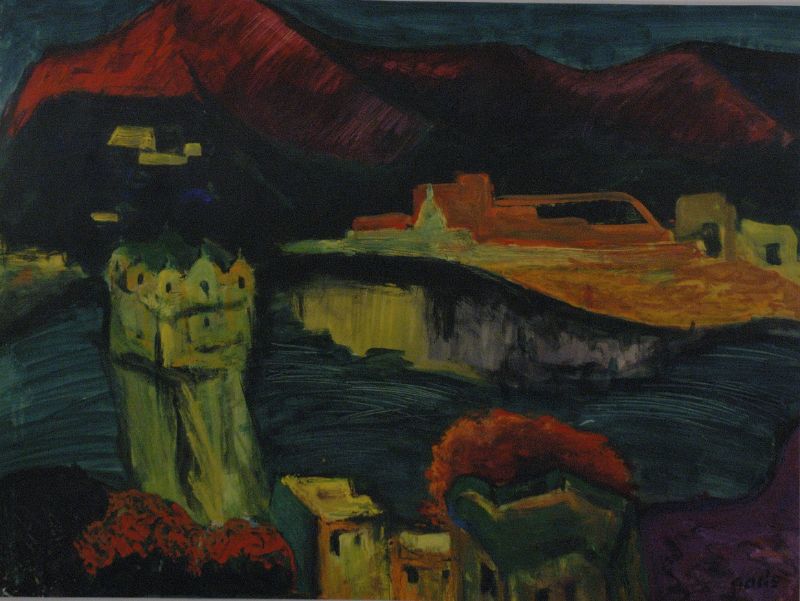
Udaipur P H. A Gade | Acc. No. 13778 | Oil on Paper
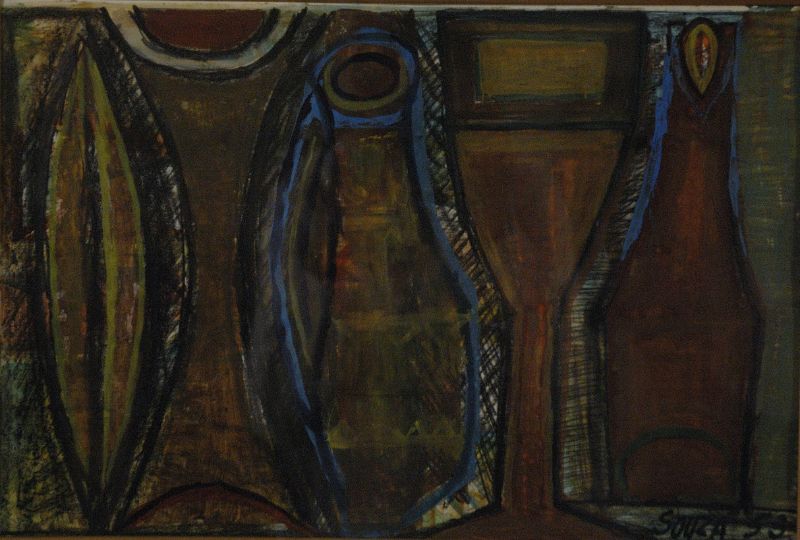
Untitled F. N. Souza | Acc. No. 16107 | Acrylic on paper
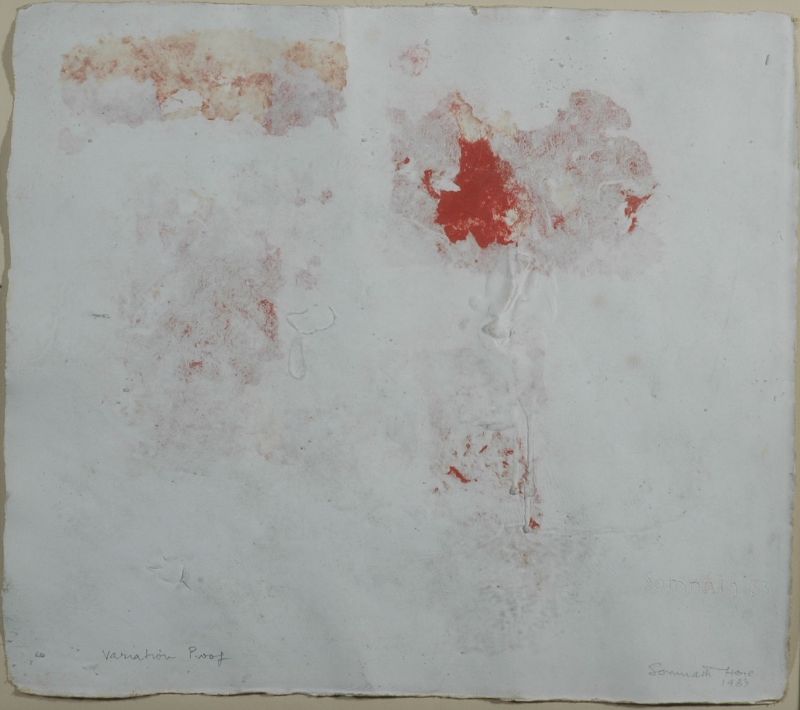
Untitled Somnath Hore | Acc. No. 16179 | Paper pulp
